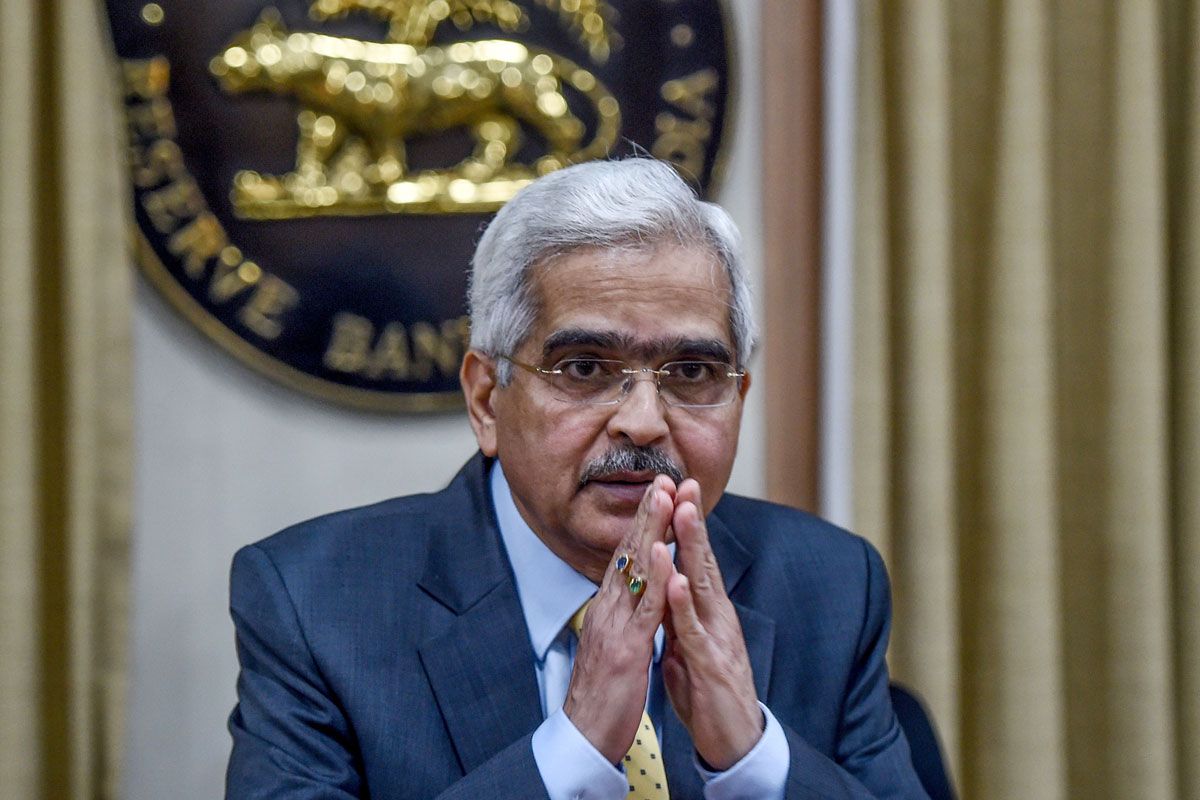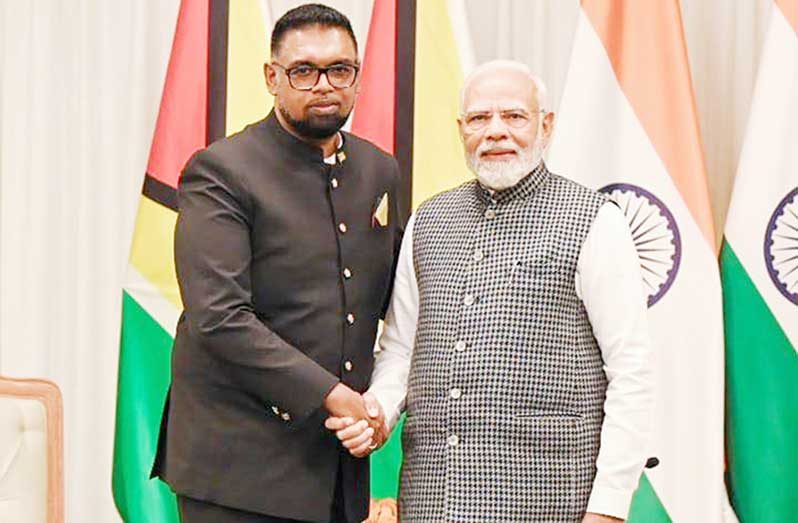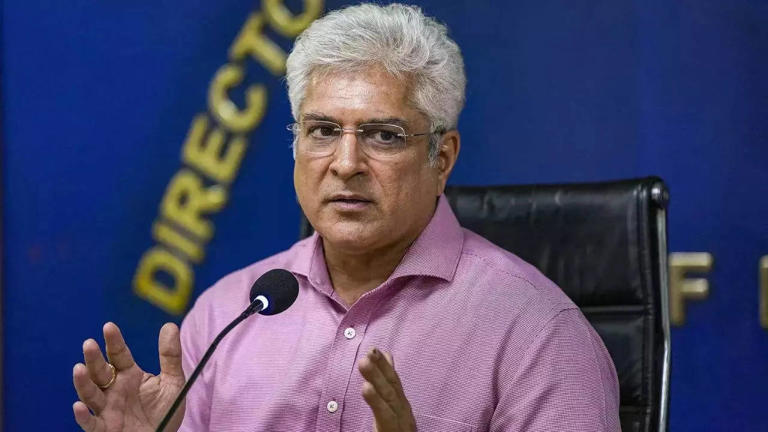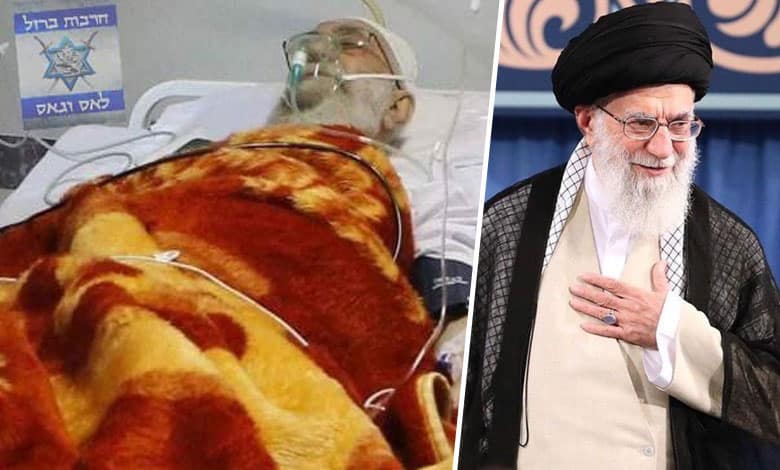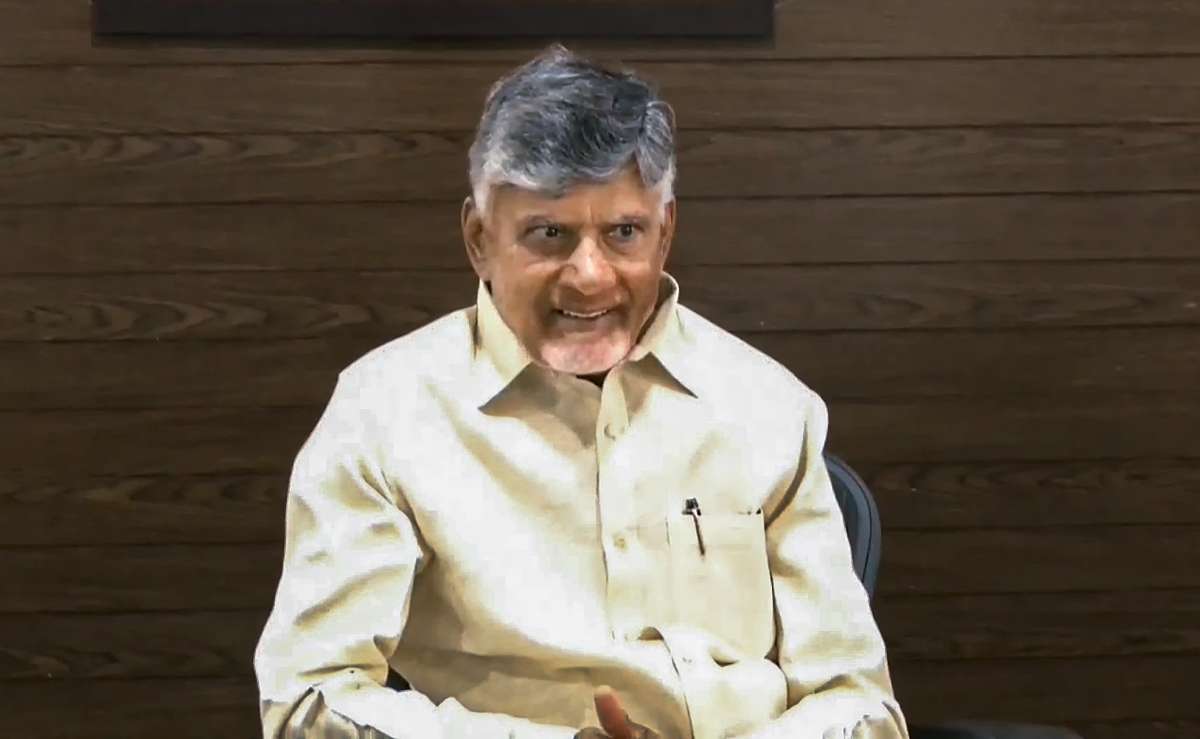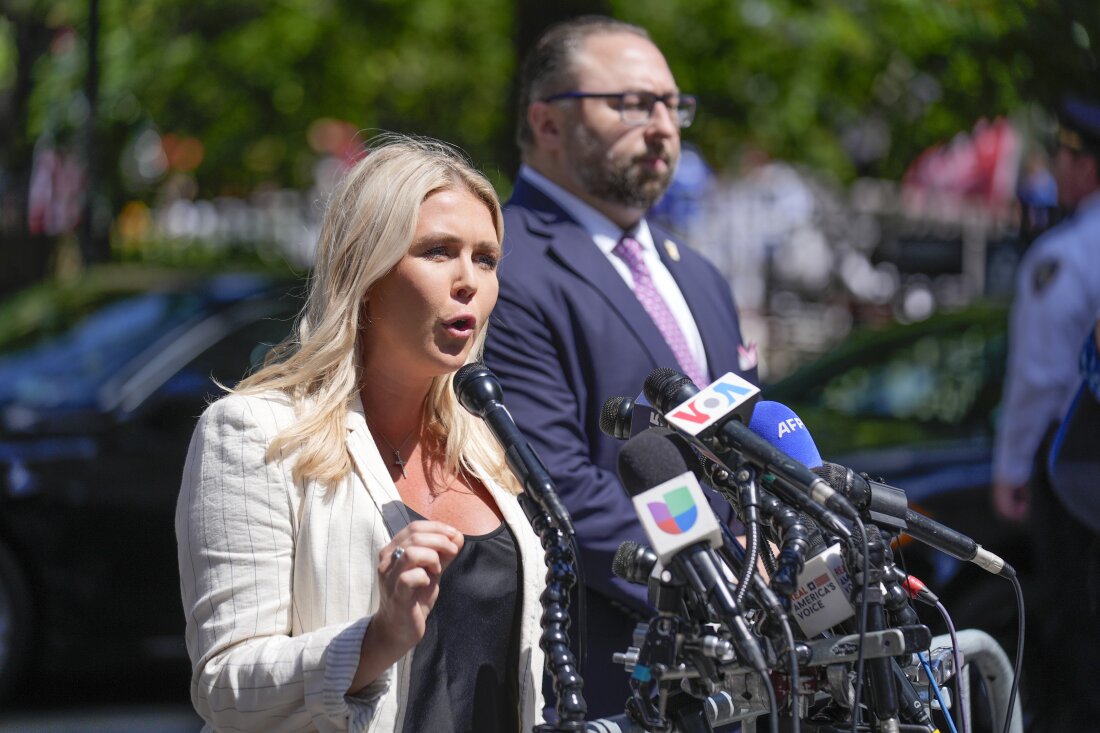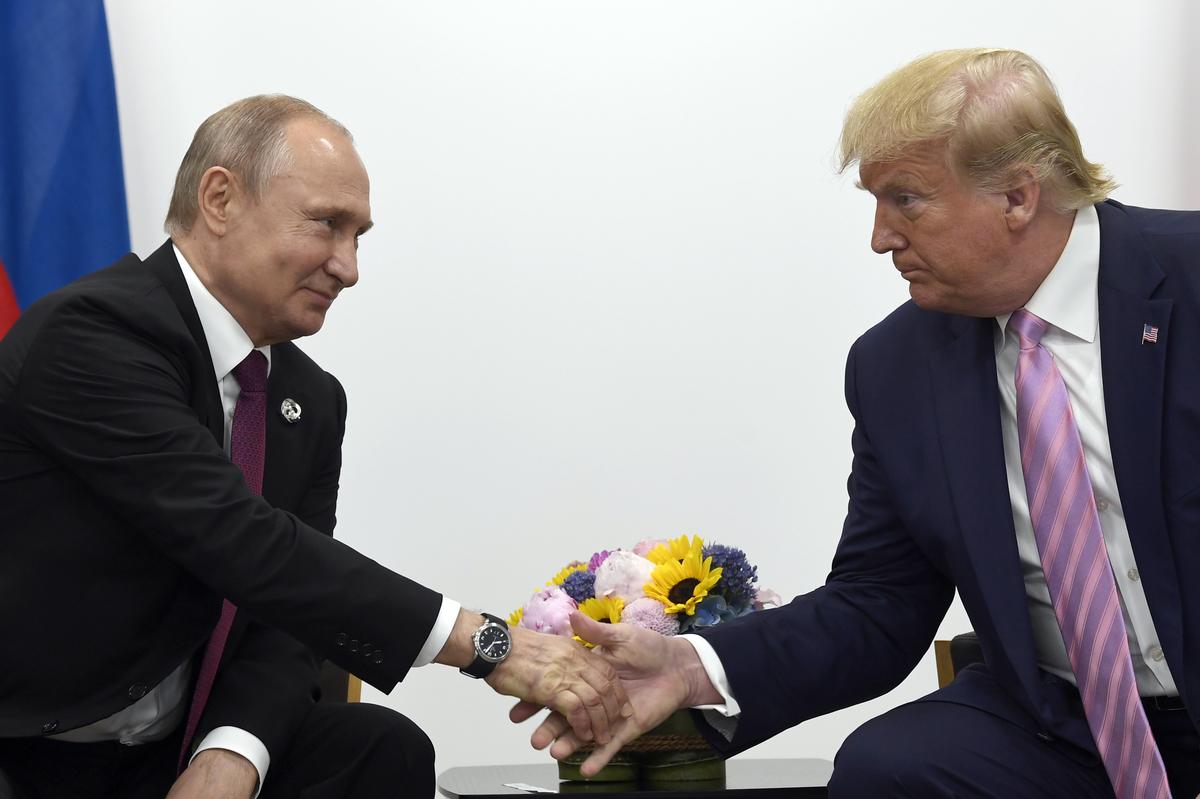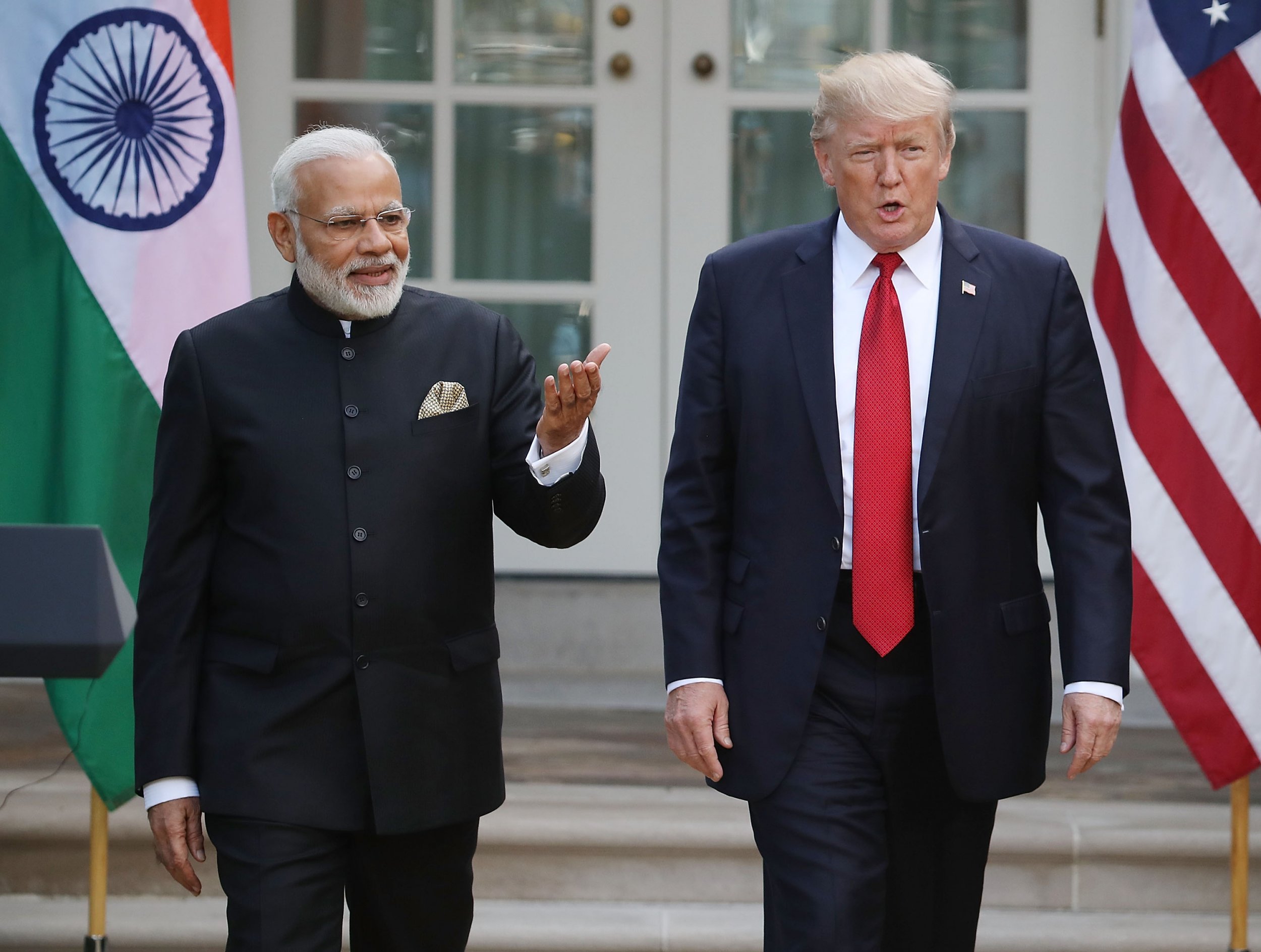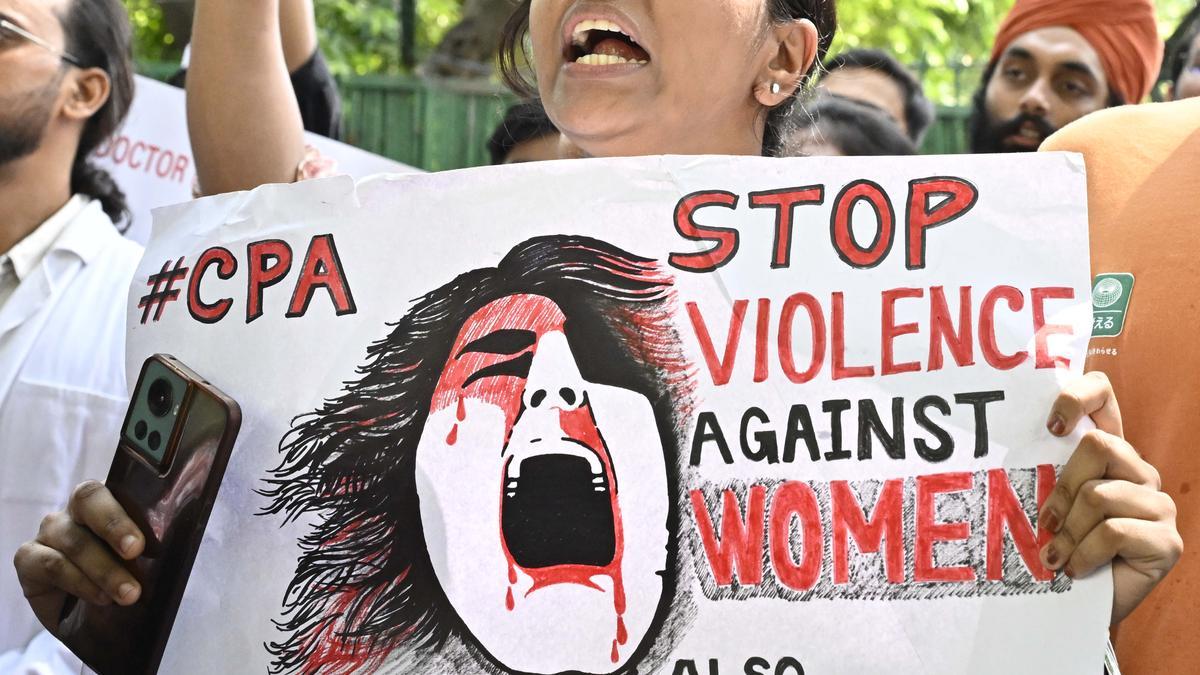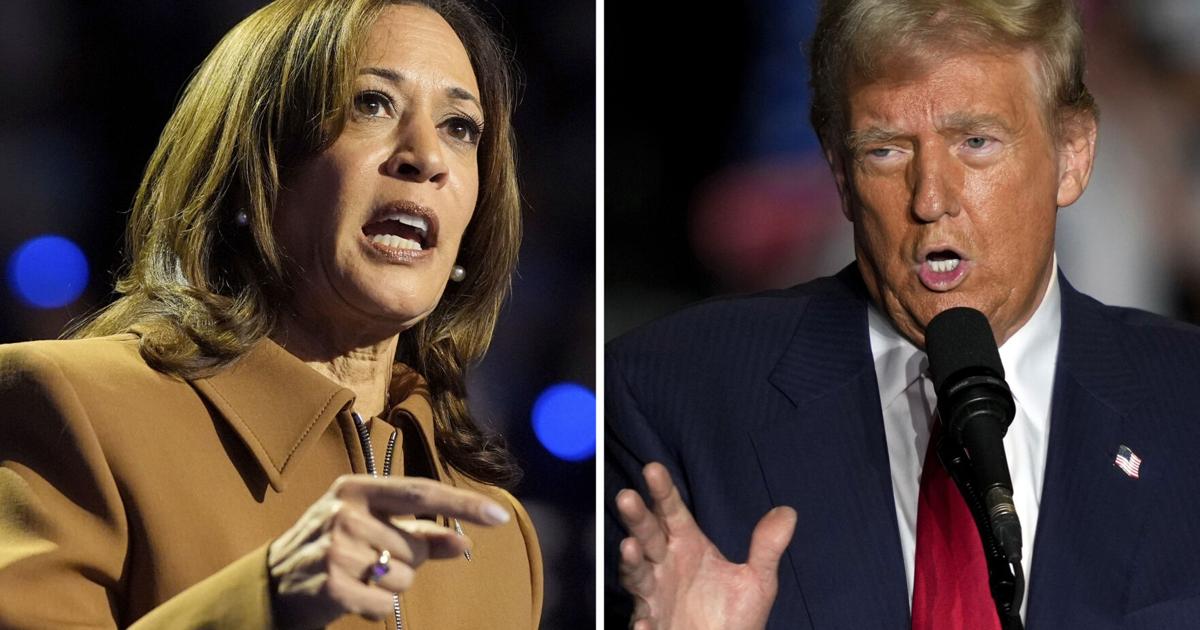Home / world / Ceasefire Between Israel and Hamas Begins After Hours of Delay
Ceasefire Between Israel and Hamas Begins After Hours of Delay
By: My India Times
3 minutes read 75Updated At: 2025-01-19
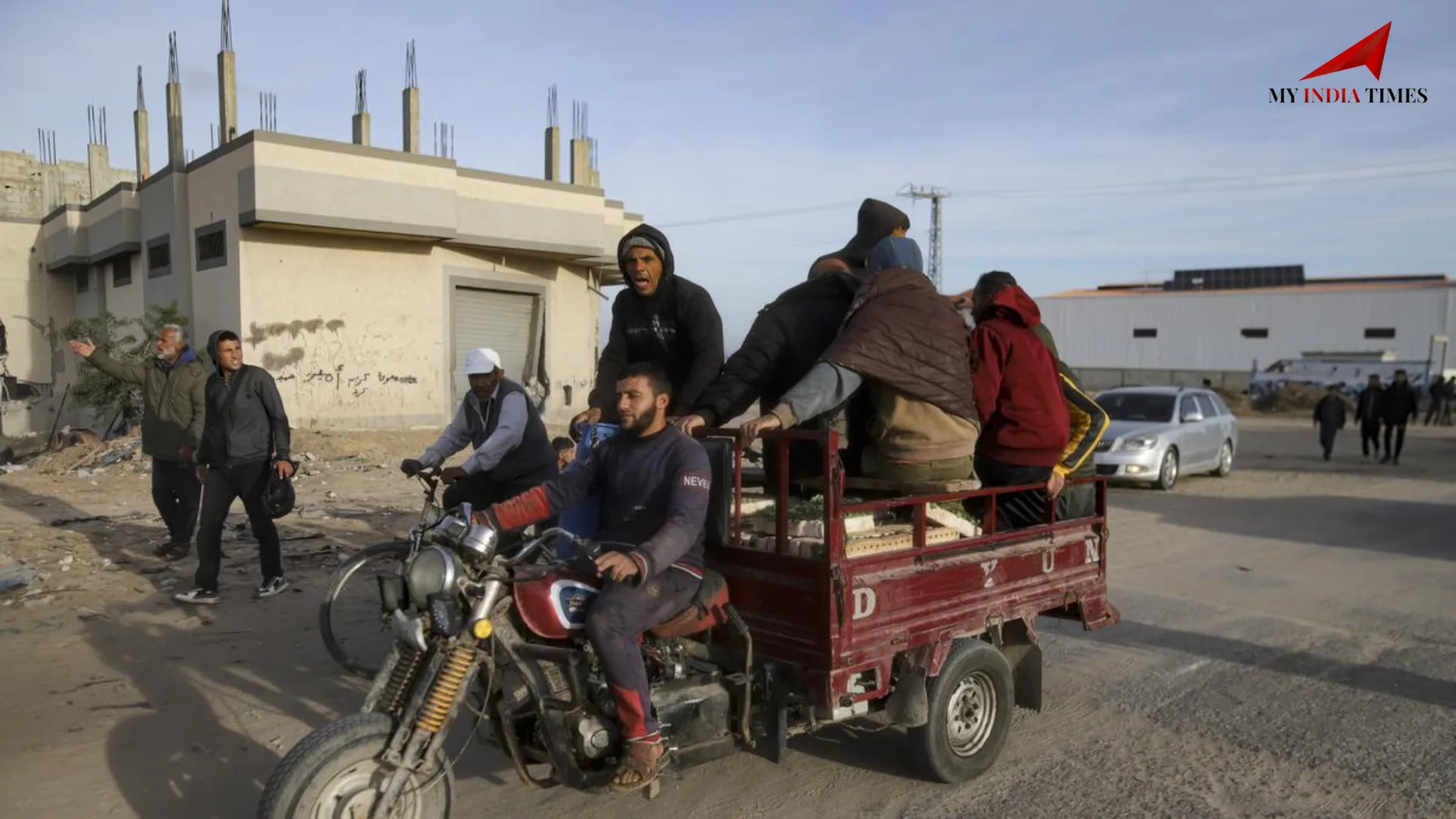
January 19, 2025 – Gaza City: A long-awaited ceasefire agreement between Israel and Hamas was finally enacted on Sunday at 0915 GMT, after an unexpected delay of nearly three hours. The truce, originally scheduled to commence at 0615 GMT, faced setbacks attributed to last-minute technical challenges and field complications.
Delays and Challenges Leading to the Truce
Hamas attributed the delay to “technical reasons” compounded by “complexities in the field situation and continued bombing.” The organization confirmed the agreement’s implementation in an official statement released around 10:30 a.m. local time.
On the Israeli side, officials pointed to necessary operational adjustments as the reason behind the postponement. According to the office of Prime Minister Benjamin Netanyahu, the postponement was necessary to guarantee the effectiveness of the ceasefire and avoid any early violations.
Key Provisions of the Agreement
While the exact terms of the truce have not been made public, reports suggest that the agreement includes several critical elements:
Humanitarian Aid Access: Unrestricted humanitarian aid to affected areas in Gaza, allowing relief efforts to address the immediate needs of displaced residents.
Monitoring Mechanisms: A joint system to oversee potential violations of the ceasefire.
Path to Dialogue: Frameworks for initiating further discussions aimed at a more permanent resolution.
These phrases highlight how vital it is to help people and restore mutual trust between the two parties.
Global Reactions and International Mediation
The United Nations, Egypt, and Qatar were among the international mediators who were instrumental in bringing about the truce. Mediators' statements emphasized the necessity for all sides to uphold the agreement in order to guarantee that civilian suffering is lessened.
The announcement was hailed by the UN Secretary-General, who called the truce an important step in lowering violence and fostering communication. The Secretary-General stated that "this truce presents a critical opportunity to address immediate humanitarian concerns while laying the groundwork for future peace talks."
This stance was mirrored by the international community, which included US and EU leaders, who urged Israel and Hamas to put civilians' safety first.
Reactions on the Ground
In Gaza, residents expressed cautious optimism as the ceasefire brought a temporary reprieve from weeks of relentless conflict. For many, the focus remains on survival and rebuilding amidst the widespread devastation caused by sustained airstrikes.
In Israel, citizens near the Gaza border voiced skepticism over the durability of the agreement. Local communities have experienced recurring hostilities following previous ceasefires, heightening concerns about possible violations.
The Humanitarian Crisis in Gaza
The humanitarian toll in Gaza has been immense, with thousands displaced and critical infrastructure severely damaged. Health facilities, schools, and residential areas have borne the brunt of the hostilities, leaving vulnerable populations in dire need of assistance.
Humanitarian organizations have called for the immediate delivery of food, medical supplies, and rebuilding materials. The ceasefire offers a crucial window for these supplies to reach those most in need.
Challenges to Sustaining the Ceasefire
Despite the initial relief, maintaining the ceasefire will be a formidable task. Analysts warn that deep-seated issues, including disputes over territory, security concerns, and political divisions, must be addressed to prevent future escalations.
A Middle East analyst emphasized that lasting peace requires more than temporary agreements. “This ceasefire is a step forward, but without addressing the underlying causes of the conflict, the cycle of violence will likely continue,” the analyst remarked.
....January 19, 2025 – Gaza City: A long-awaited ceasefire agreement between Israel and Hamas was finally enacted on Sunday at 0915 GMT, after an unexpected delay of nearly three hours. The truce, originally scheduled to commence at 0615 GMT, faced setbacks attributed to last-minute technical challenges and field complications.
Delays and Challenges Leading to the Truce
Hamas attributed the delay to “technical reasons” compounded by “complexities in the field situation and continued bombing.” The organization confirmed the agreement’s implementation in an official statement released around 10:30 a.m. local time.
On the Israeli side, officials pointed to necessary operational adjustments as the reason behind the postponement. According to the office of Prime Minister Benjamin Netanyahu, the postponement was necessary to guarantee the effectiveness of the ceasefire and avoid any early violations.
Key Provisions of the Agreement
While the exact terms of the truce have not been made public, reports suggest that the agreement includes several critical elements:
Humanitarian Aid Access: Unrestricted humanitarian aid to affected areas in Gaza, allowing relief efforts to address the immediate needs of displaced residents.
Monitoring Mechanisms: A joint system to oversee potential violations of the ceasefire.
Path to Dialogue: Frameworks for initiating further discussions aimed at a more permanent resolution.
These phrases highlight how vital it is to help people and restore mutual trust between the two parties.
Global Reactions and International Mediation
The United Nations, Egypt, and Qatar were among the international mediators who were instrumental in bringing about the truce. Mediators' statements emphasized the necessity for all sides to uphold the agreement in order to guarantee that civilian suffering is lessened.
The announcement was hailed by the UN Secretary-General, who called the truce an important step in lowering violence and fostering communication. The Secretary-General stated that "this truce presents a critical opportunity to address immediate humanitarian concerns while laying the groundwork for future peace talks."
This stance was mirrored by the international community, which included US and EU leaders, who urged Israel and Hamas to put civilians' safety first.
Reactions on the Ground
In Gaza, residents expressed cautious optimism as the ceasefire brought a temporary reprieve from weeks of relentless conflict. For many, the focus remains on survival and rebuilding amidst the widespread devastation caused by sustained airstrikes.
In Israel, citizens near the Gaza border voiced skepticism over the durability of the agreement. Local communities have experienced recurring hostilities following previous ceasefires, heightening concerns about possible violations.
The Humanitarian Crisis in Gaza
The humanitarian toll in Gaza has been immense, with thousands displaced and critical infrastructure severely damaged. Health facilities, schools, and residential areas have borne the brunt of the hostilities, leaving vulnerable populations in dire need of assistance.
Humanitarian organizations have called for the immediate delivery of food, medical supplies, and rebuilding materials. The ceasefire offers a crucial window for these supplies to reach those most in need.
Challenges to Sustaining the Ceasefire
Despite the initial relief, maintaining the ceasefire will be a formidable task. Analysts warn that deep-seated issues, including disputes over territory, security concerns, and political divisions, must be addressed to prevent future escalations.
A Middle East analyst emphasized that lasting peace requires more than temporary agreements. “This ceasefire is a step forward, but without addressing the underlying causes of the conflict, the cycle of violence will likely continue,” the analyst remarked.
By: My India Times
Updated At: 2025-01-19
Tags: world News | My India Times News | Trending News | Travel News
Join our WhatsApp Channel








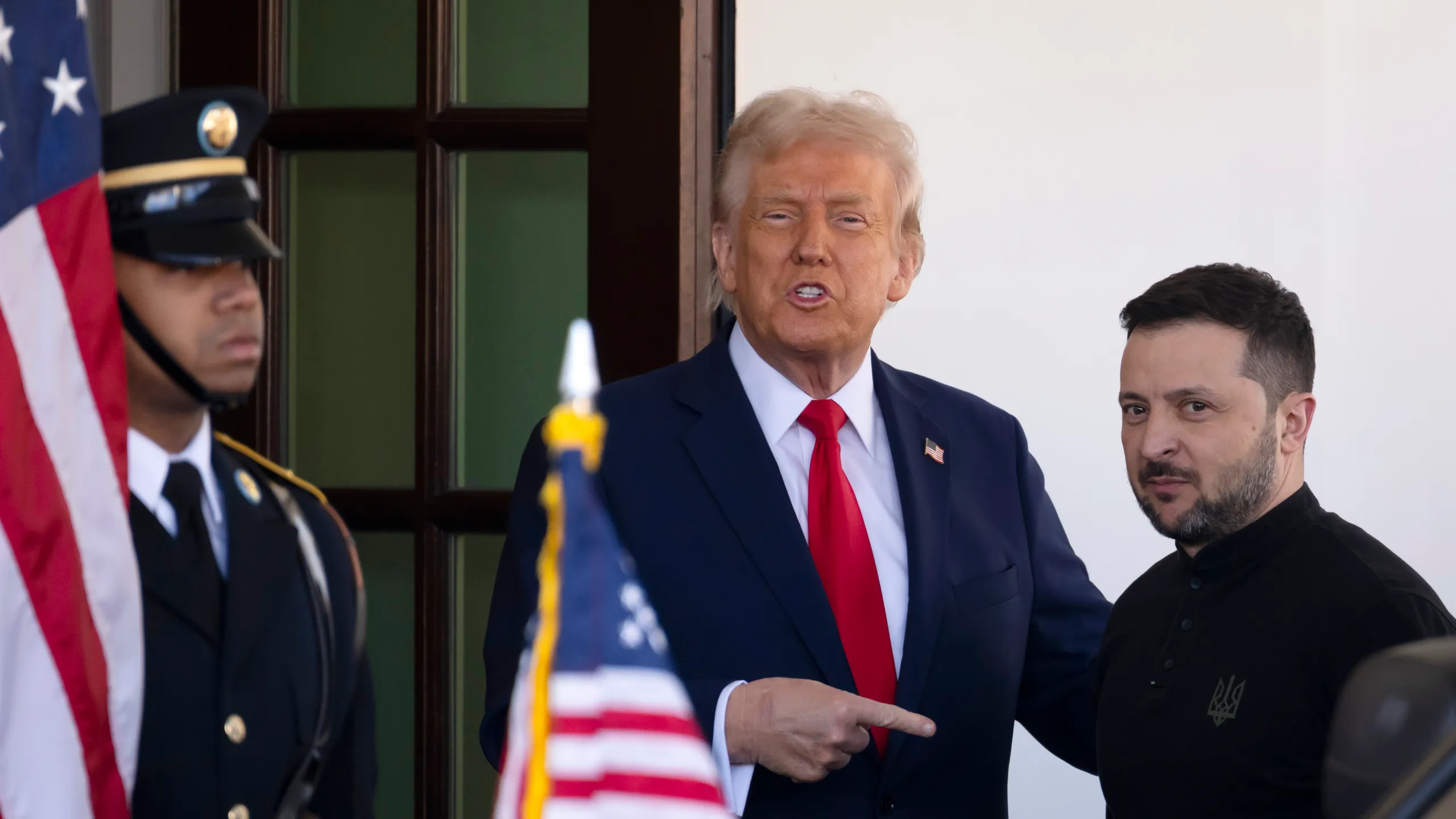
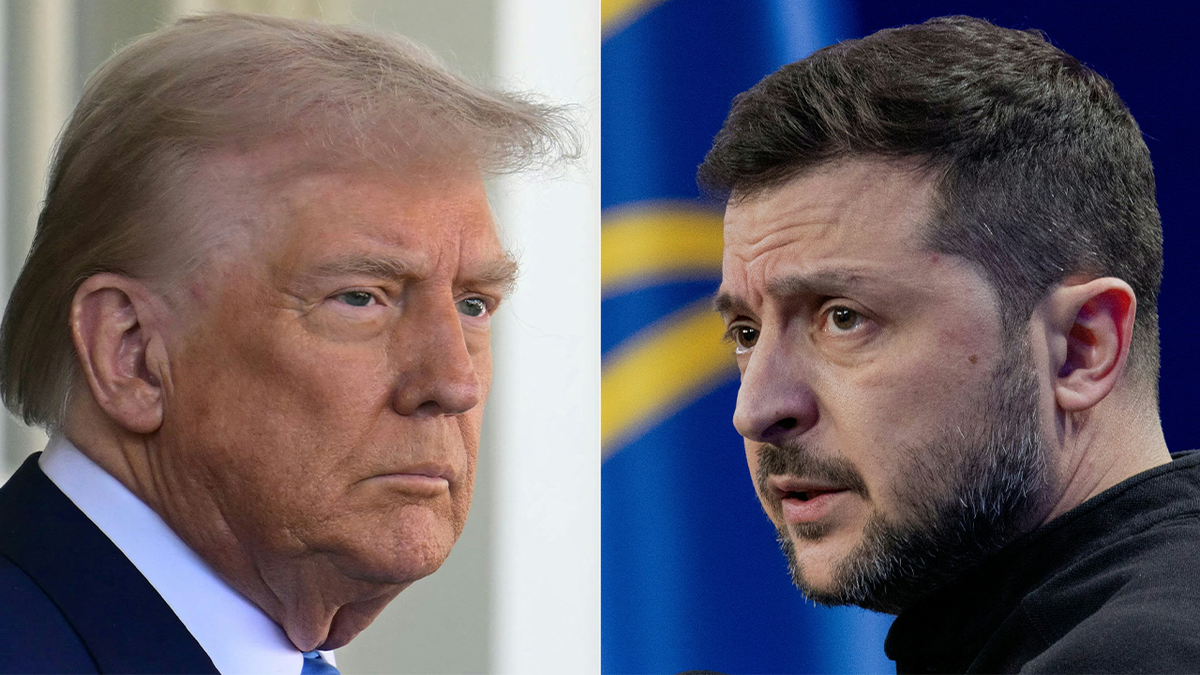
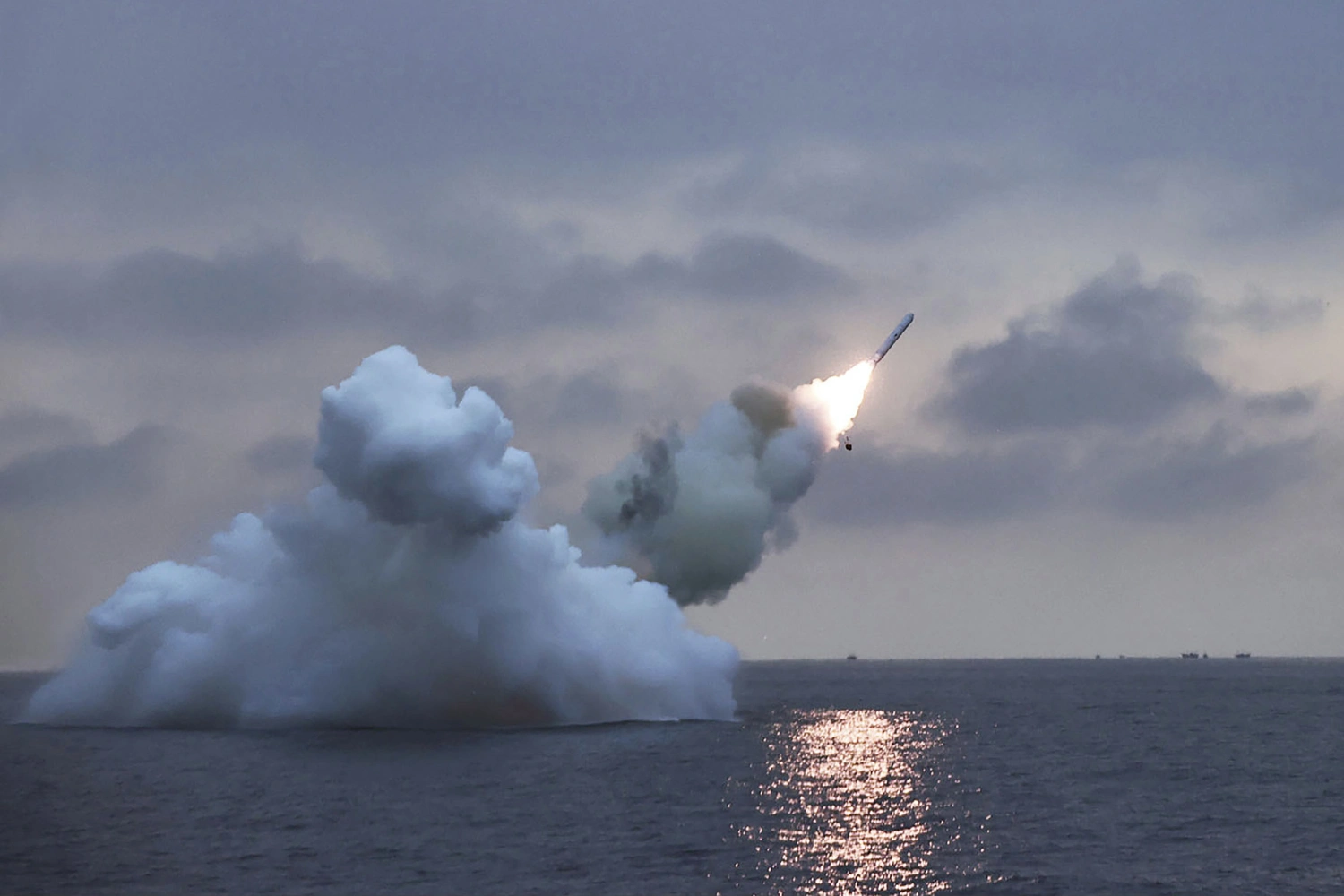


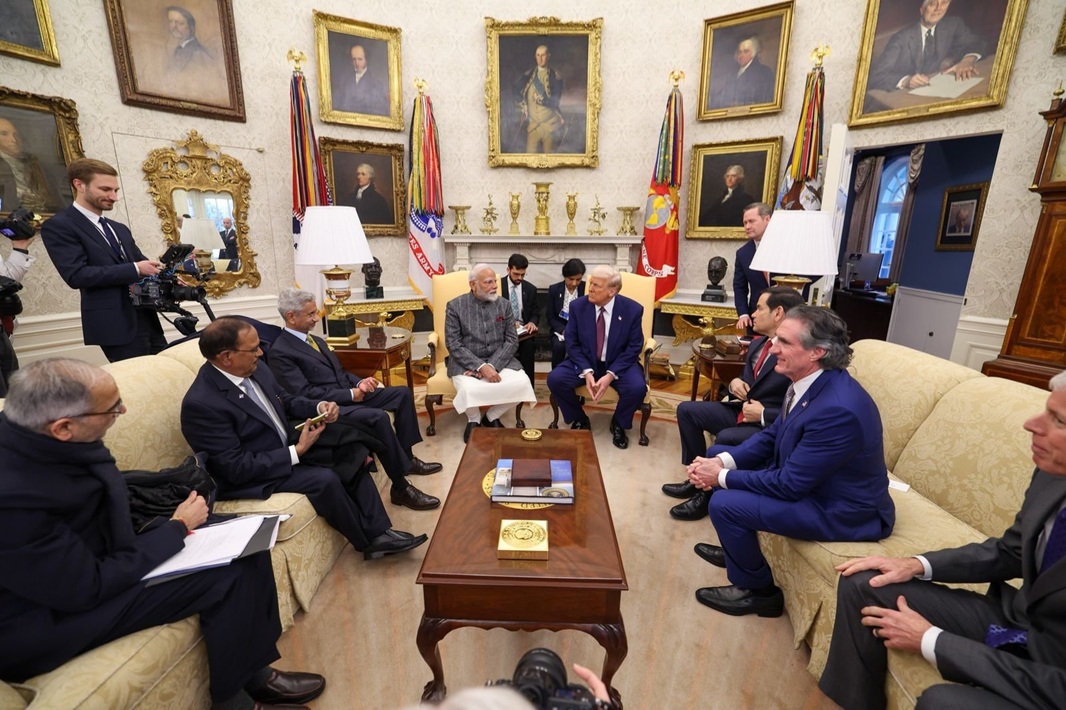
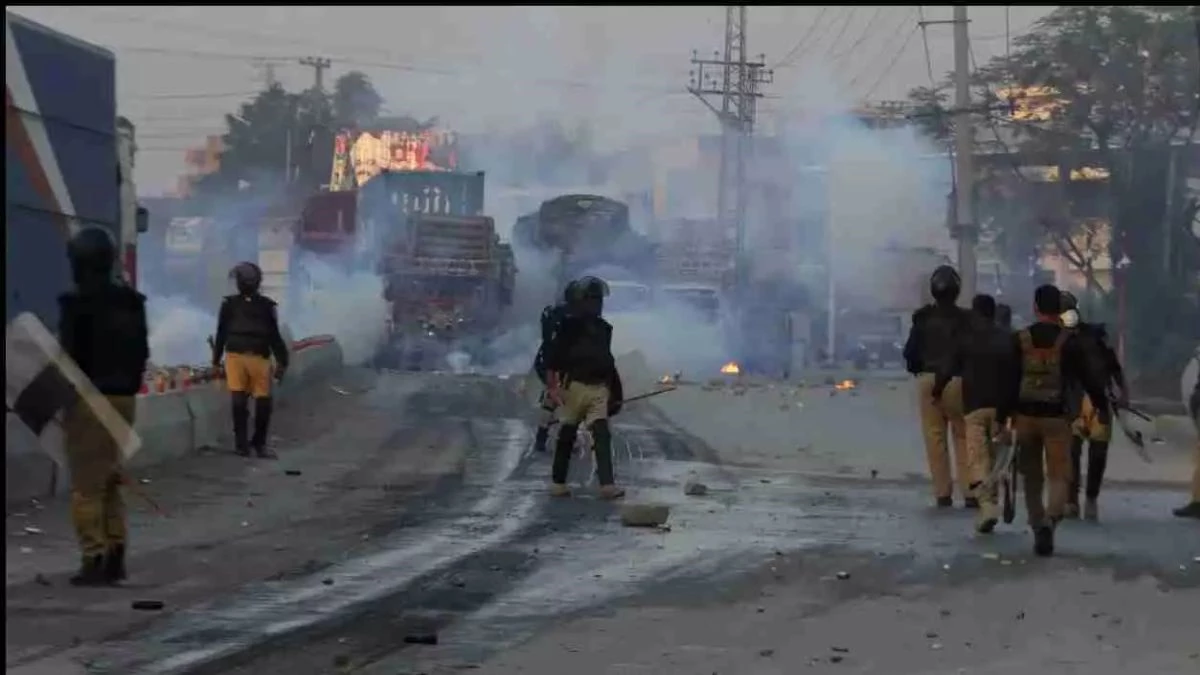
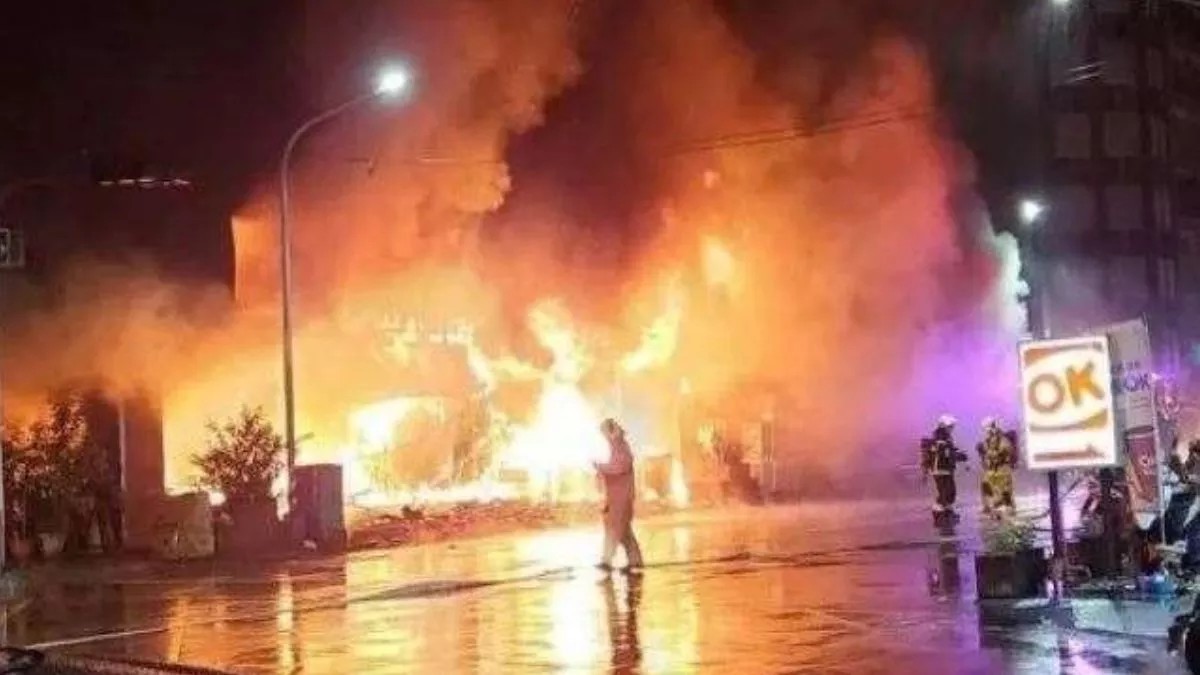
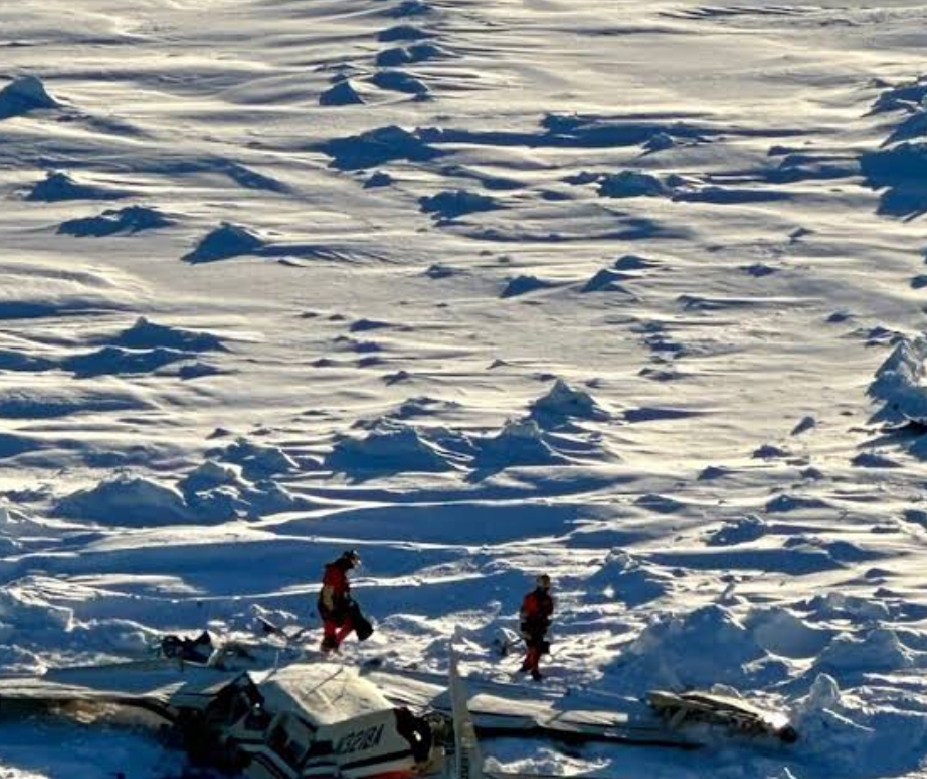

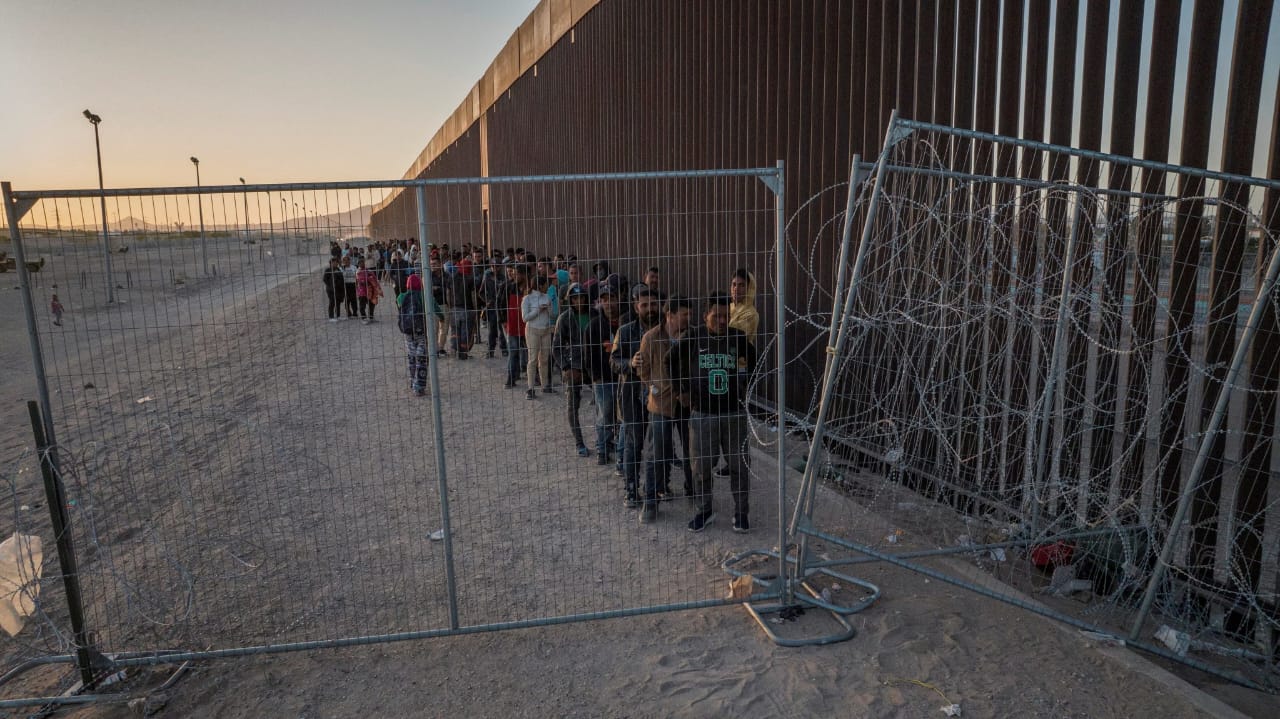


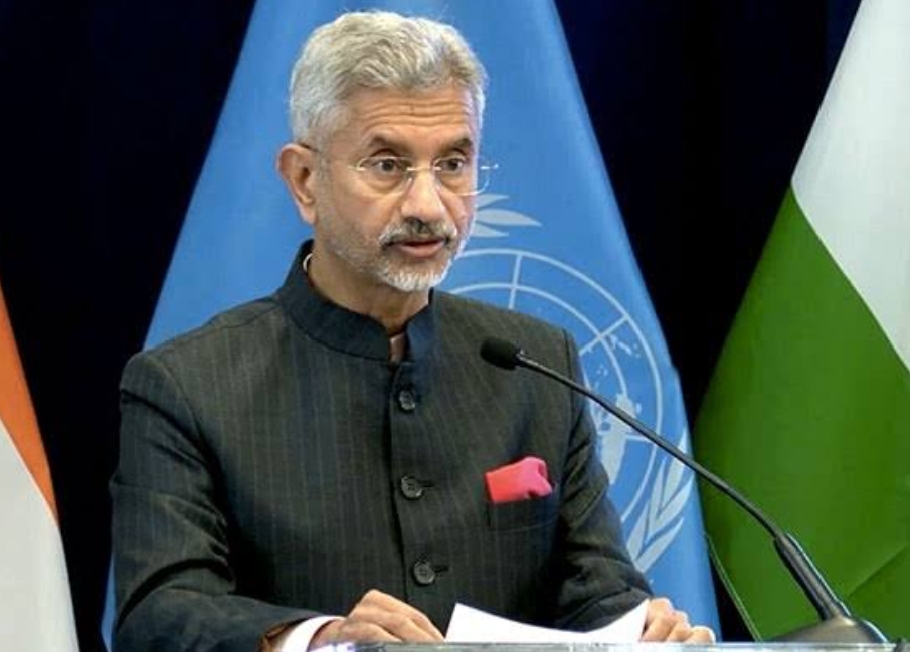
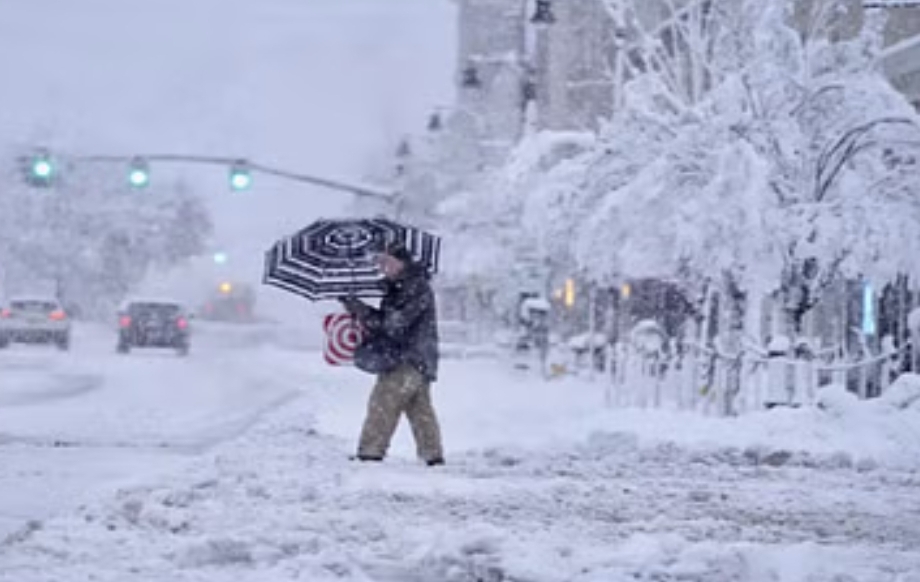
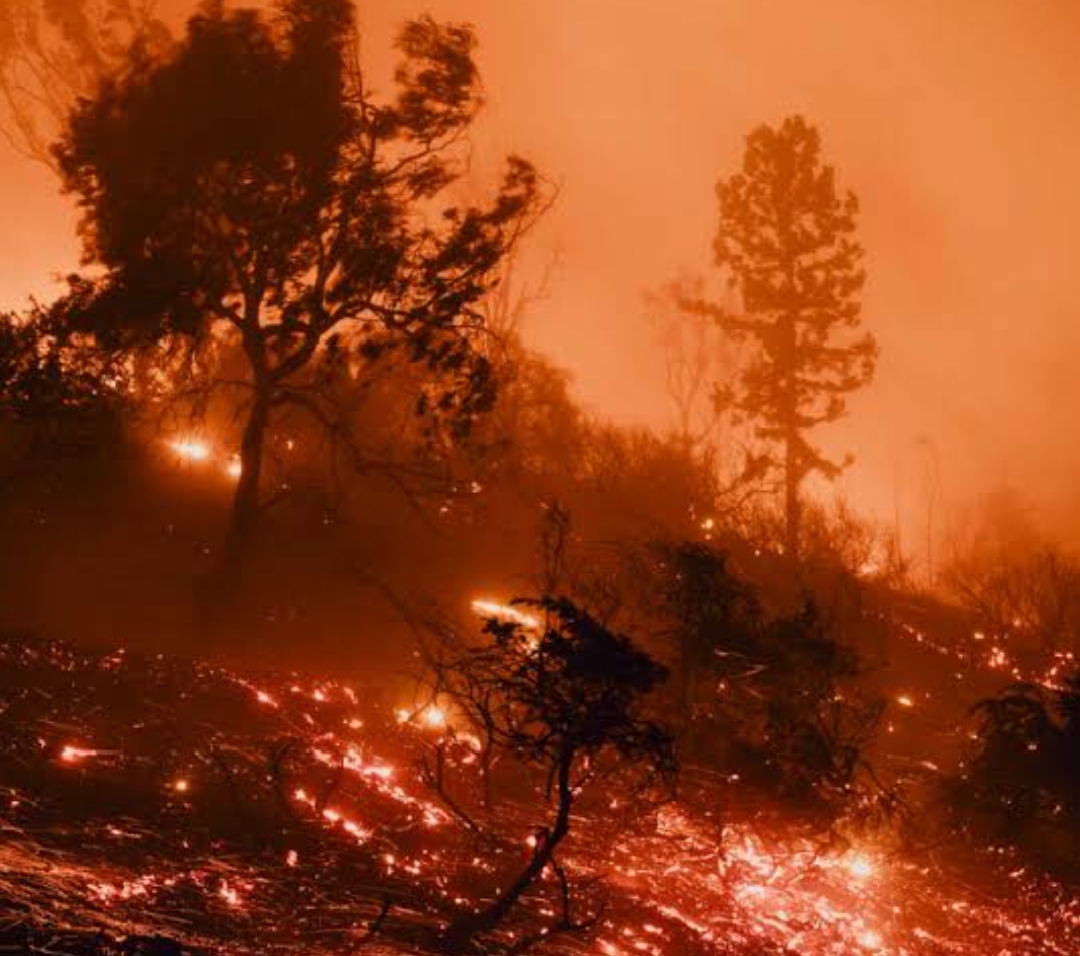


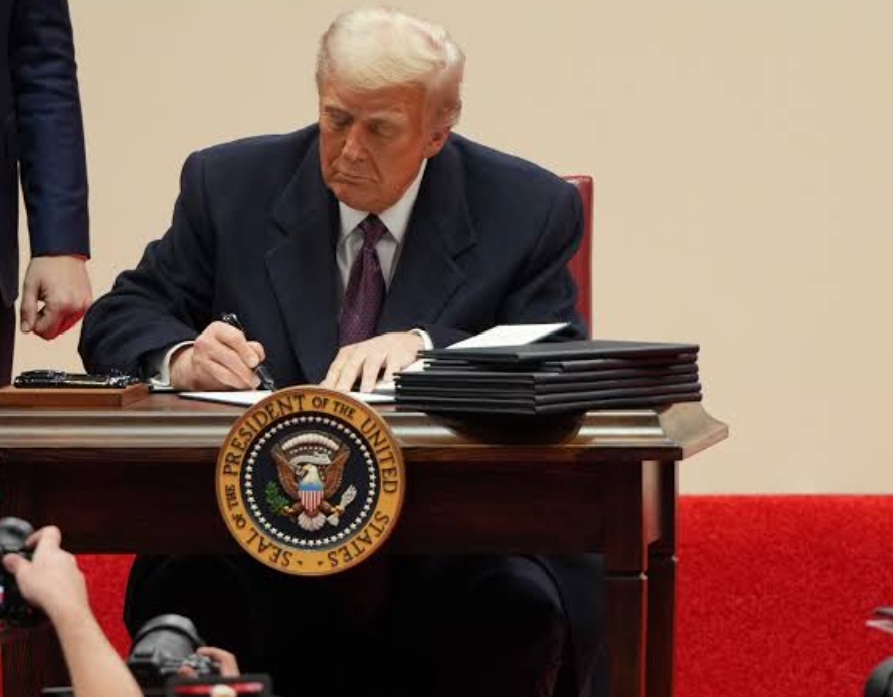
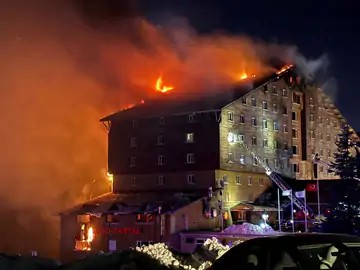


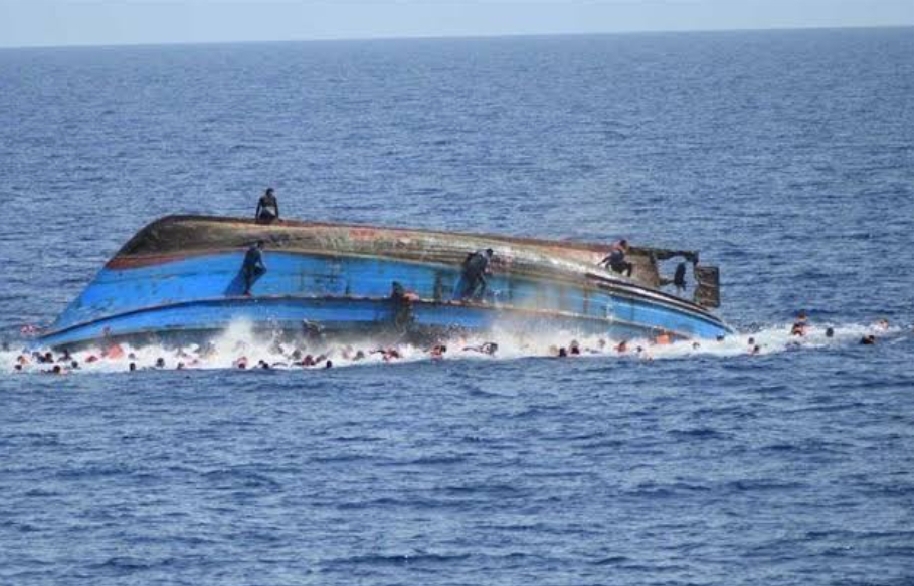
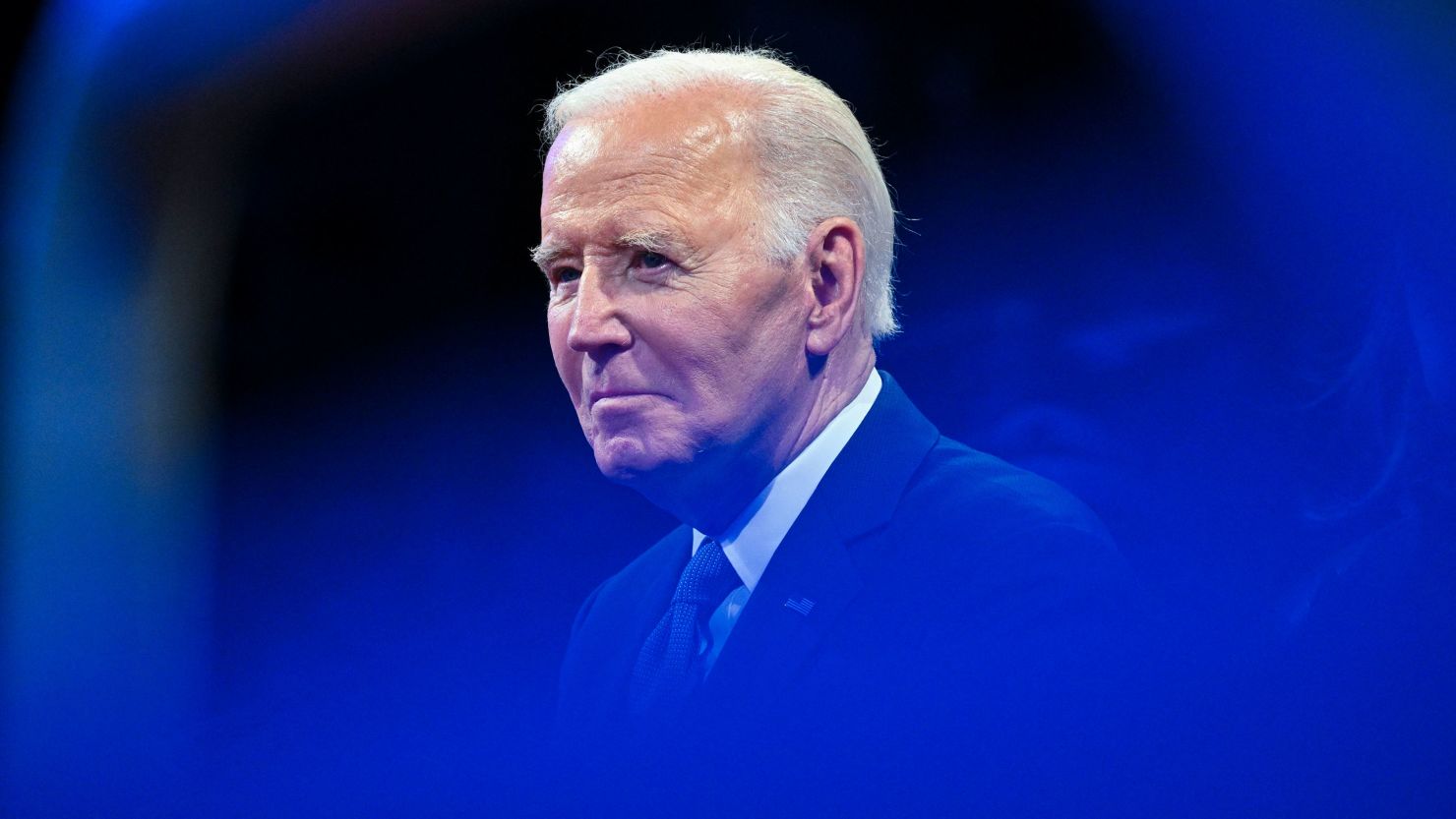


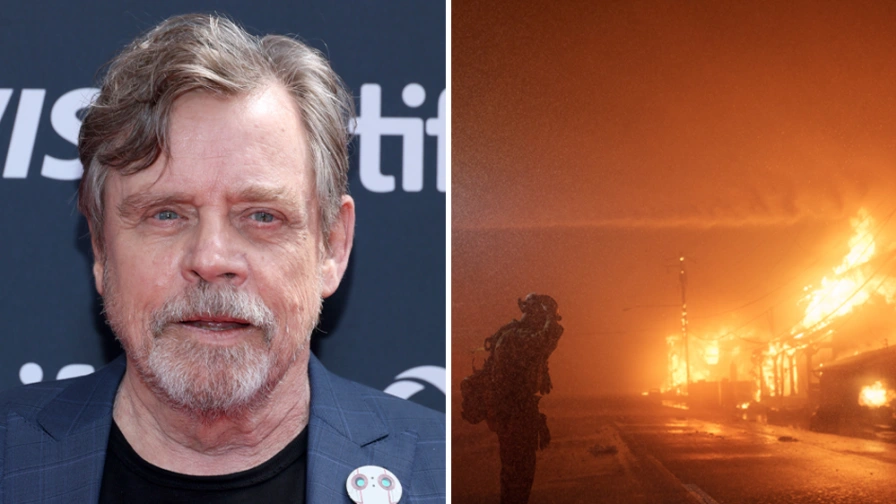

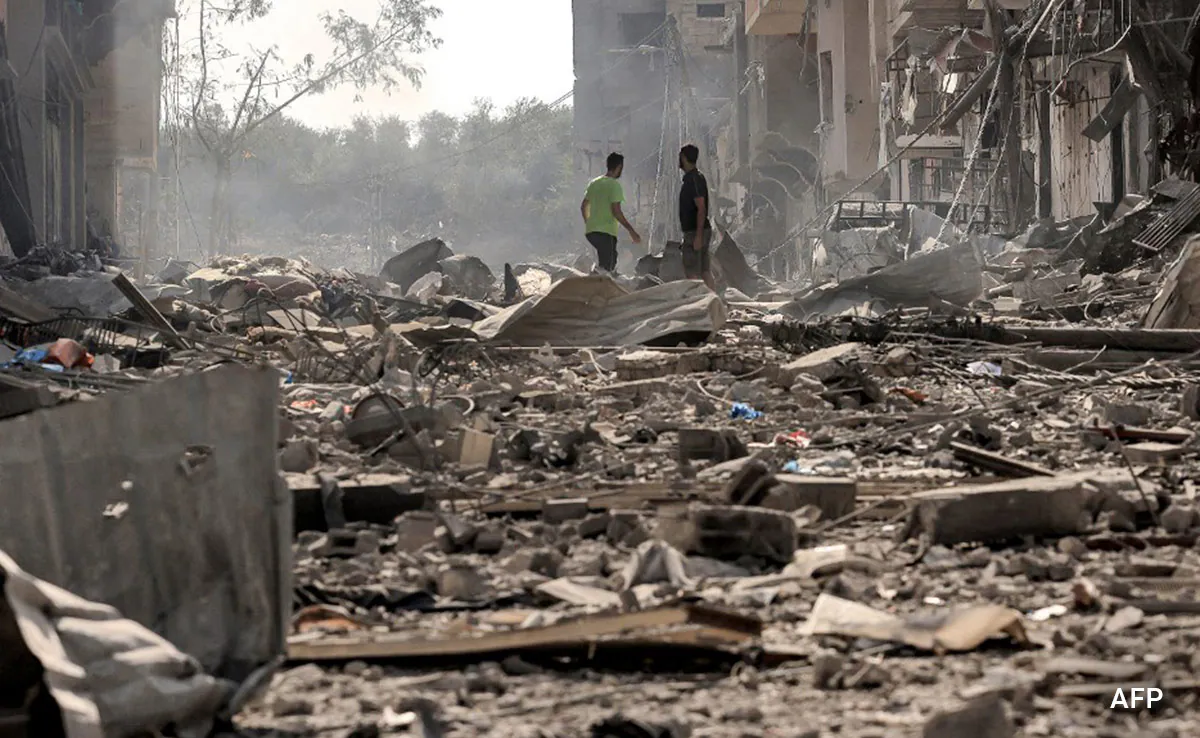
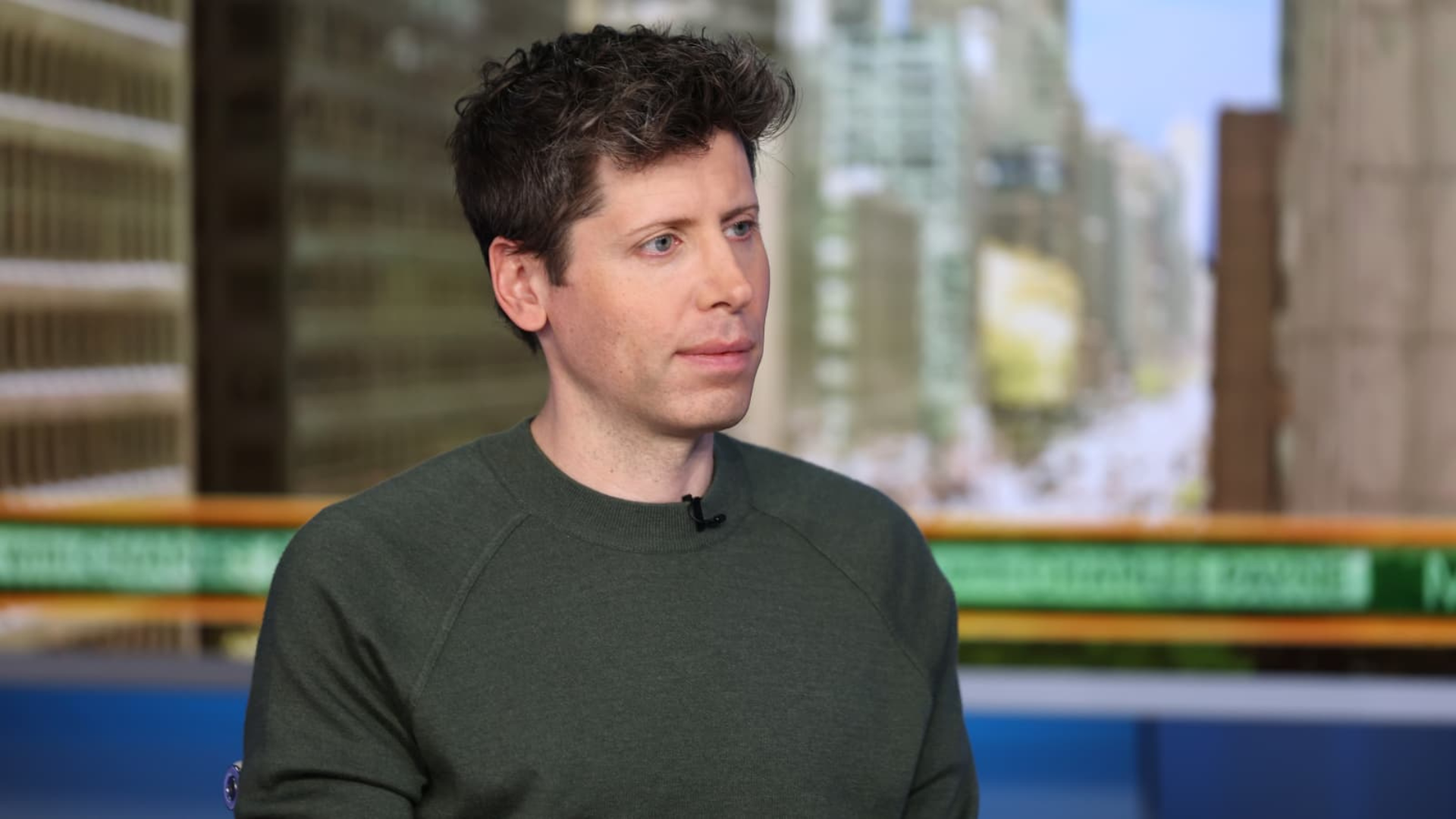
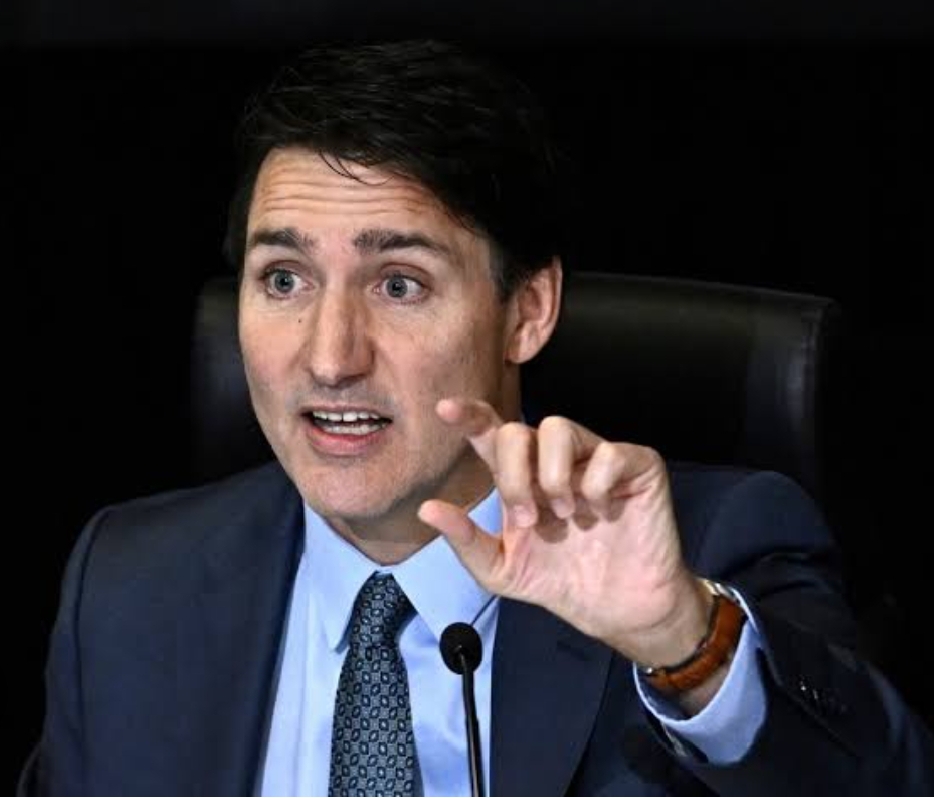
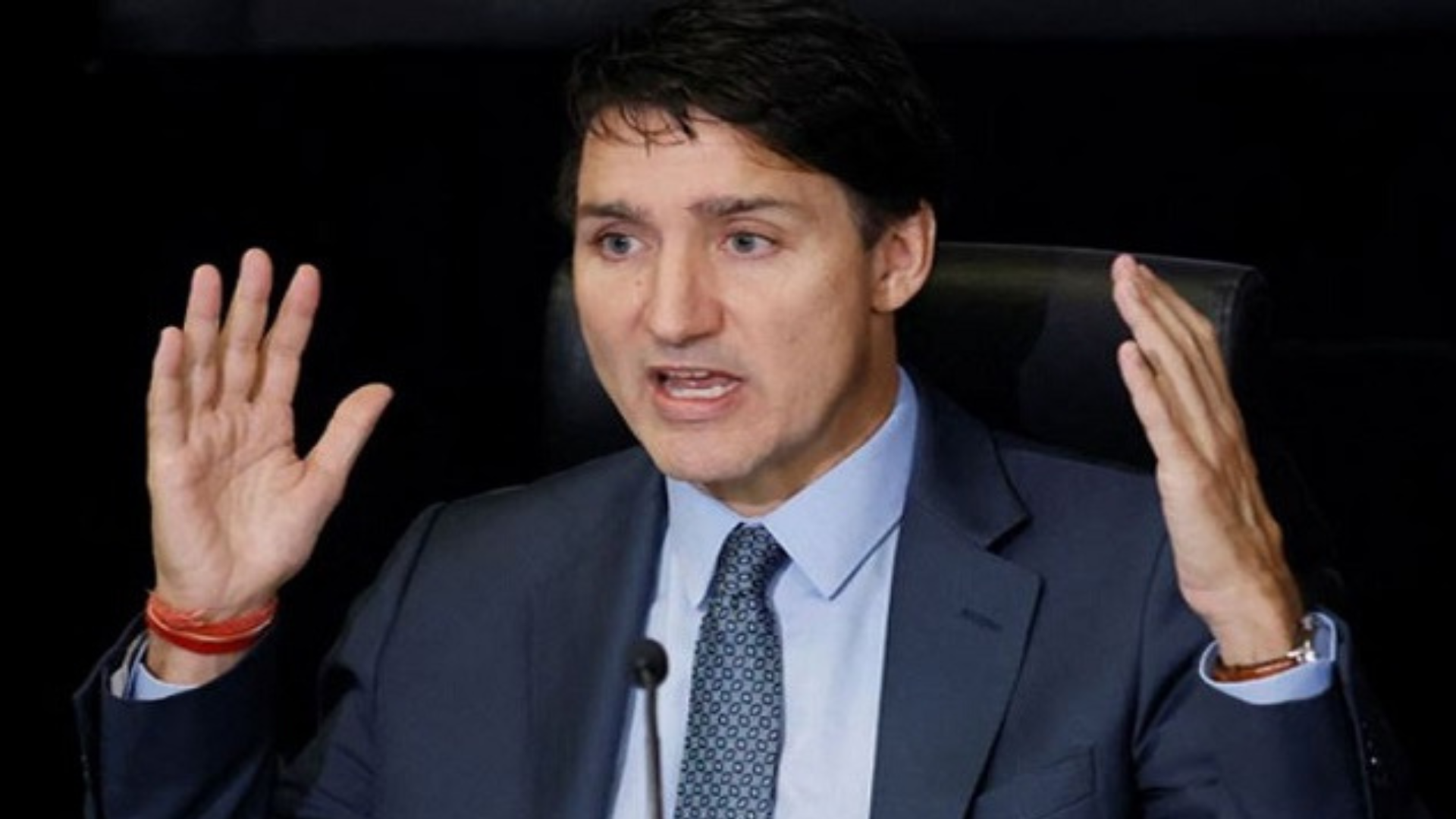
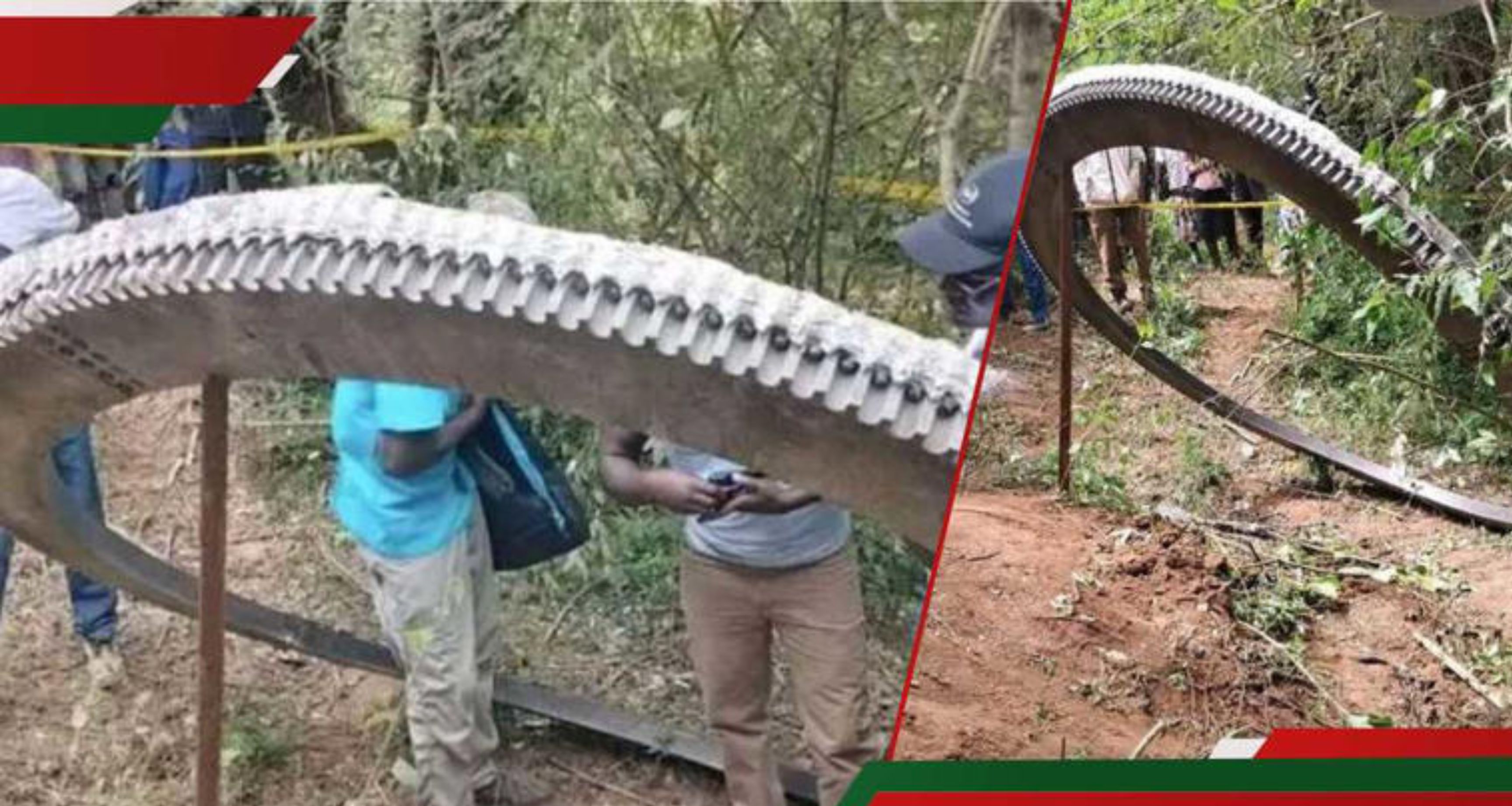
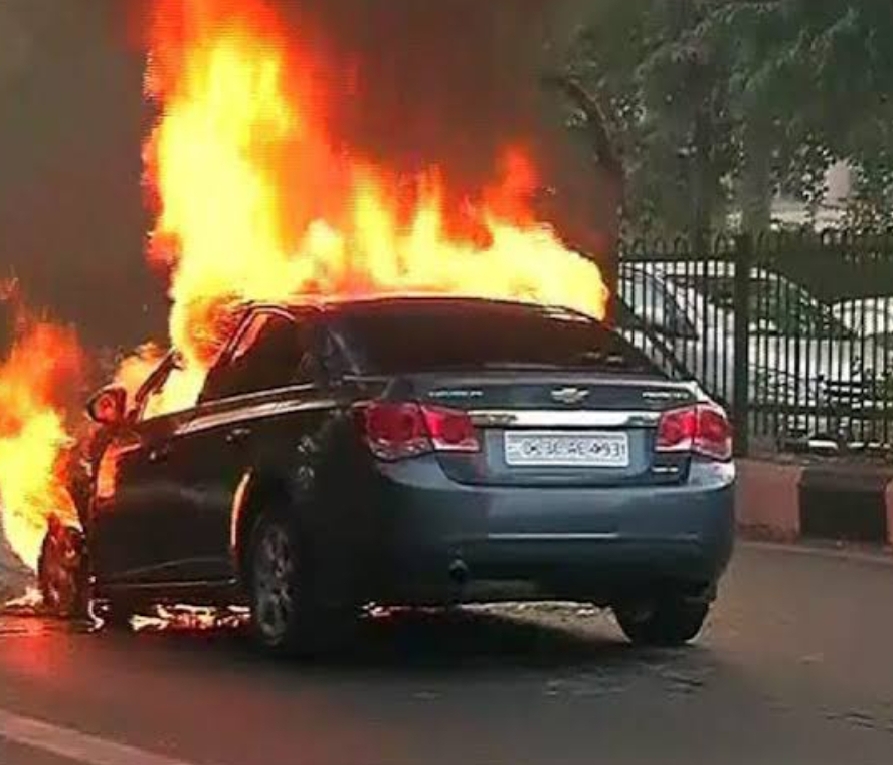
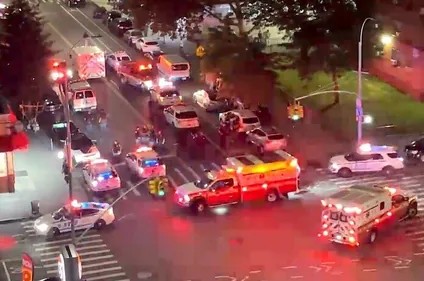

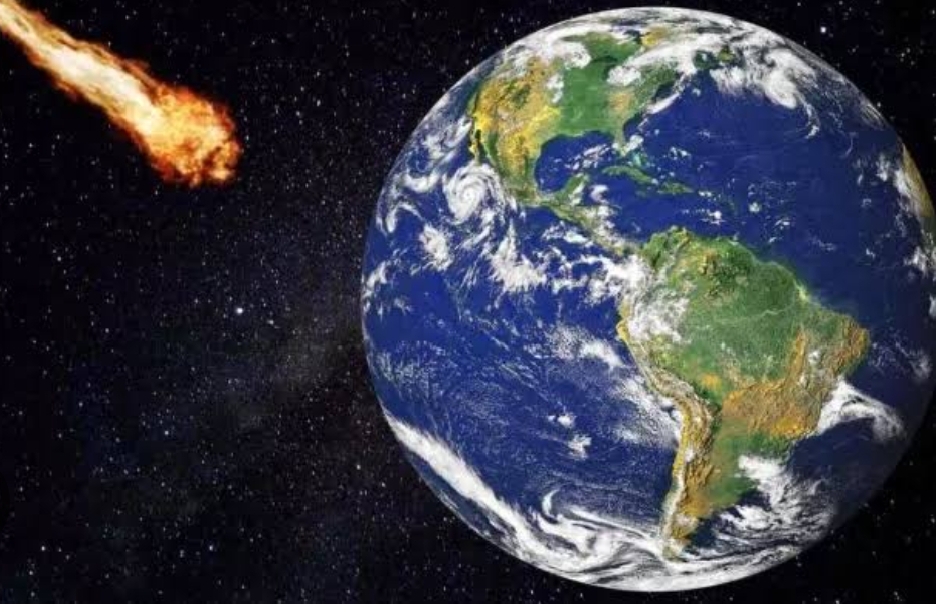
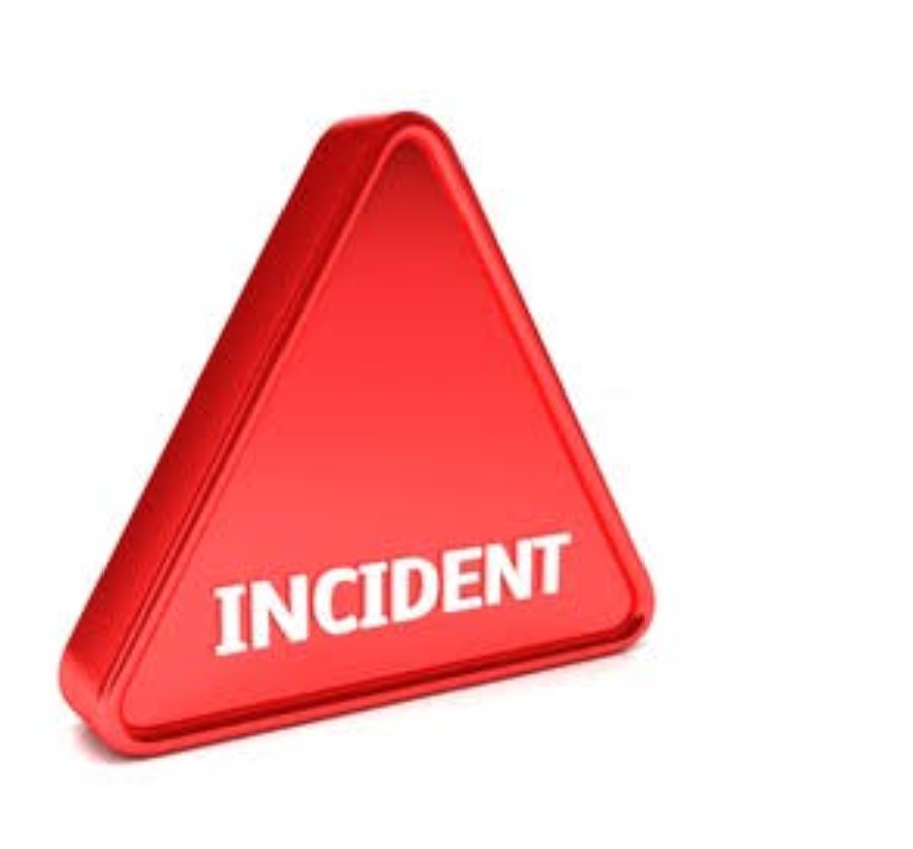
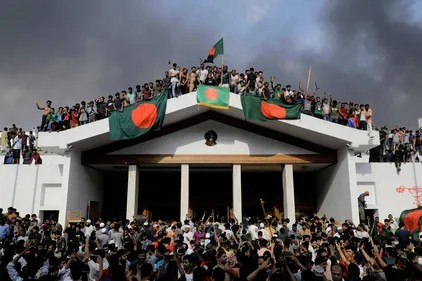


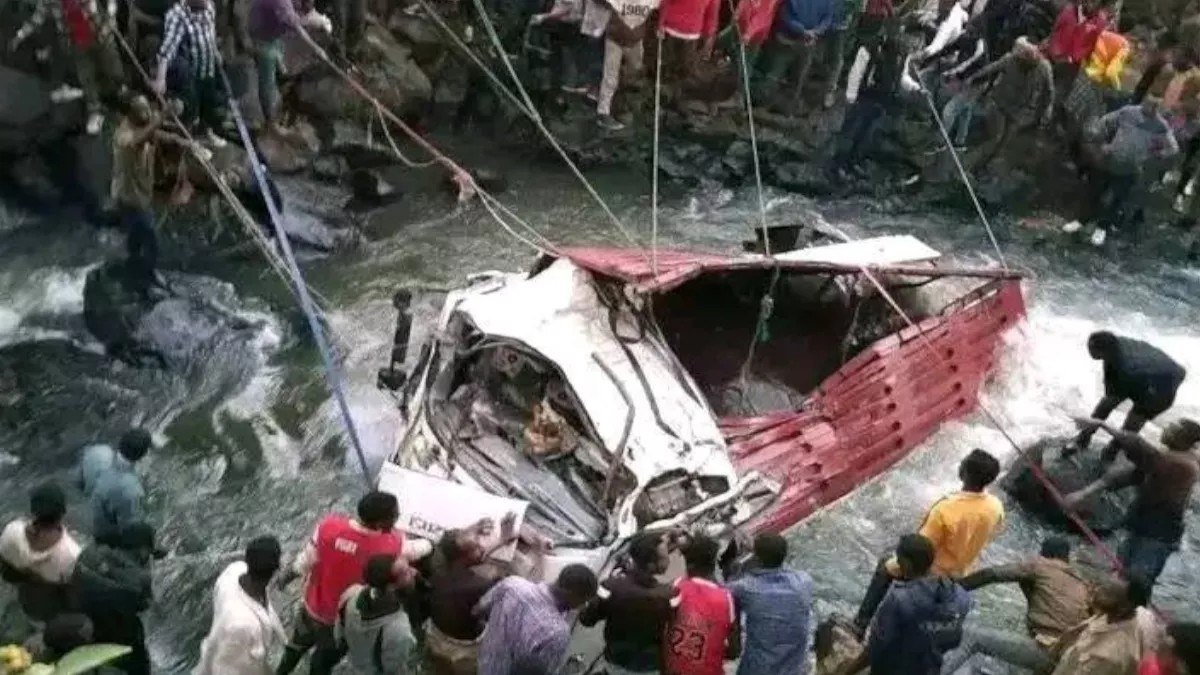
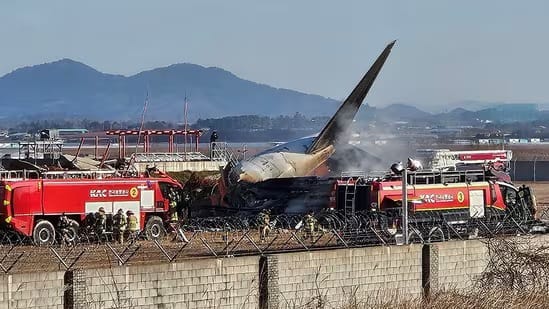
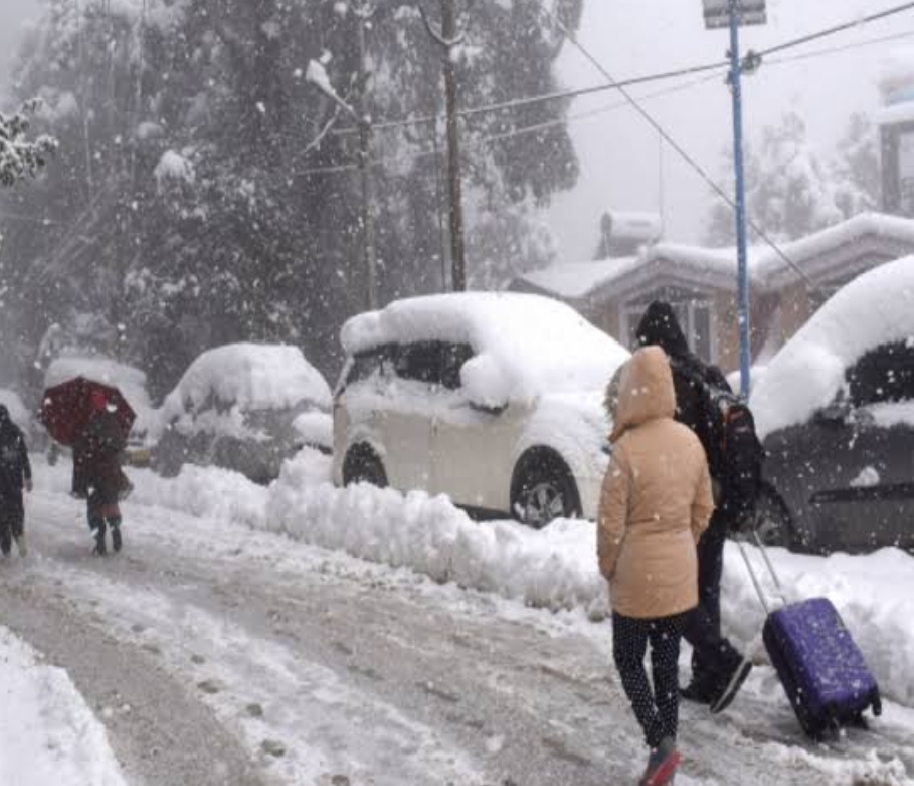
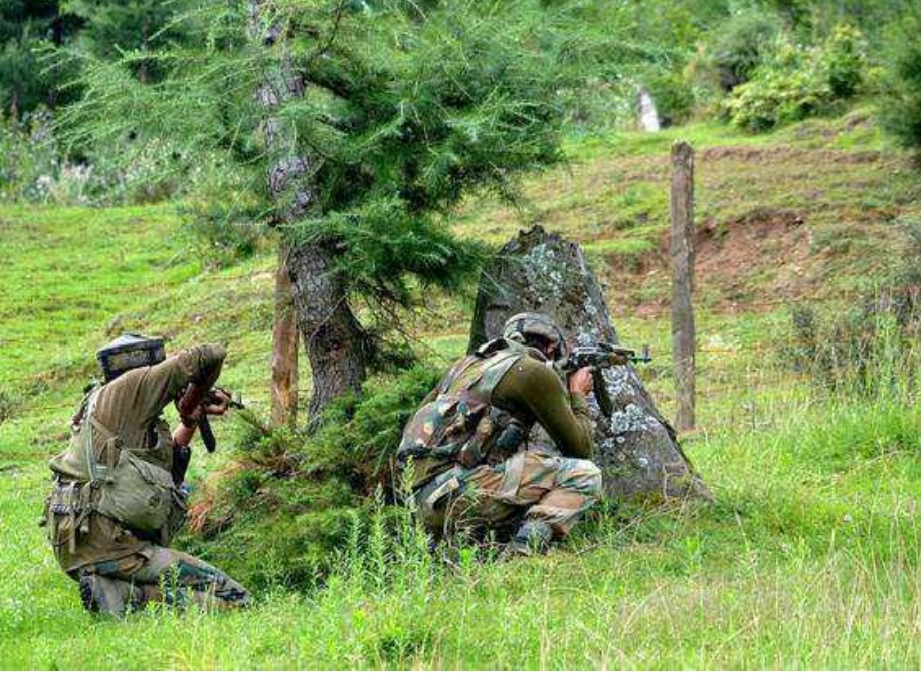


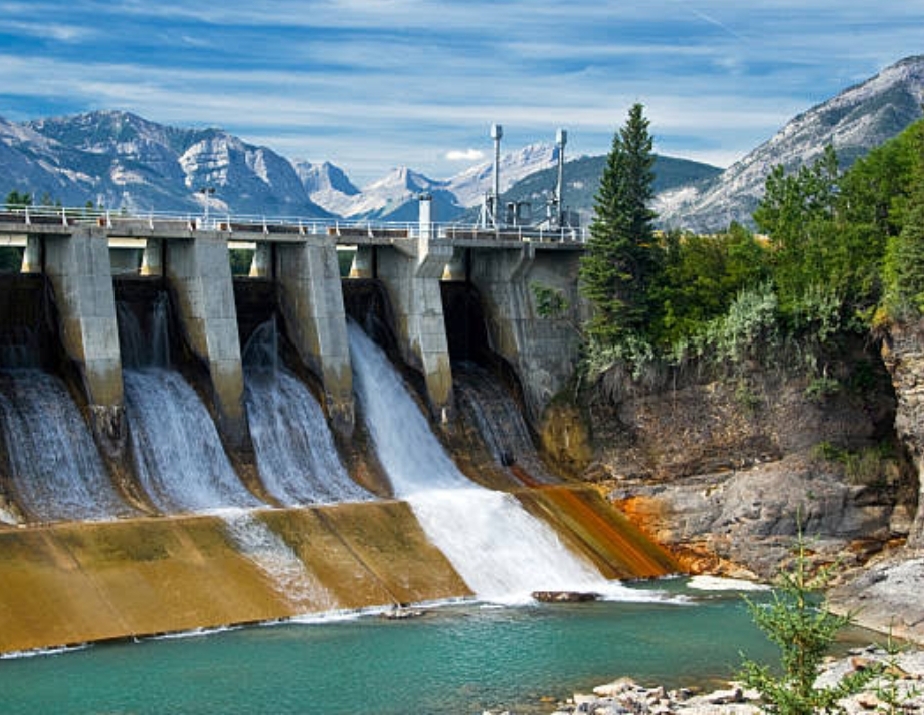

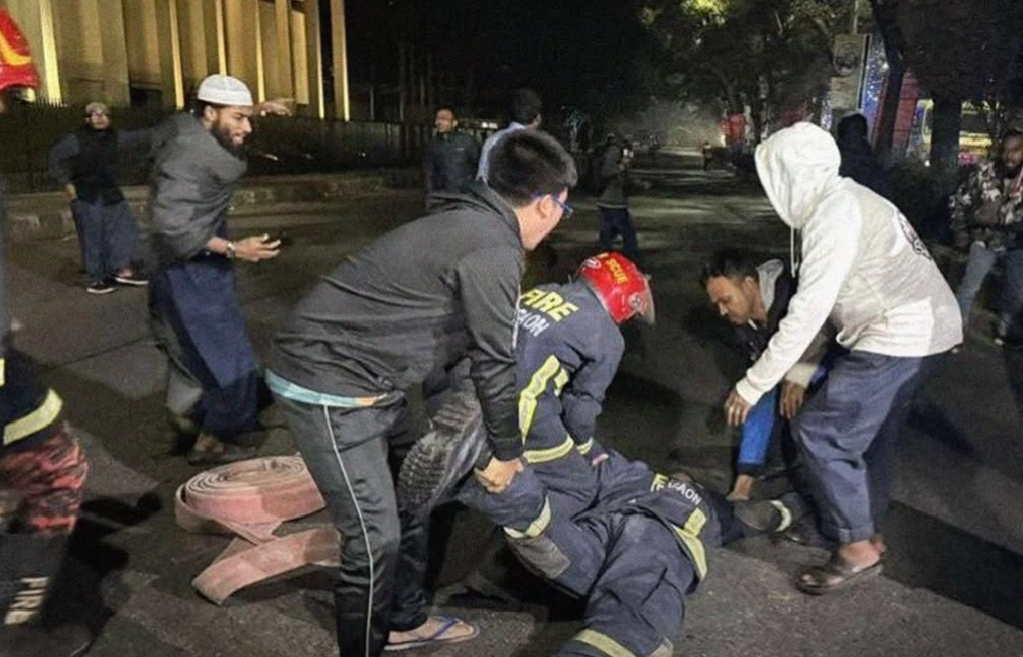

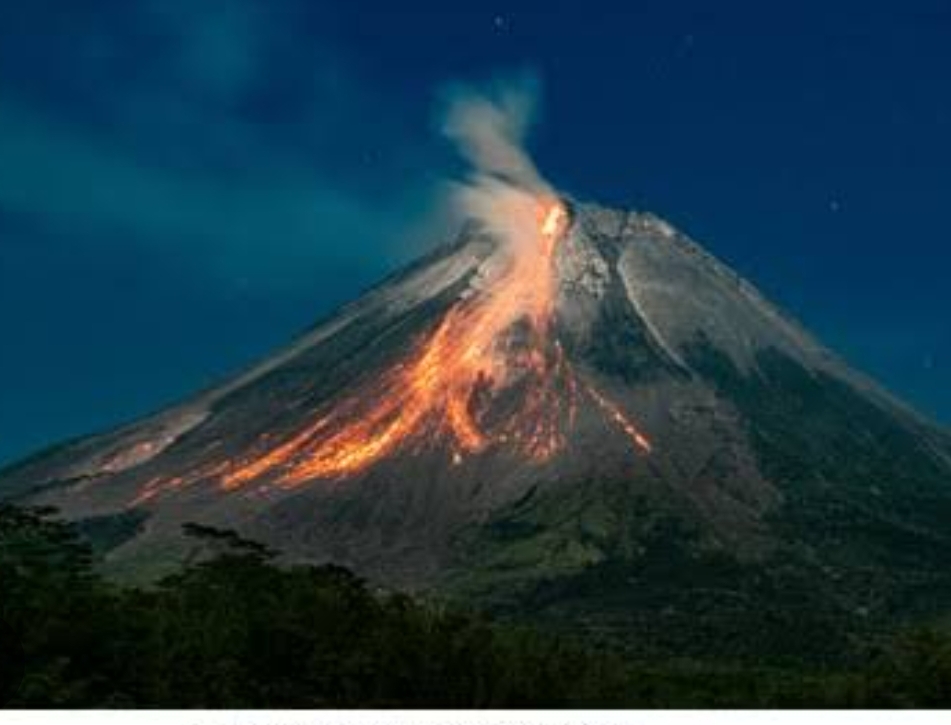


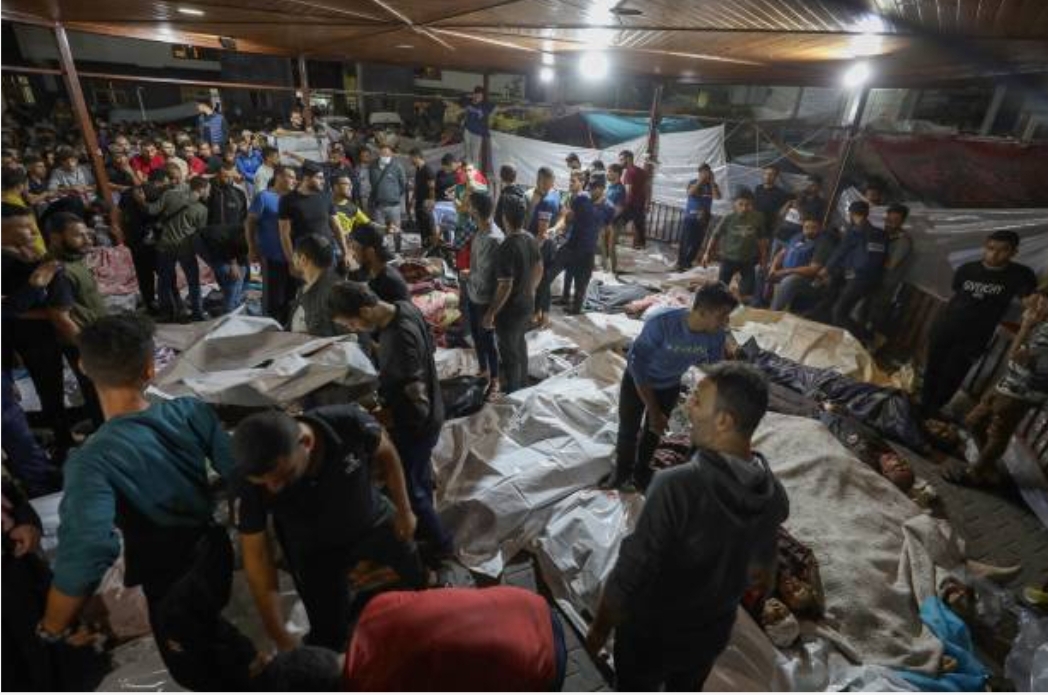
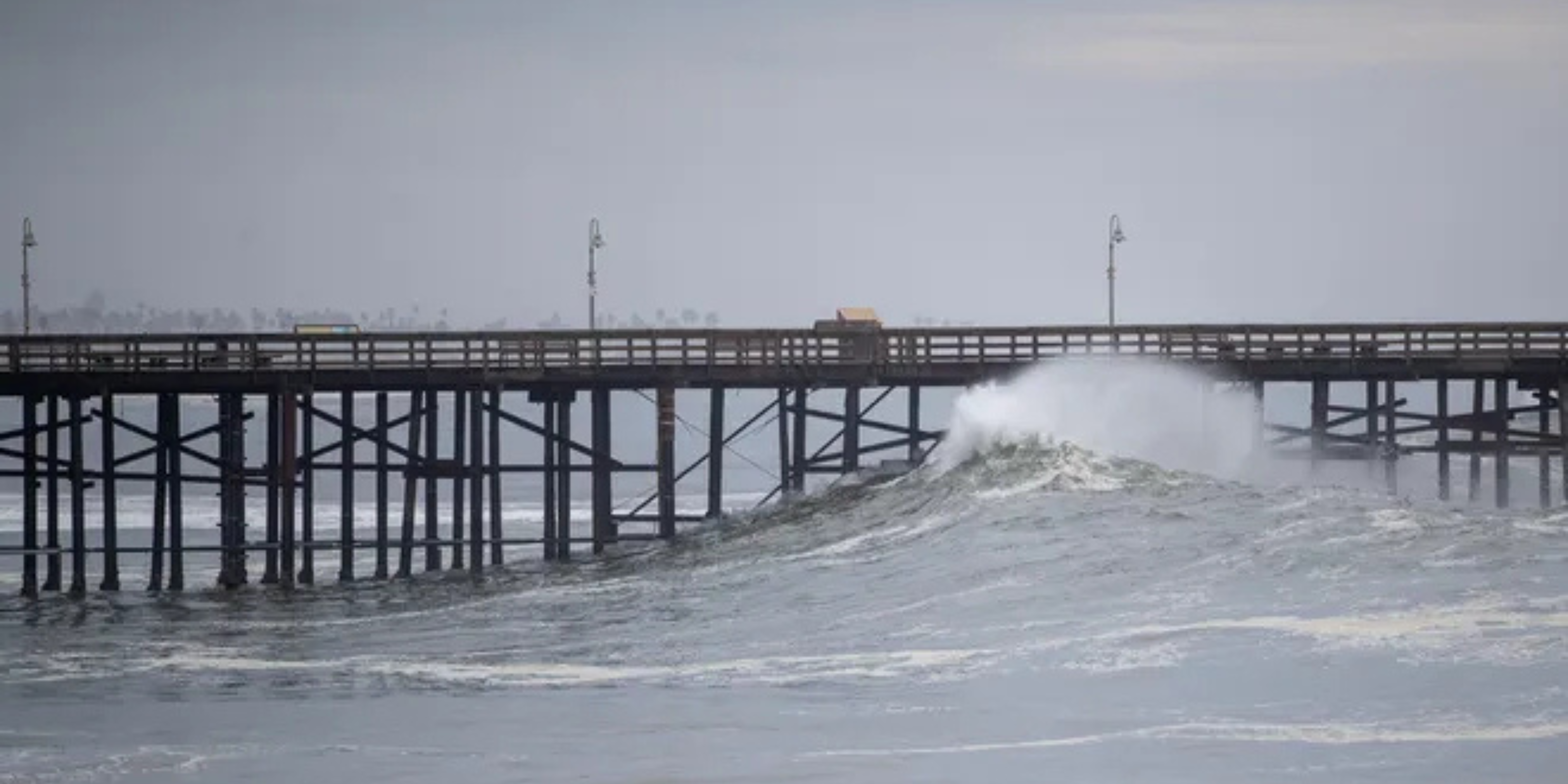



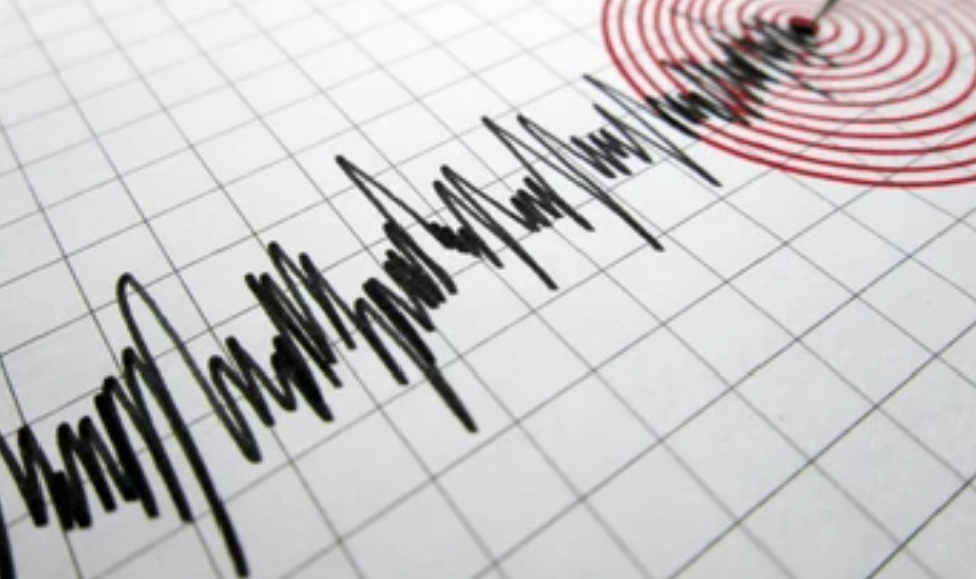
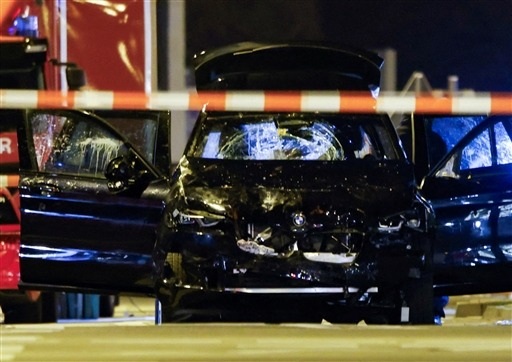






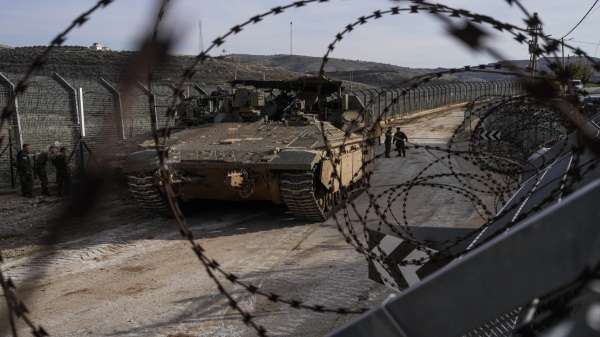
.png)


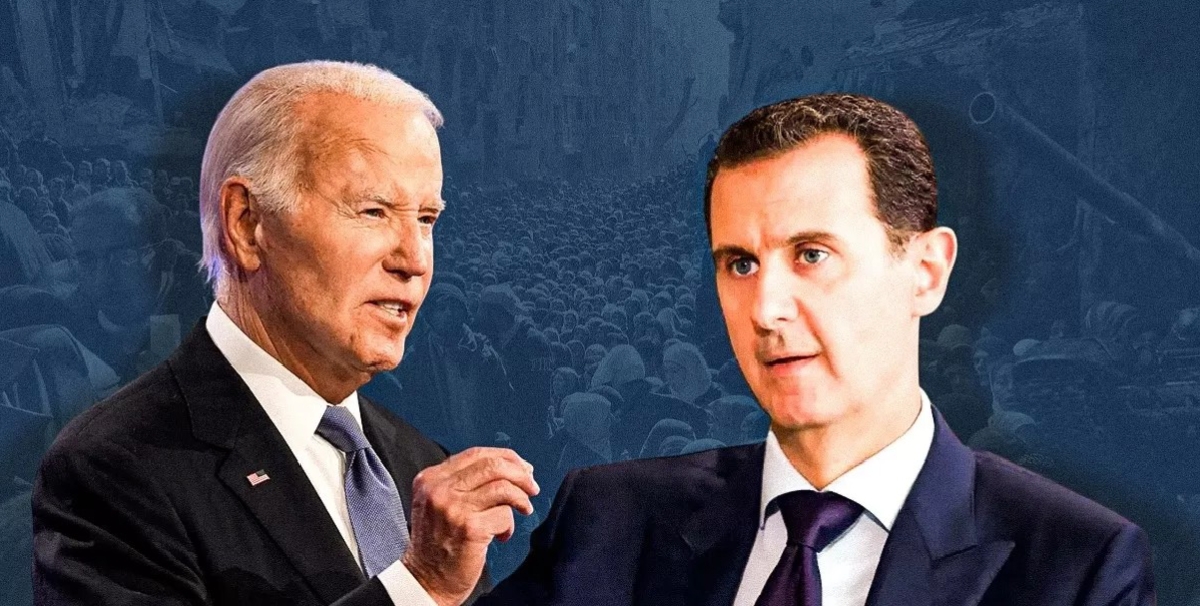
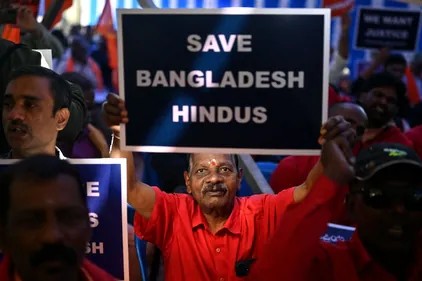




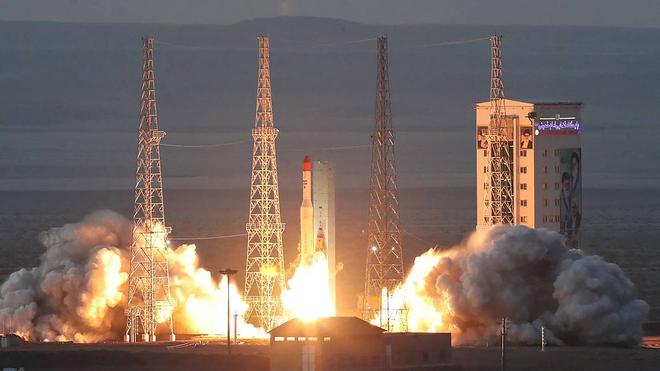
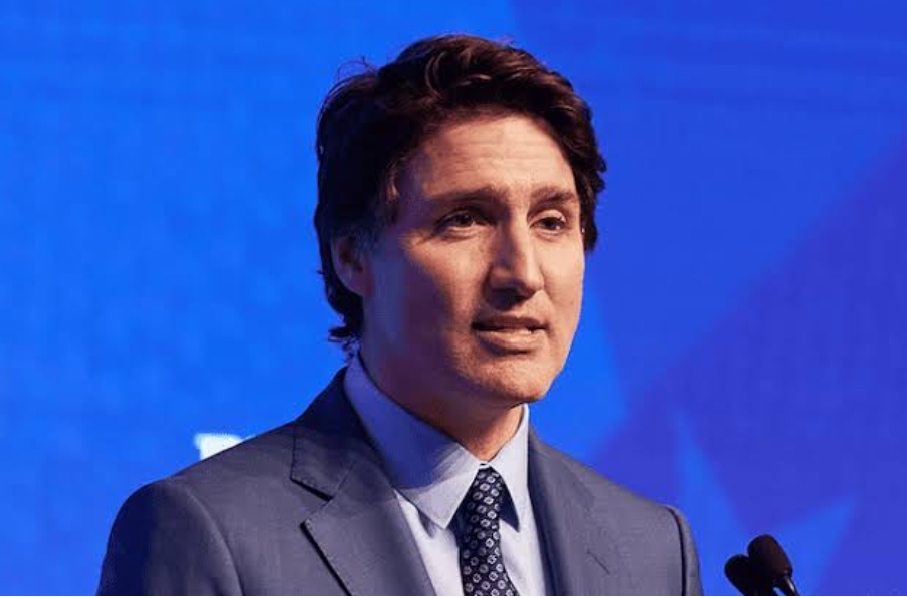

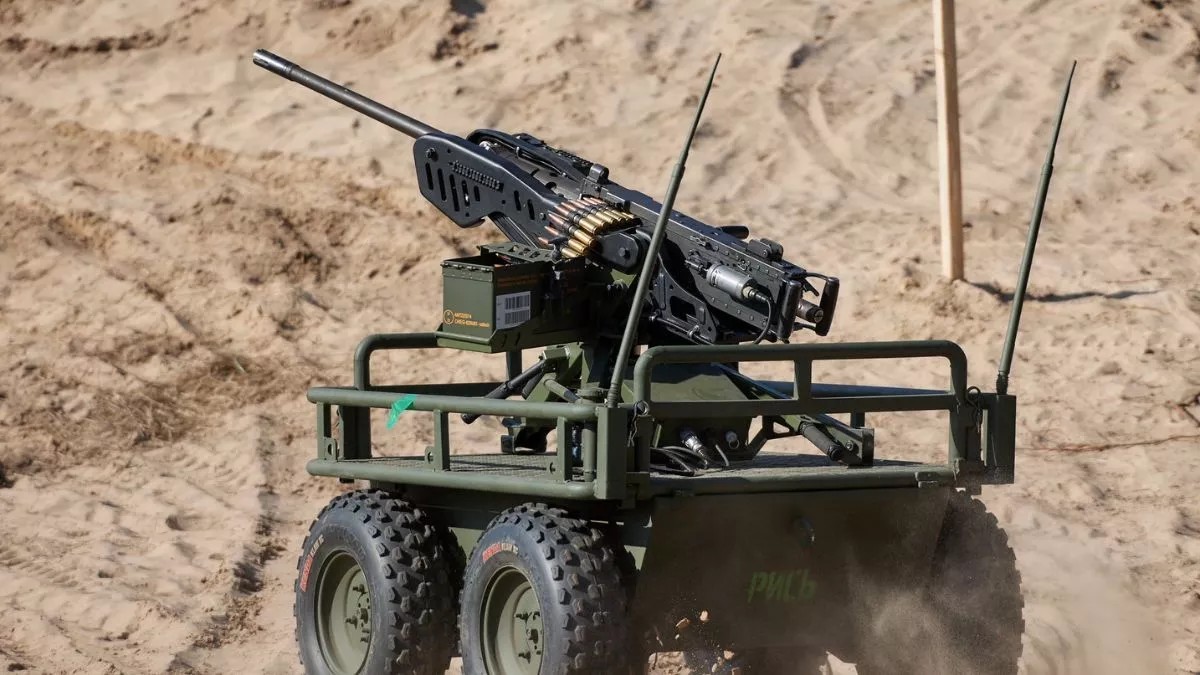

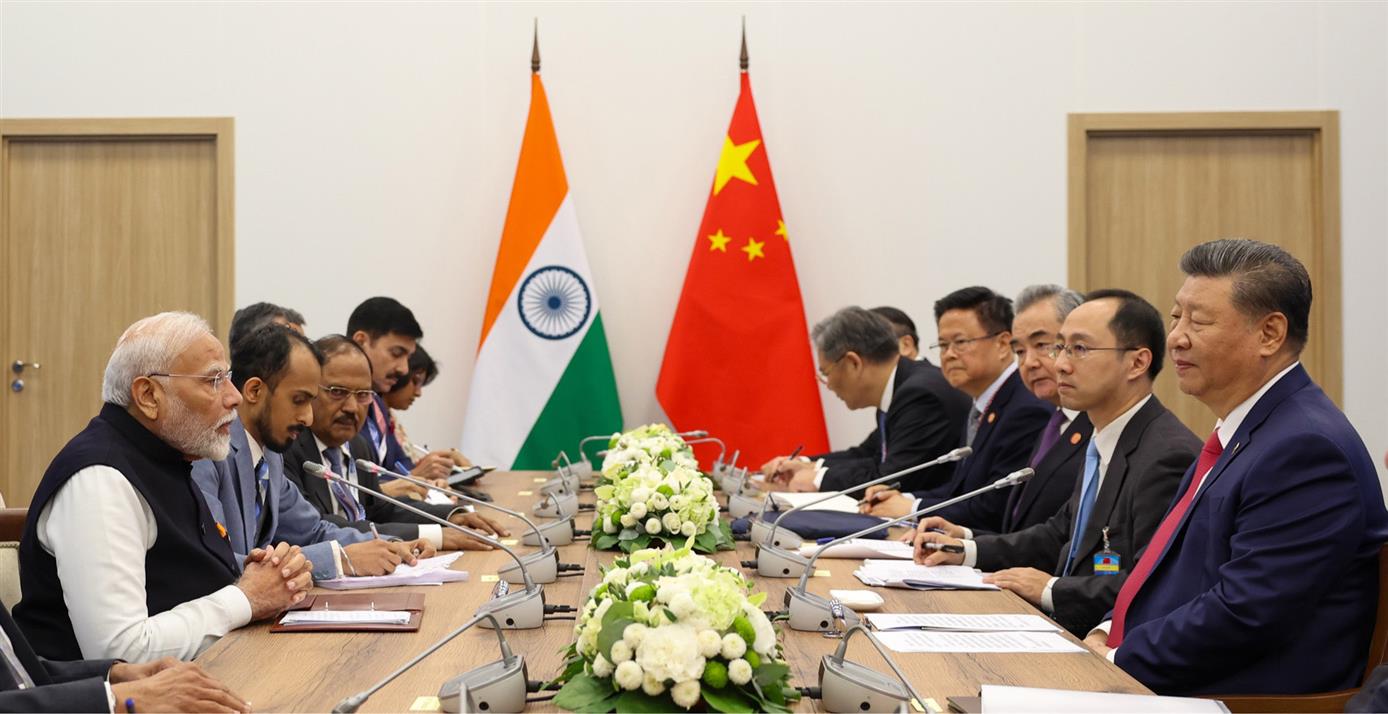
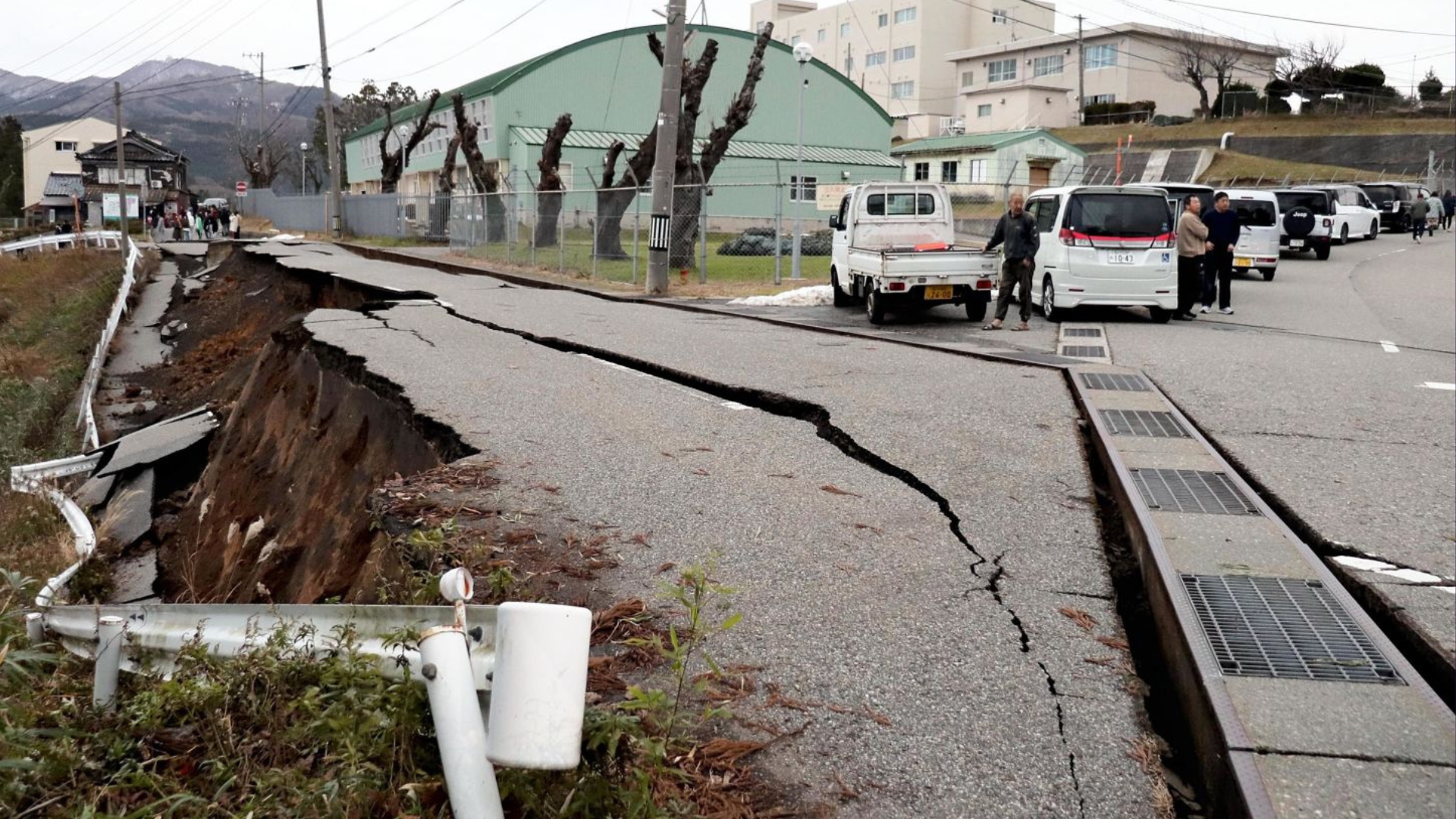

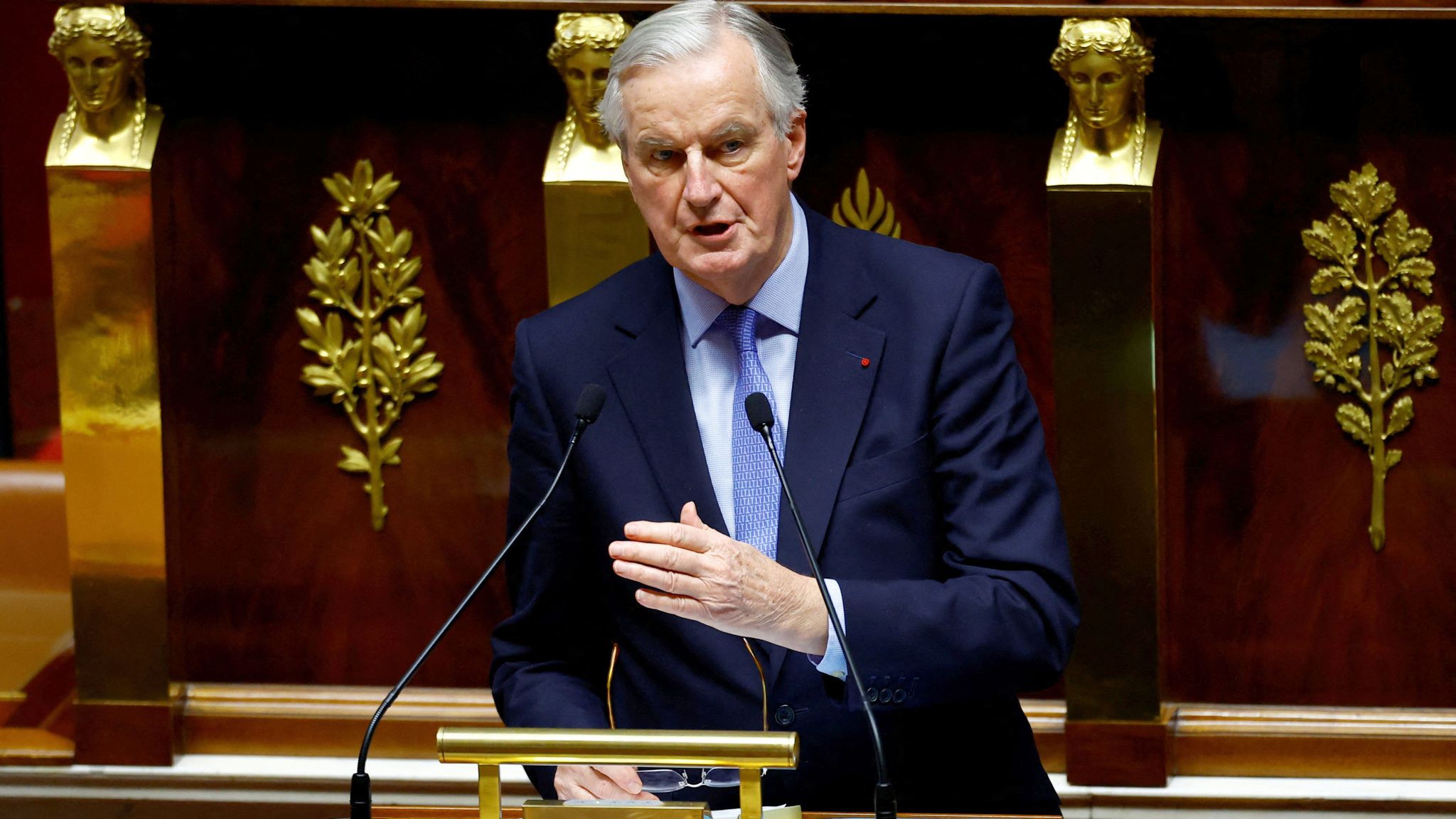

.png)

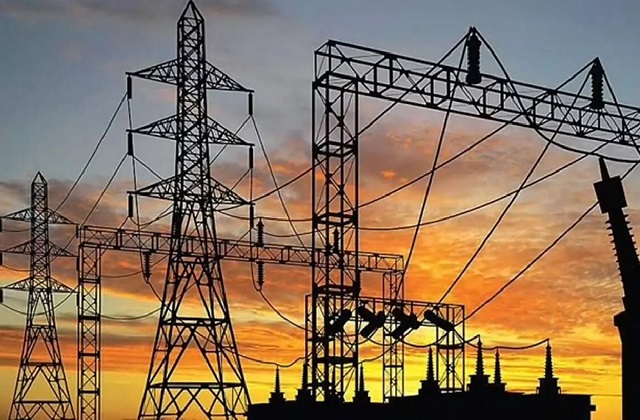
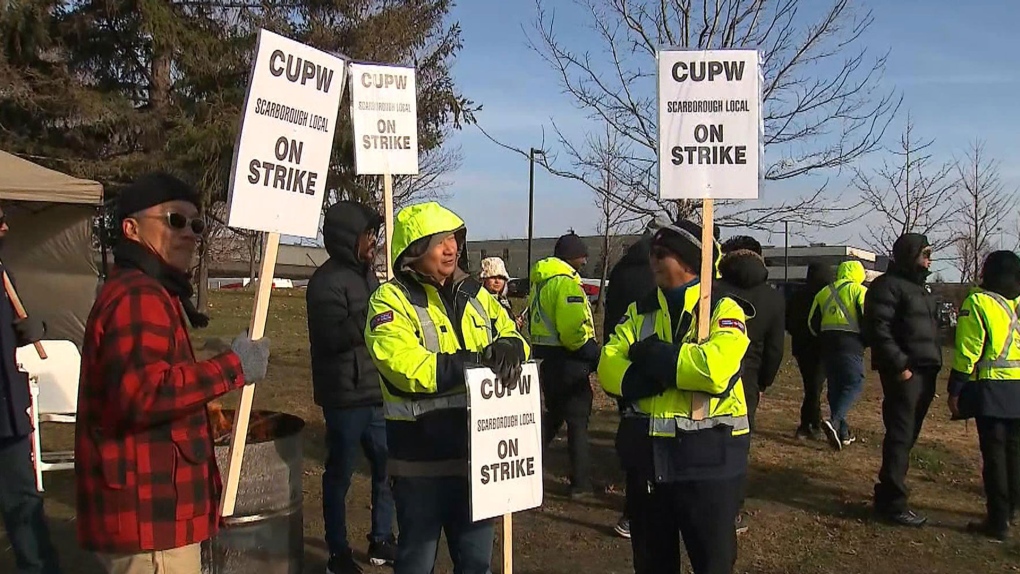
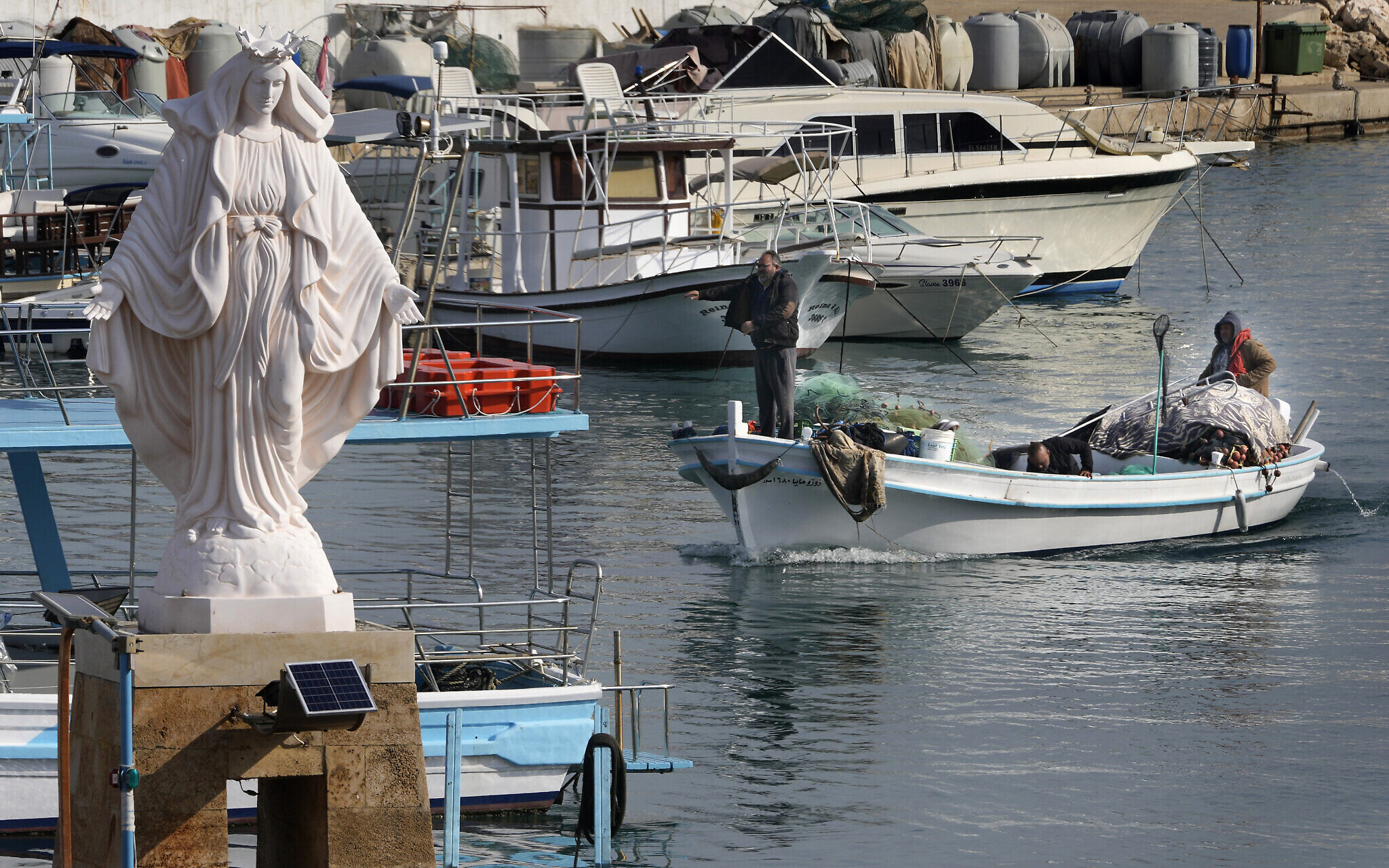
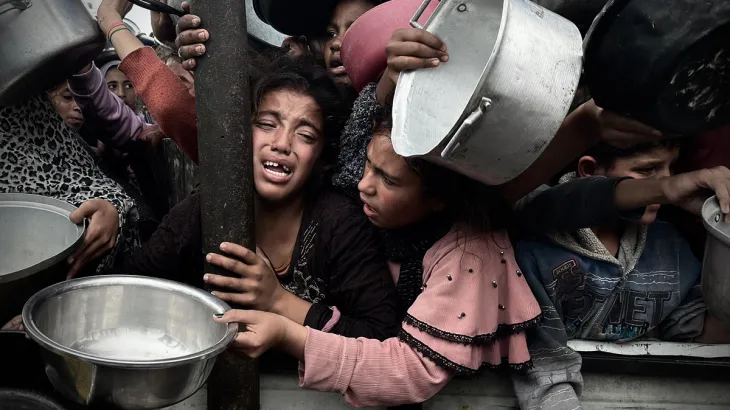
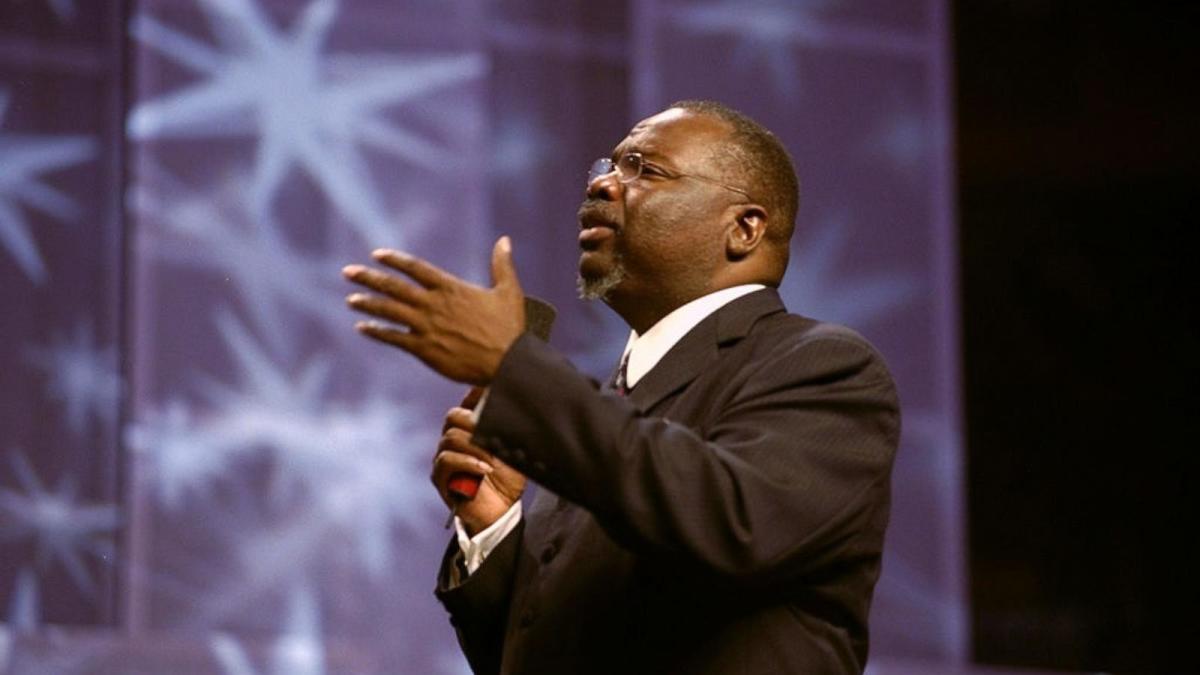
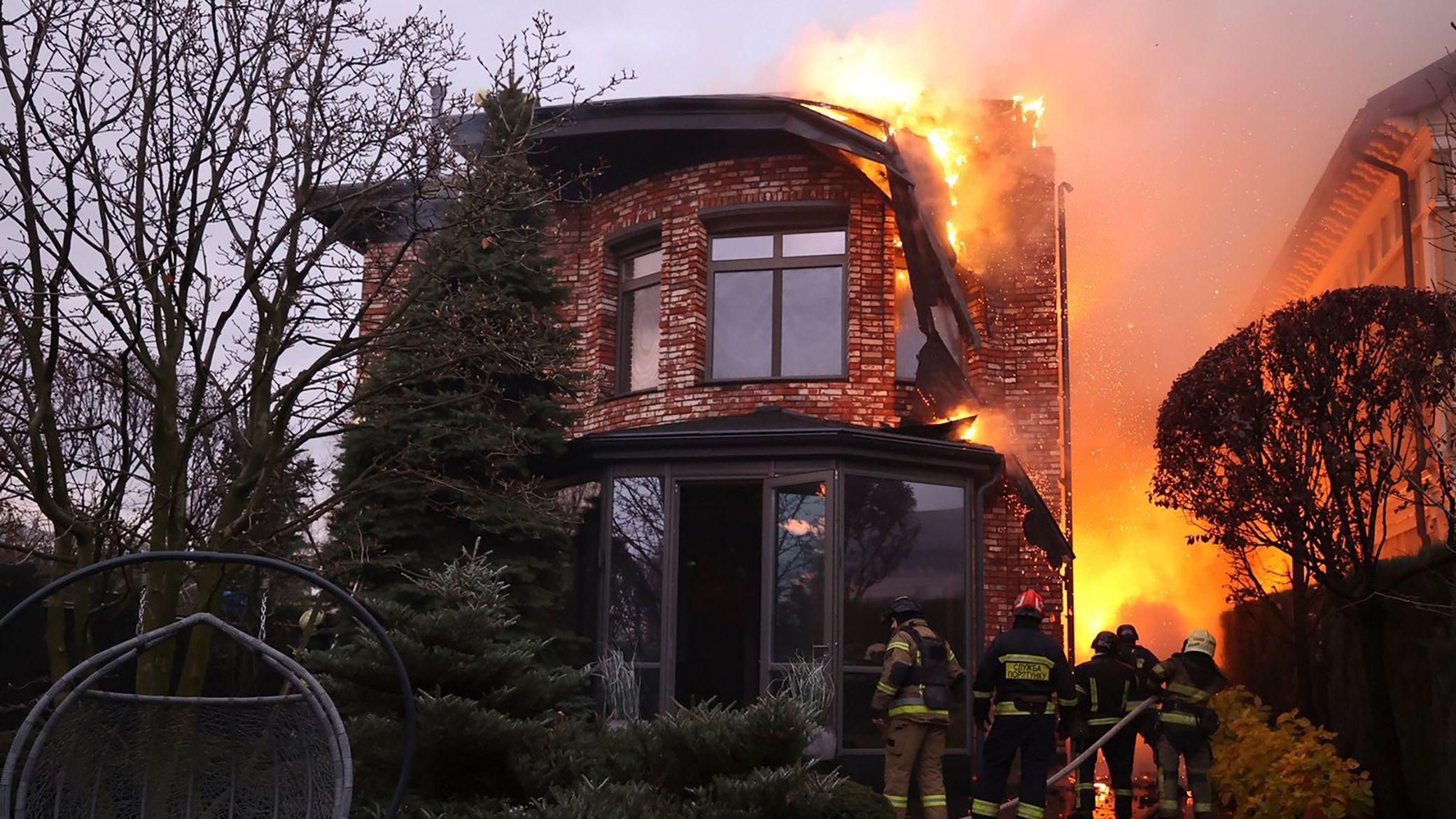
.jfif)


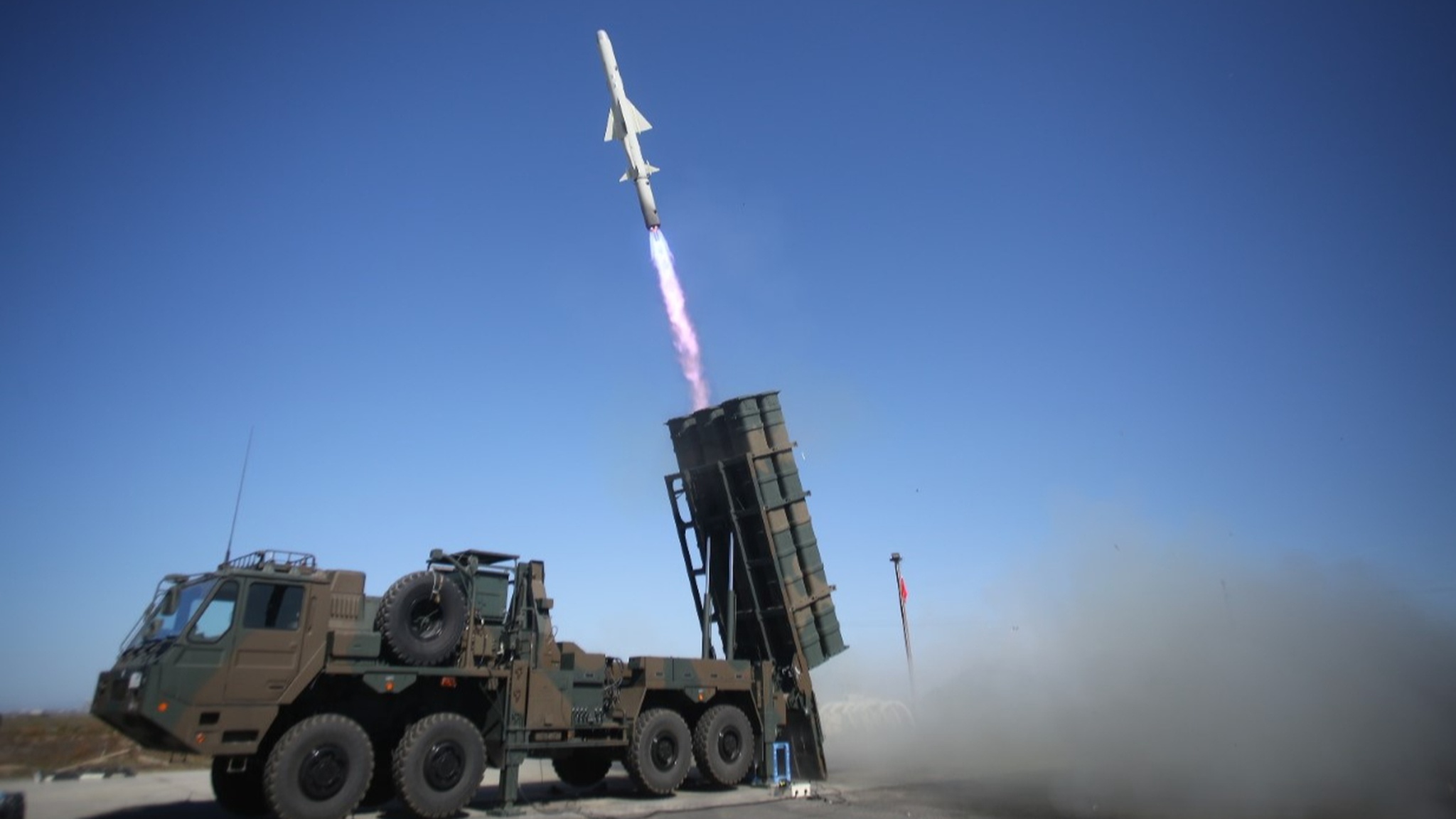




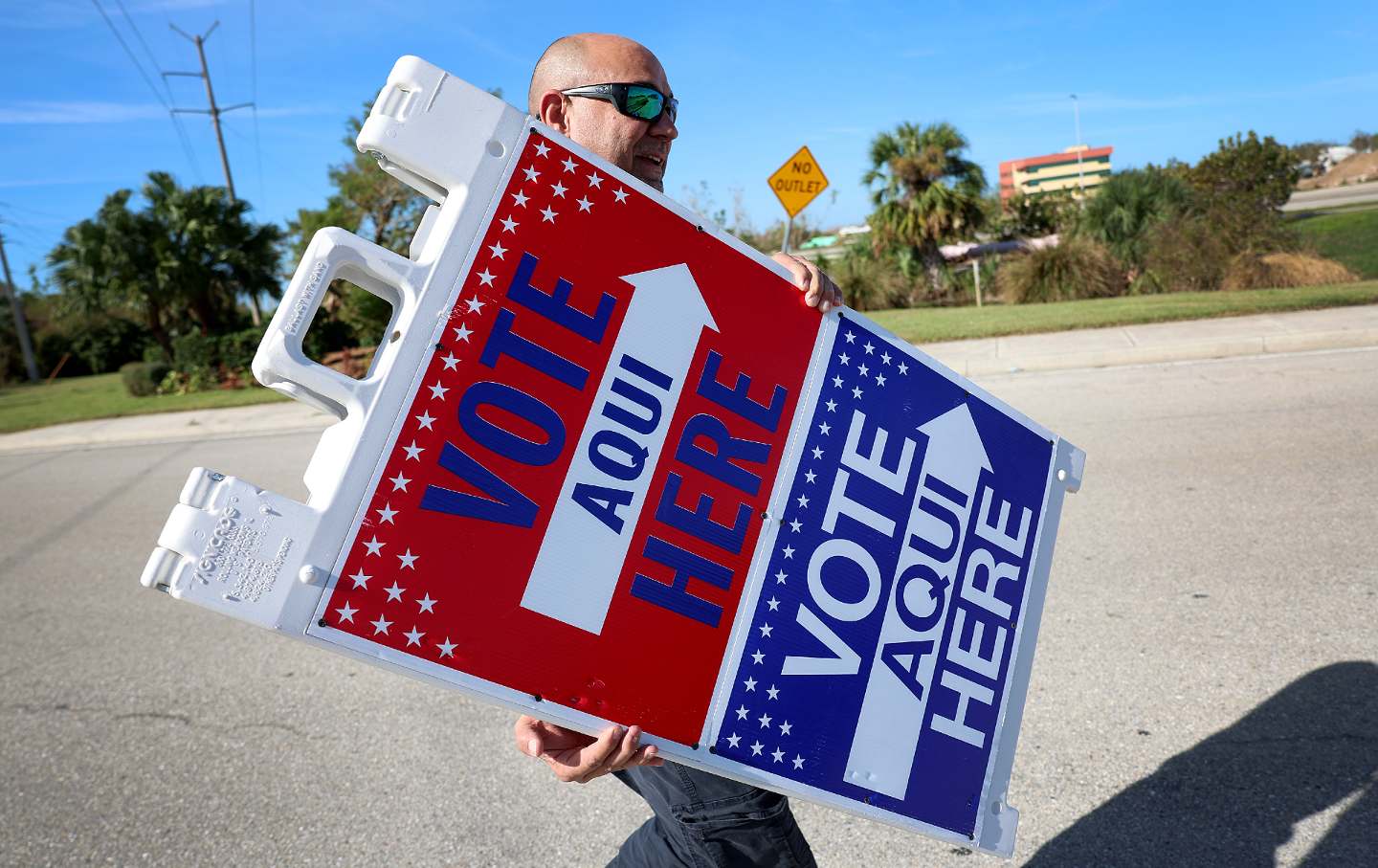


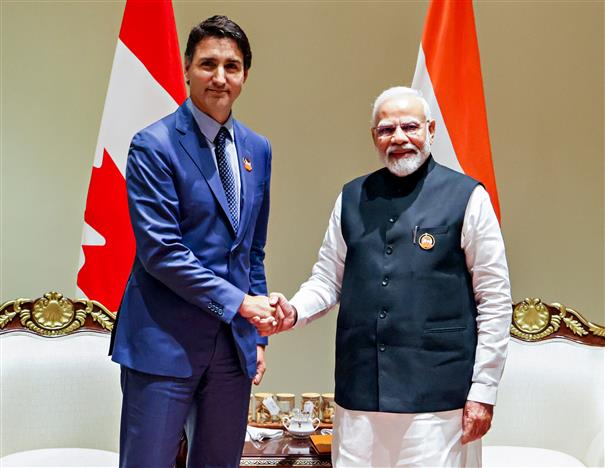
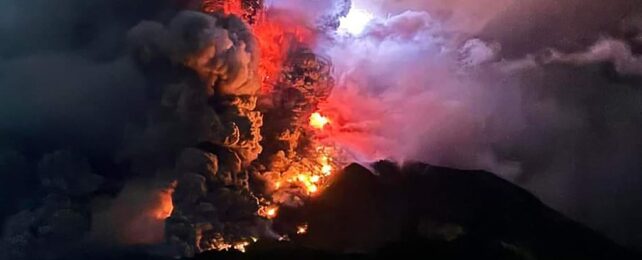

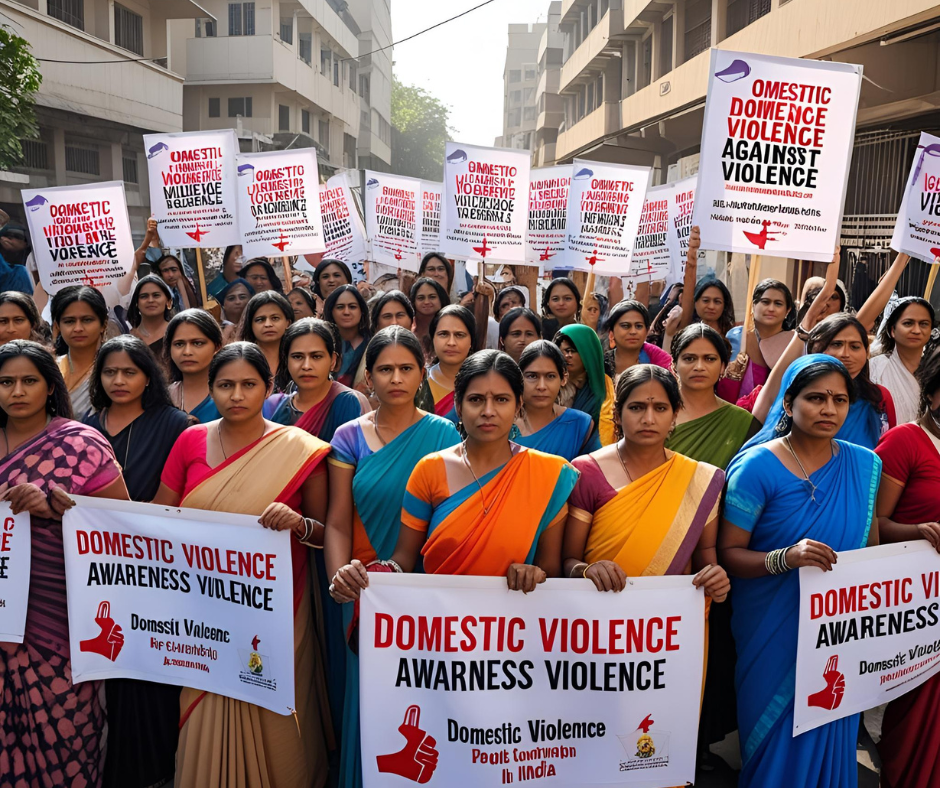

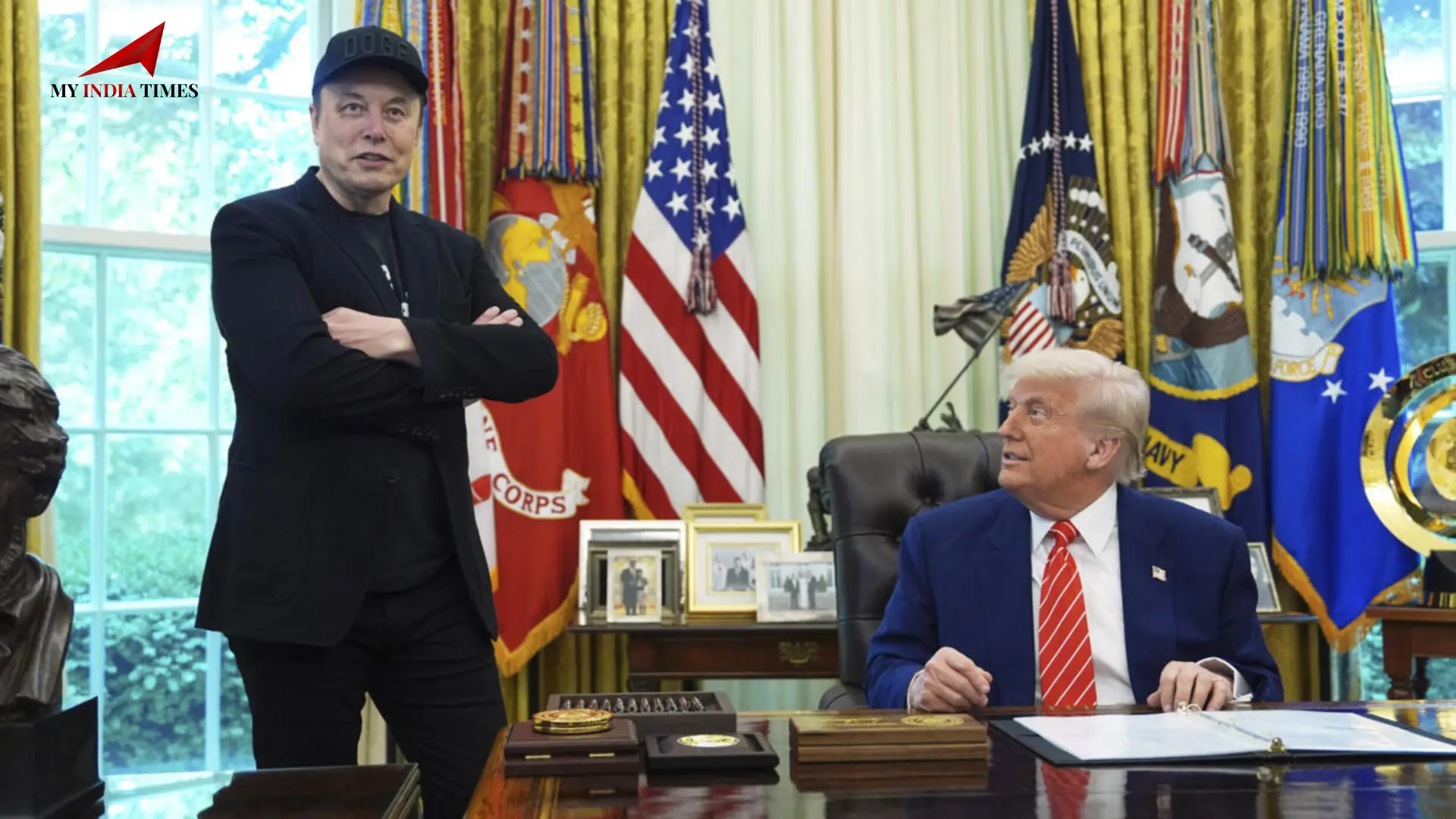



















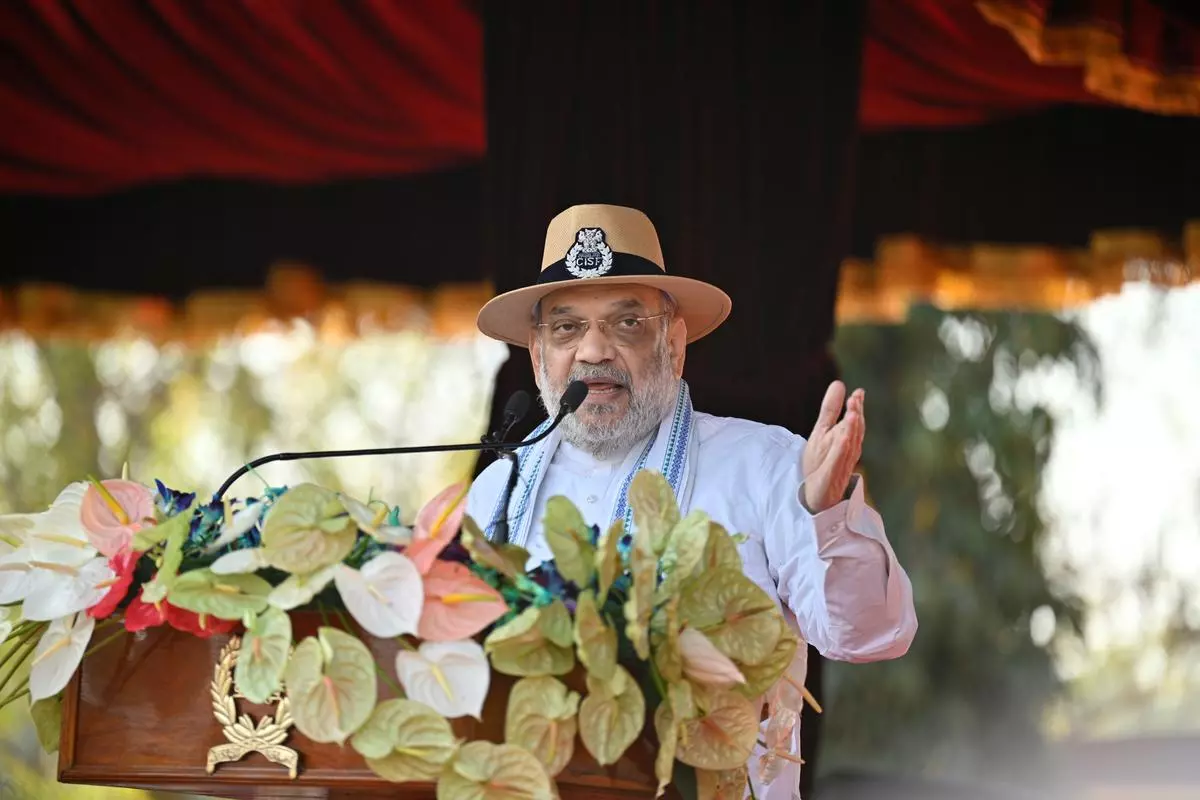





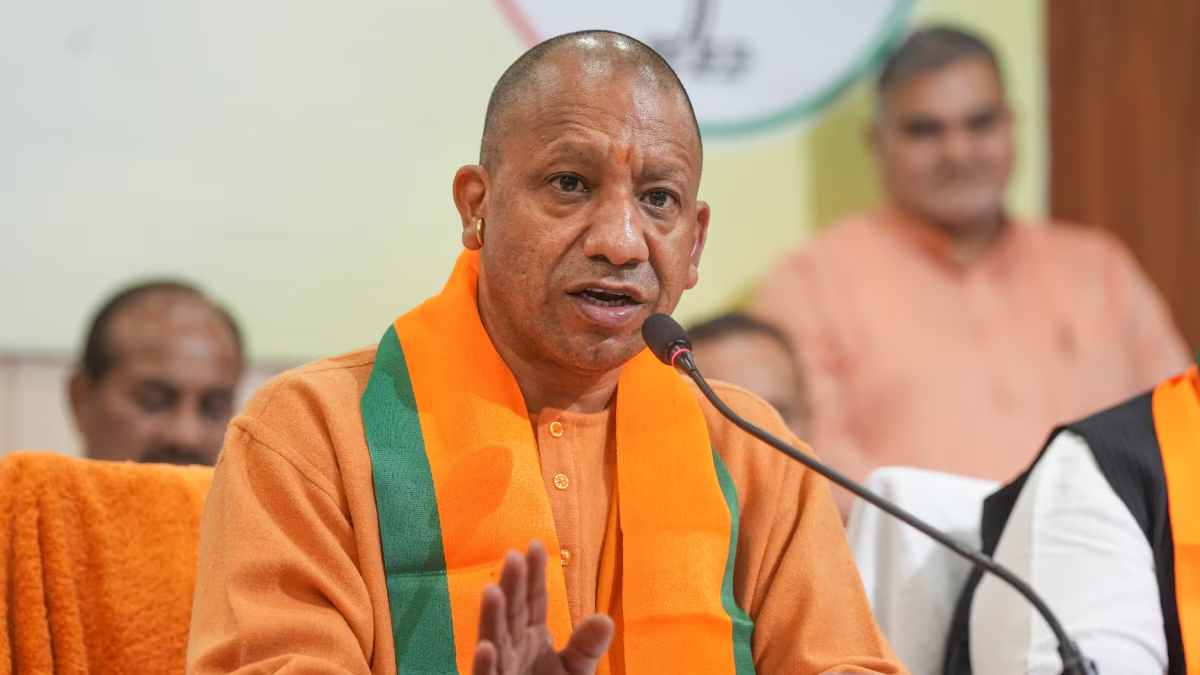




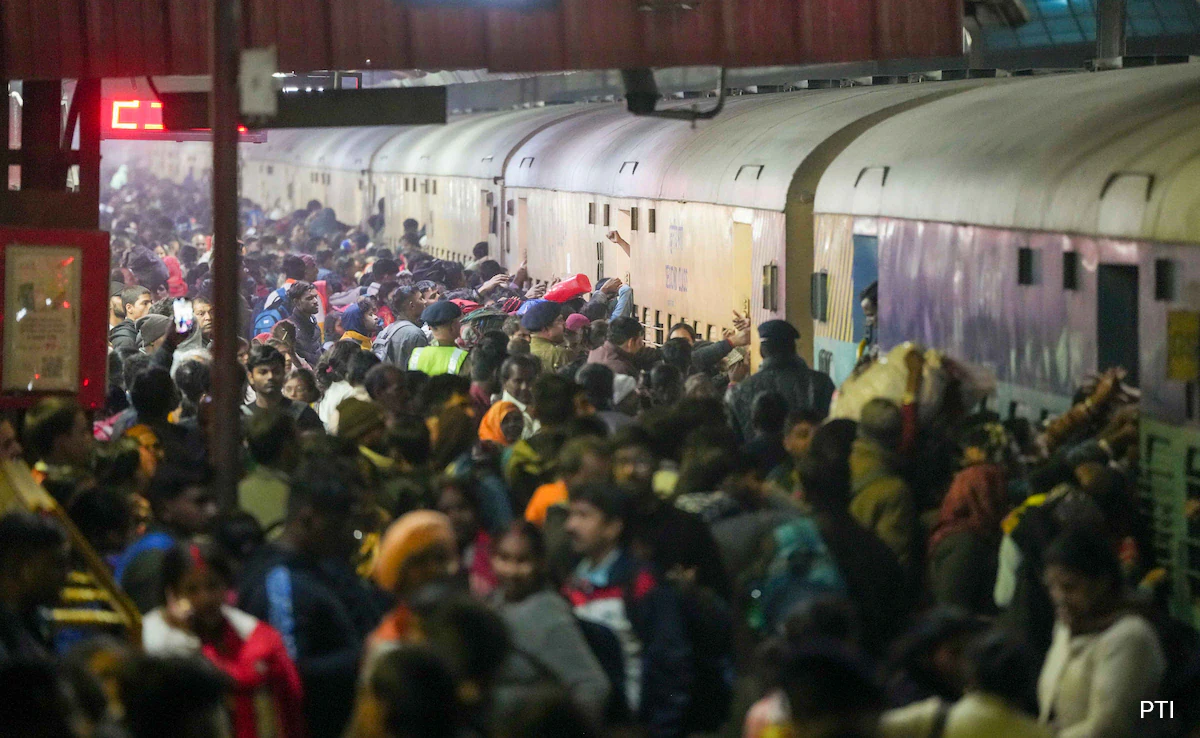
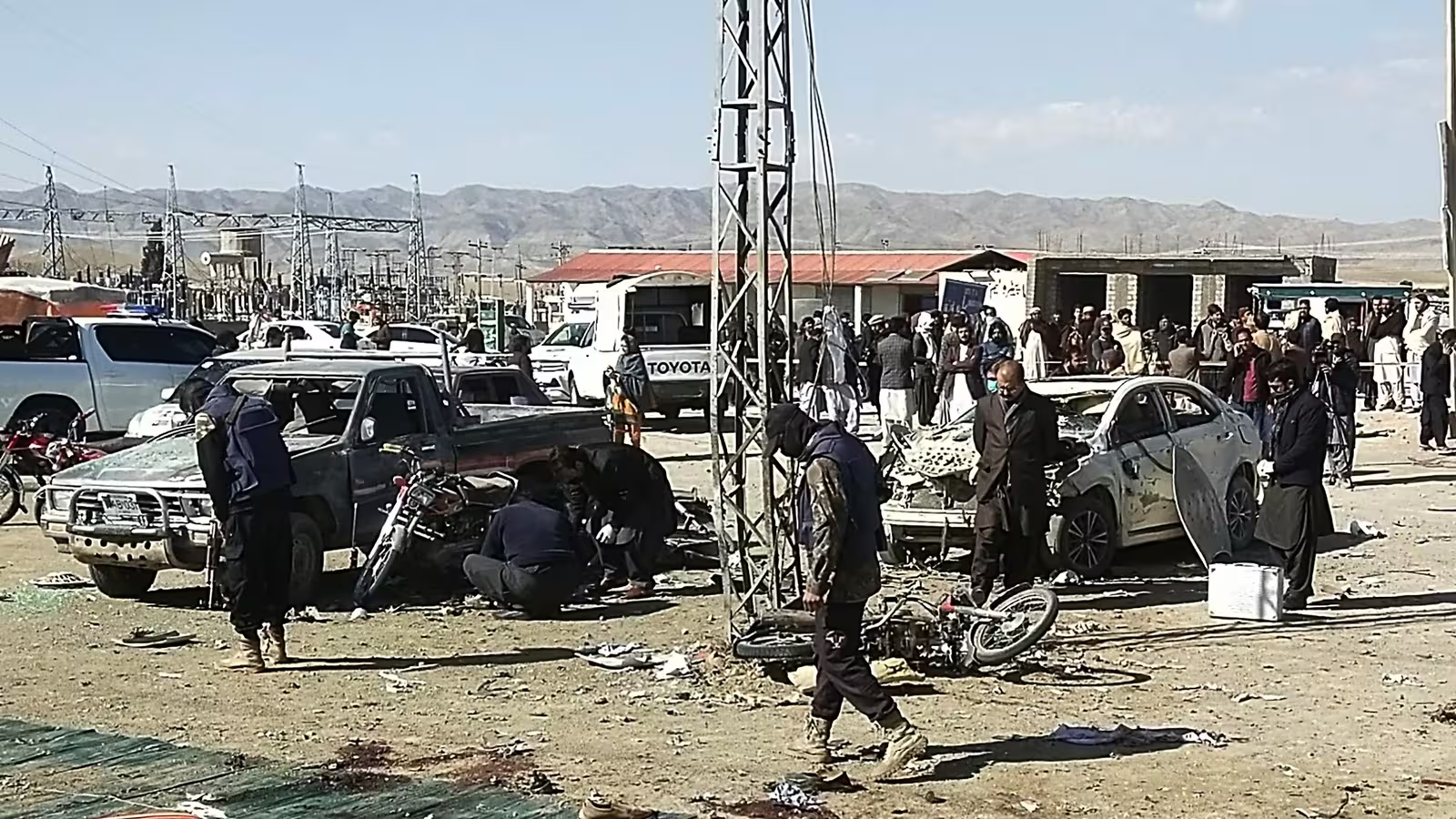
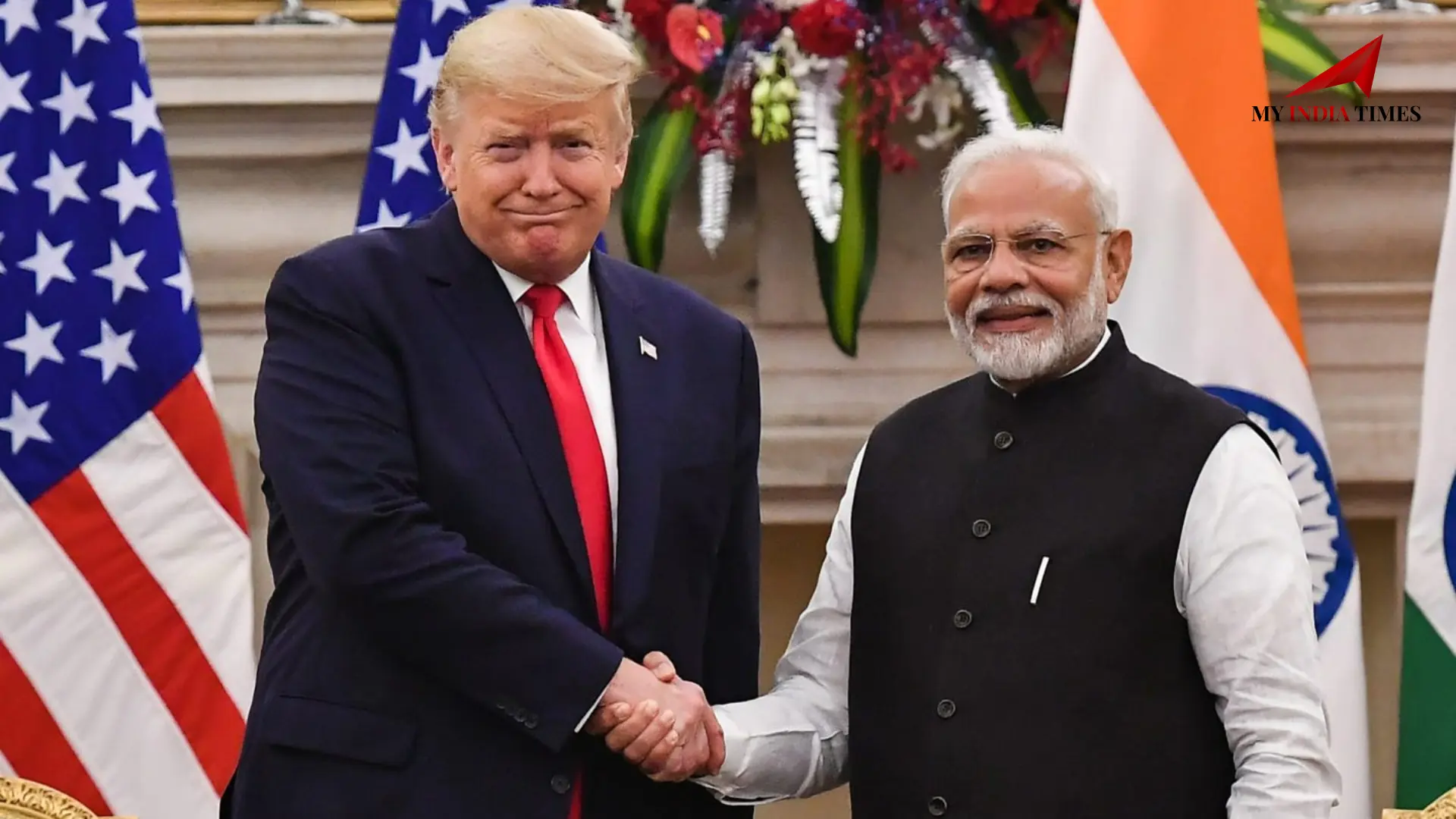
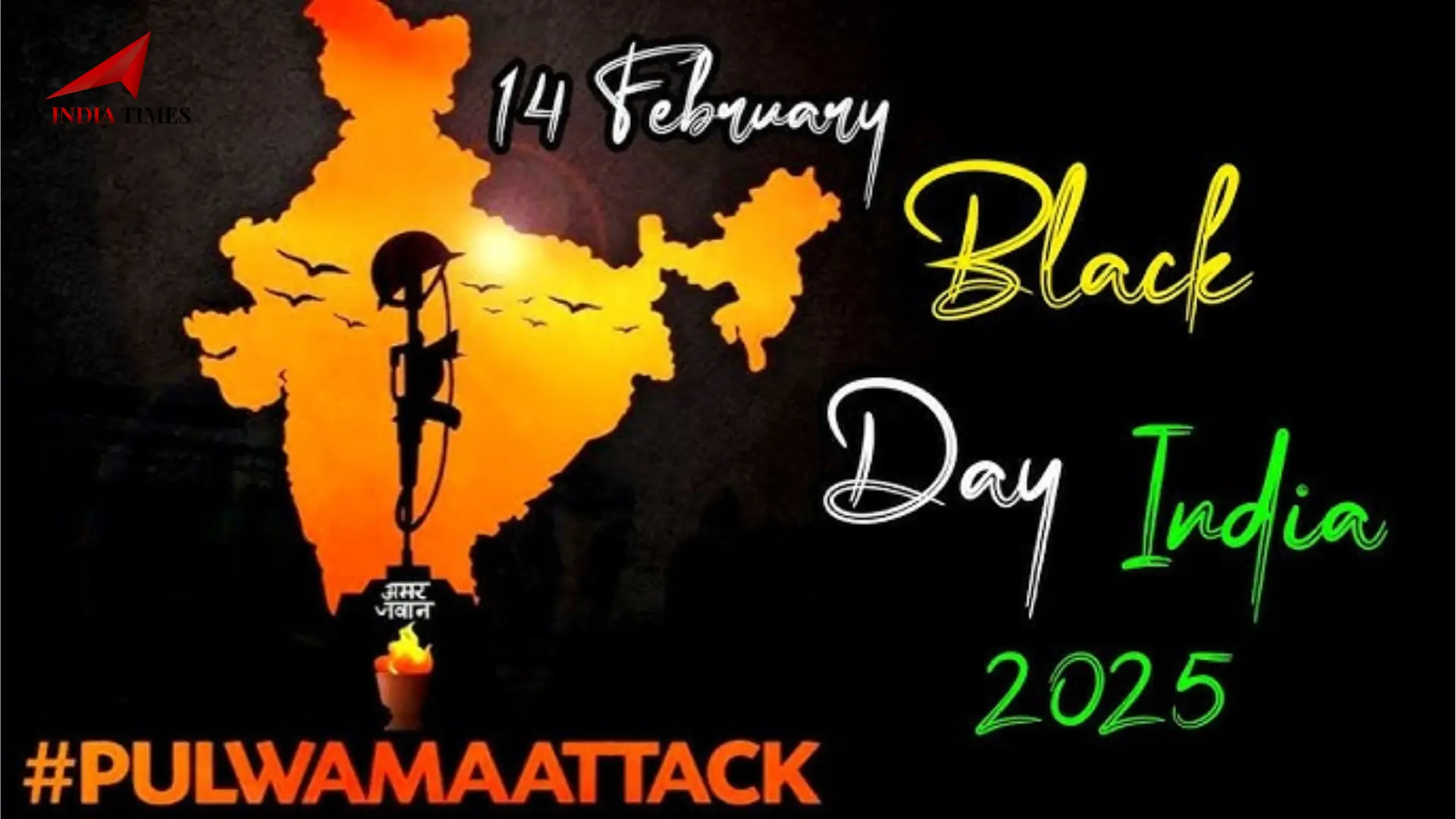
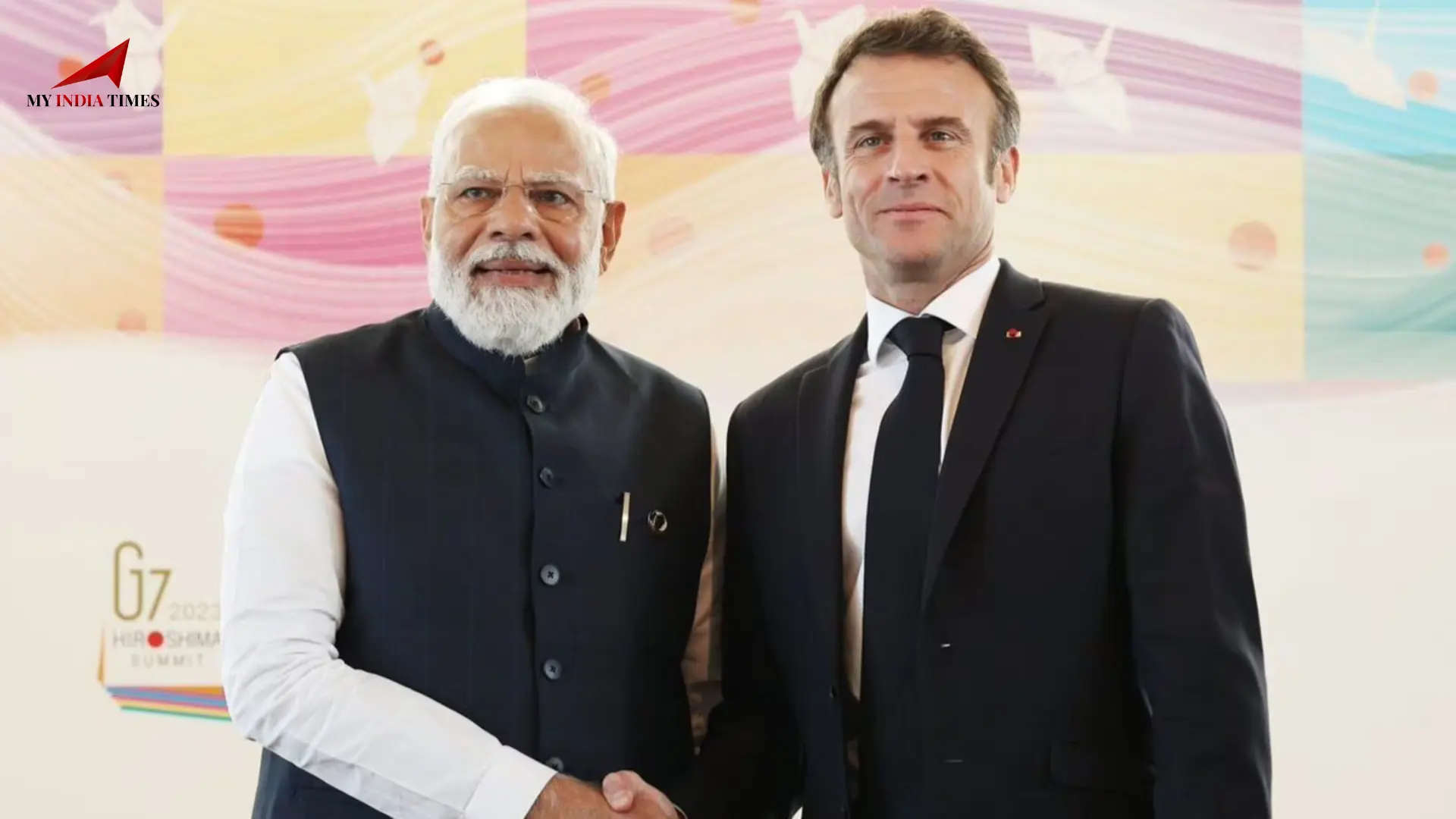
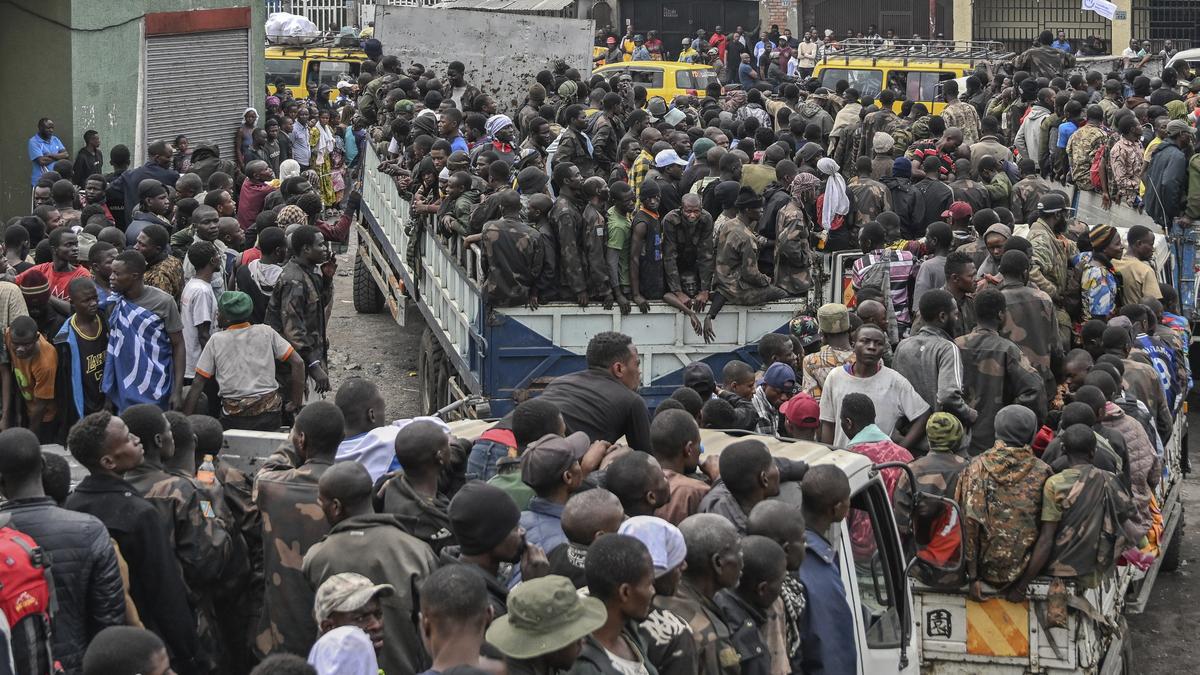
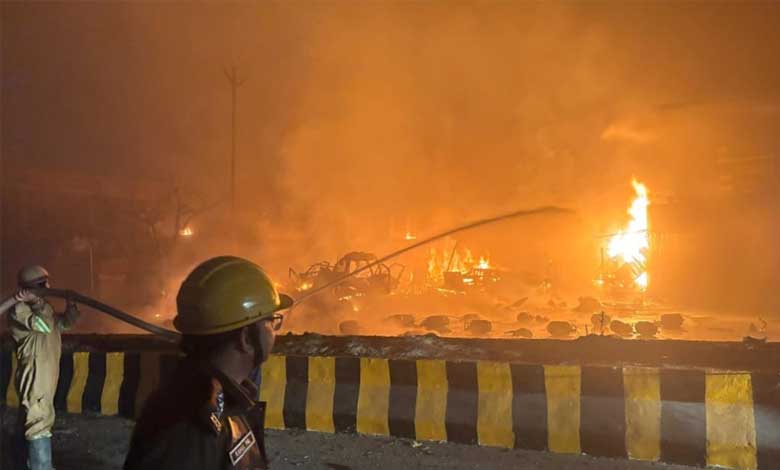





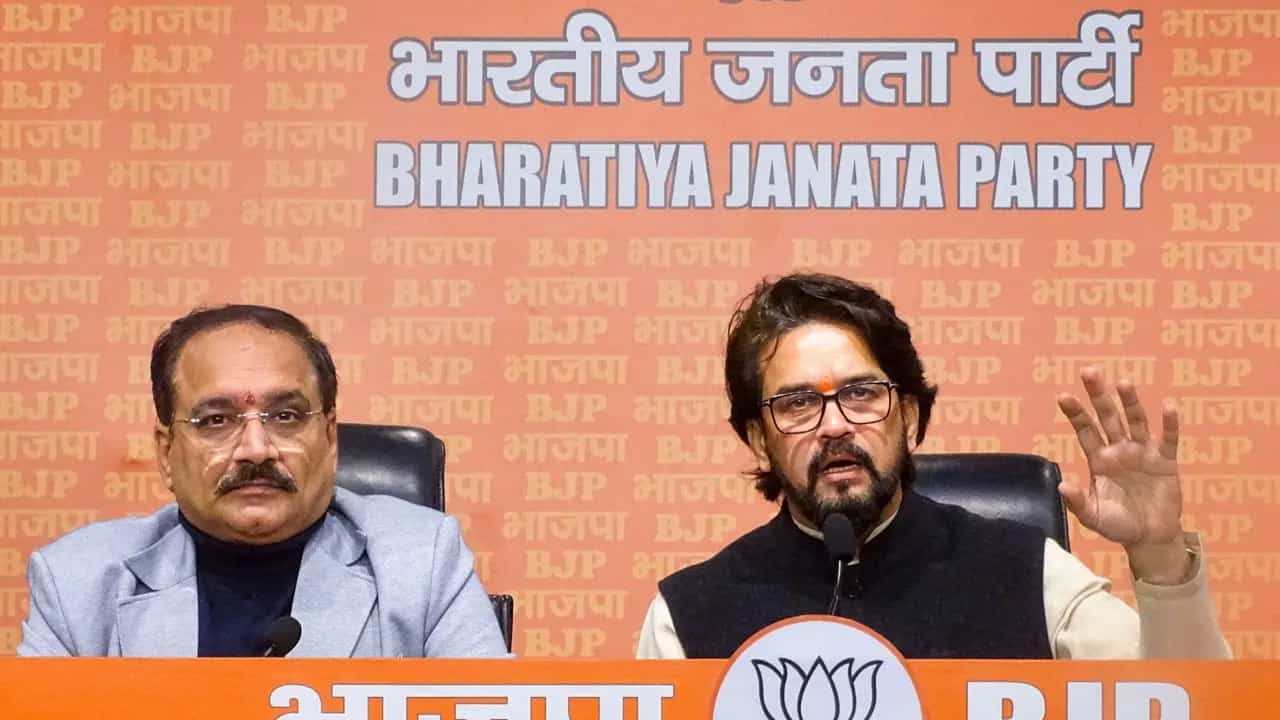


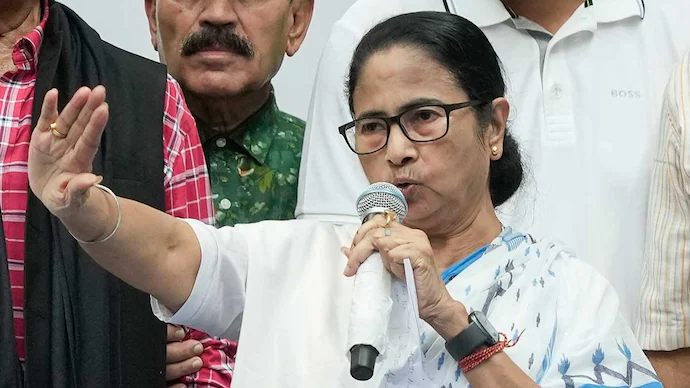

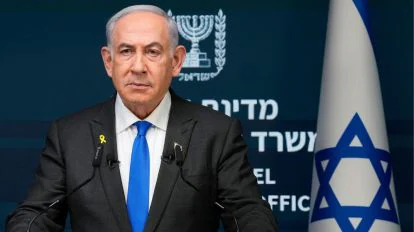

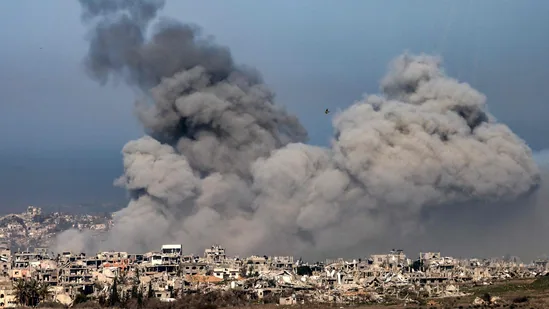
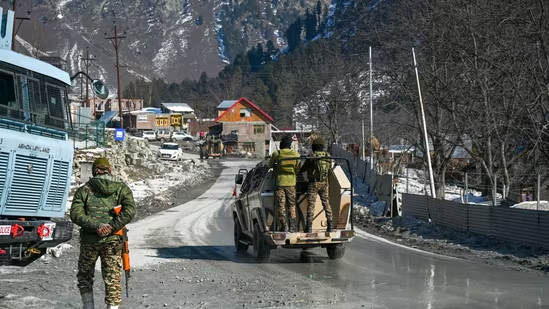

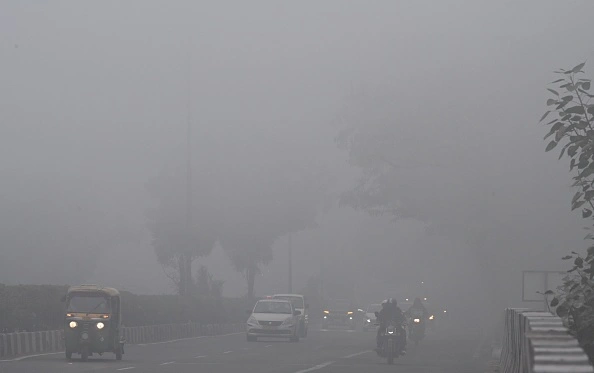

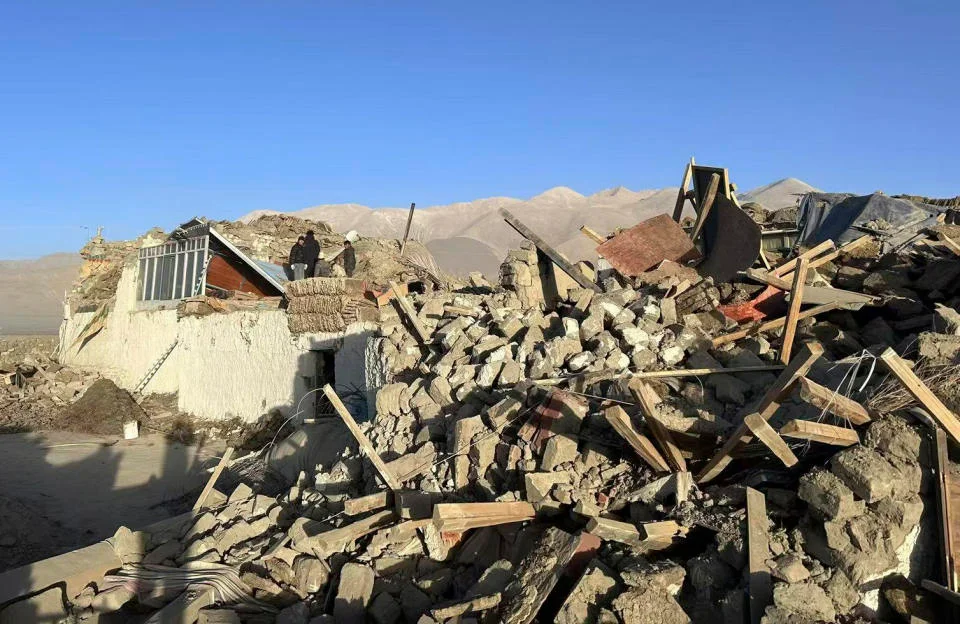



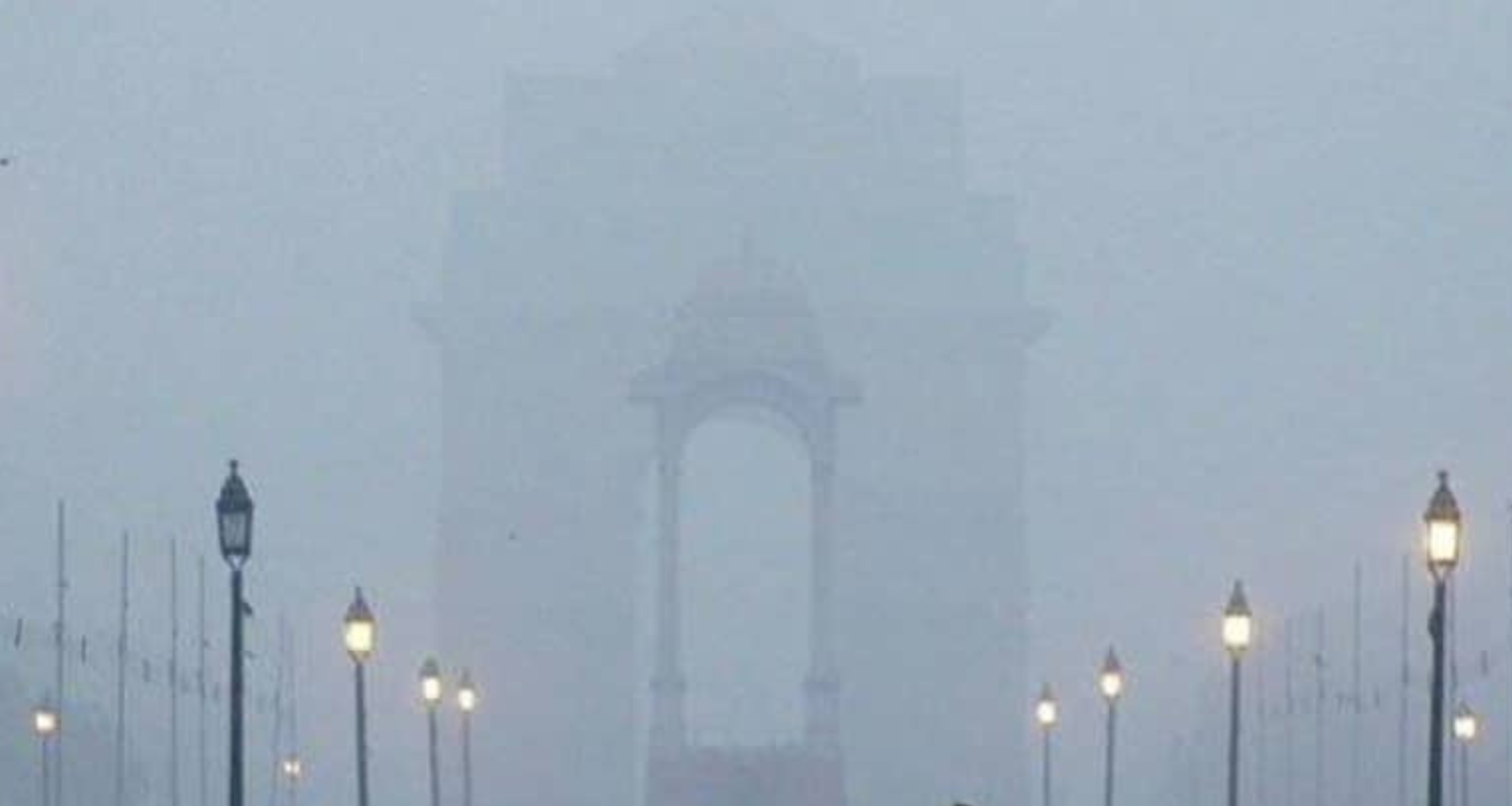
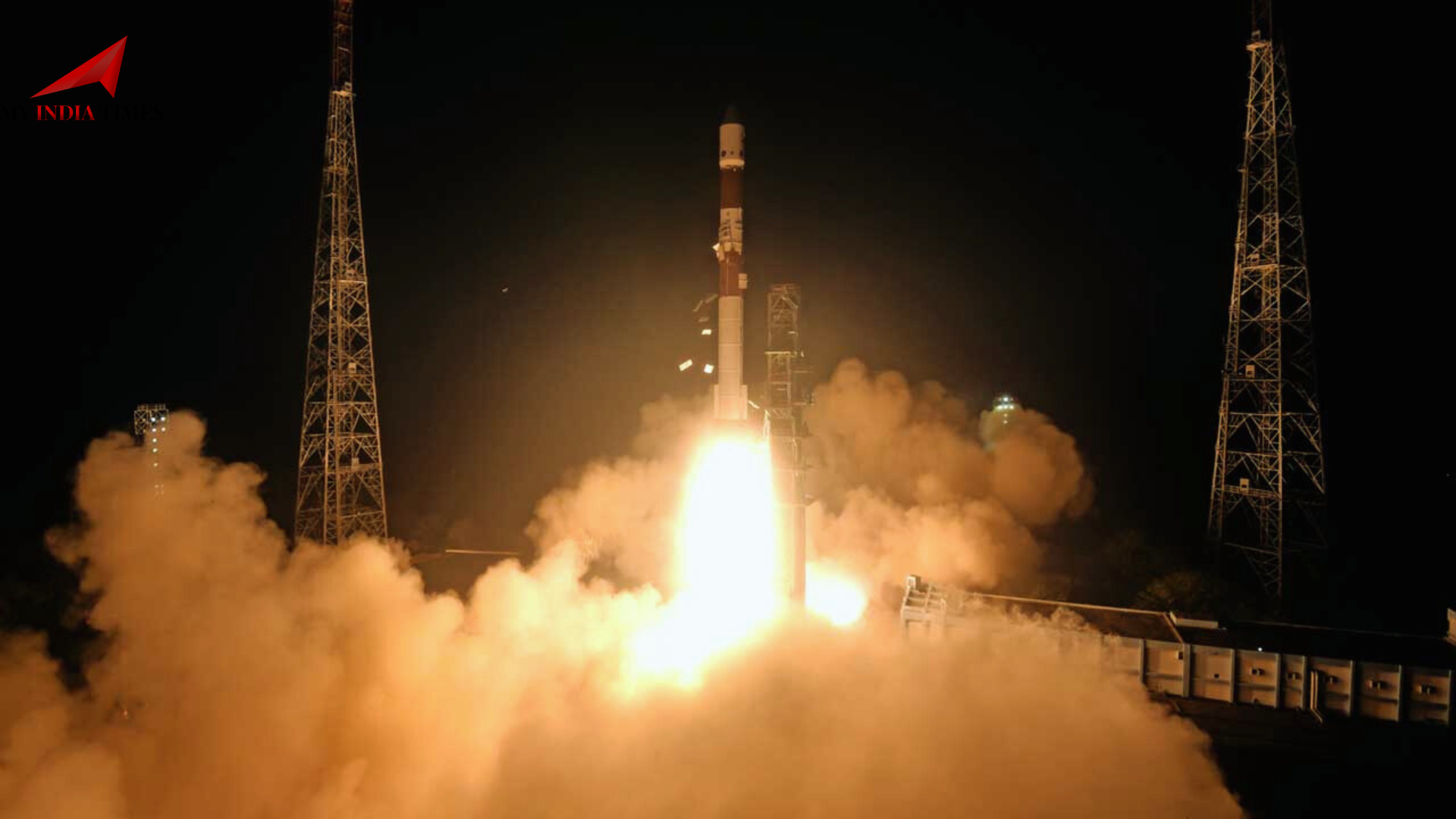

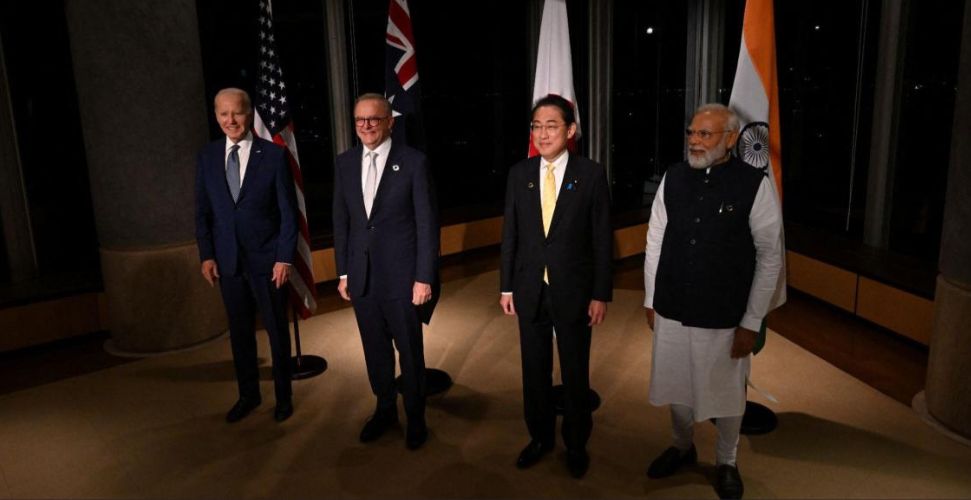

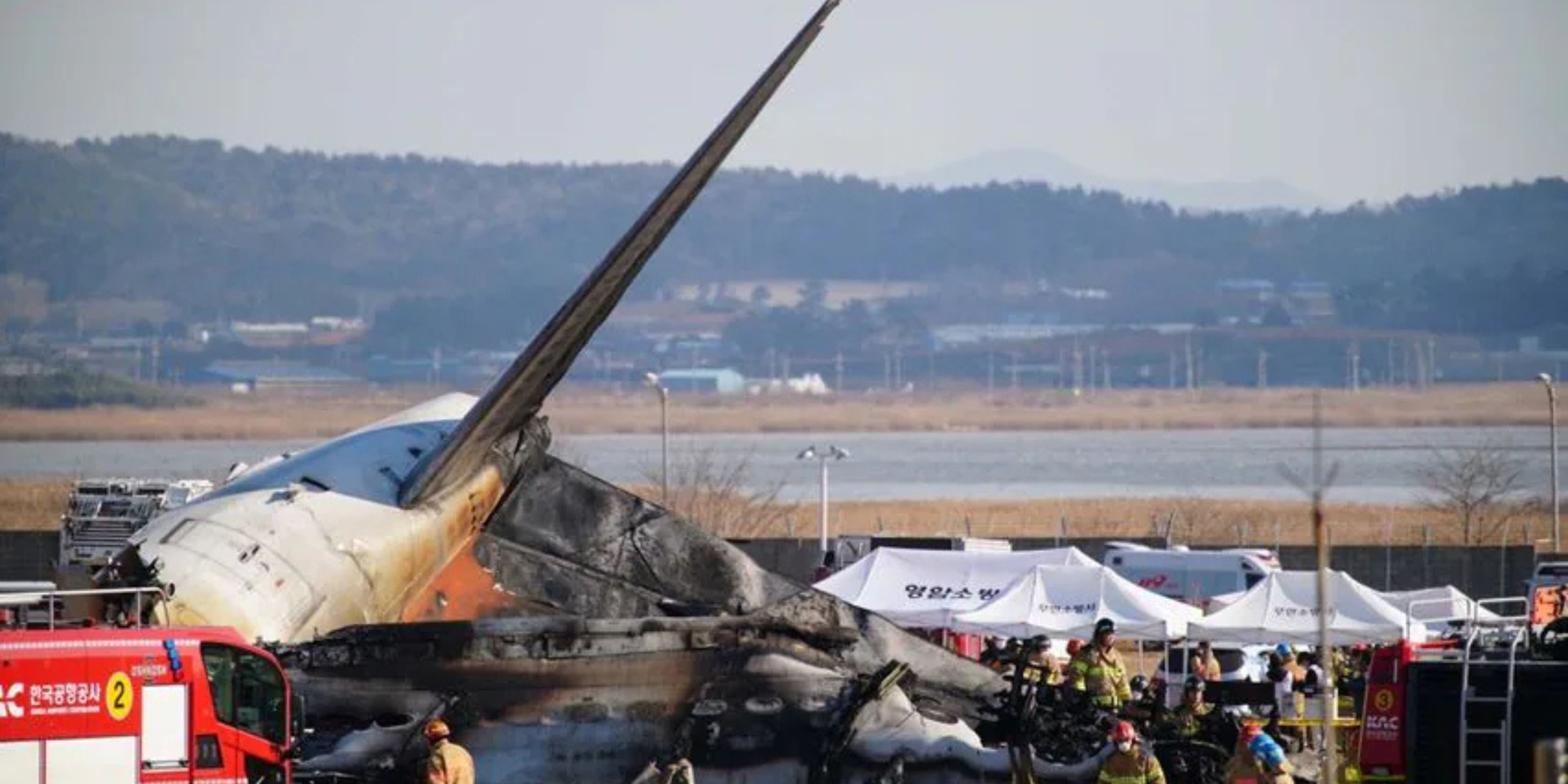
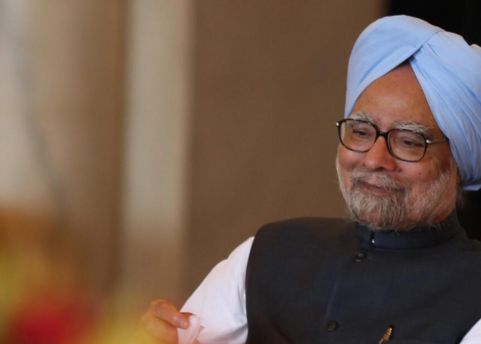
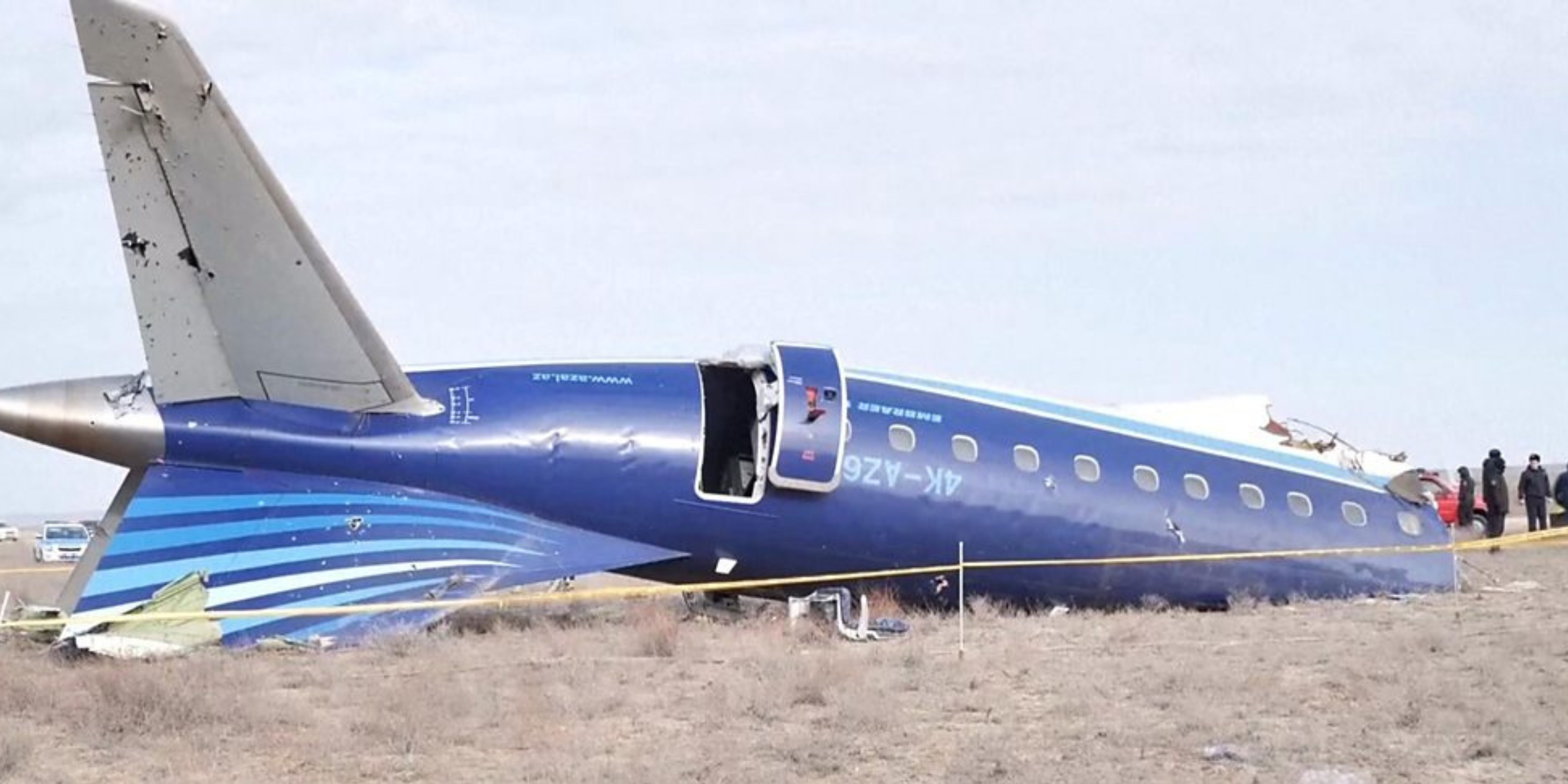
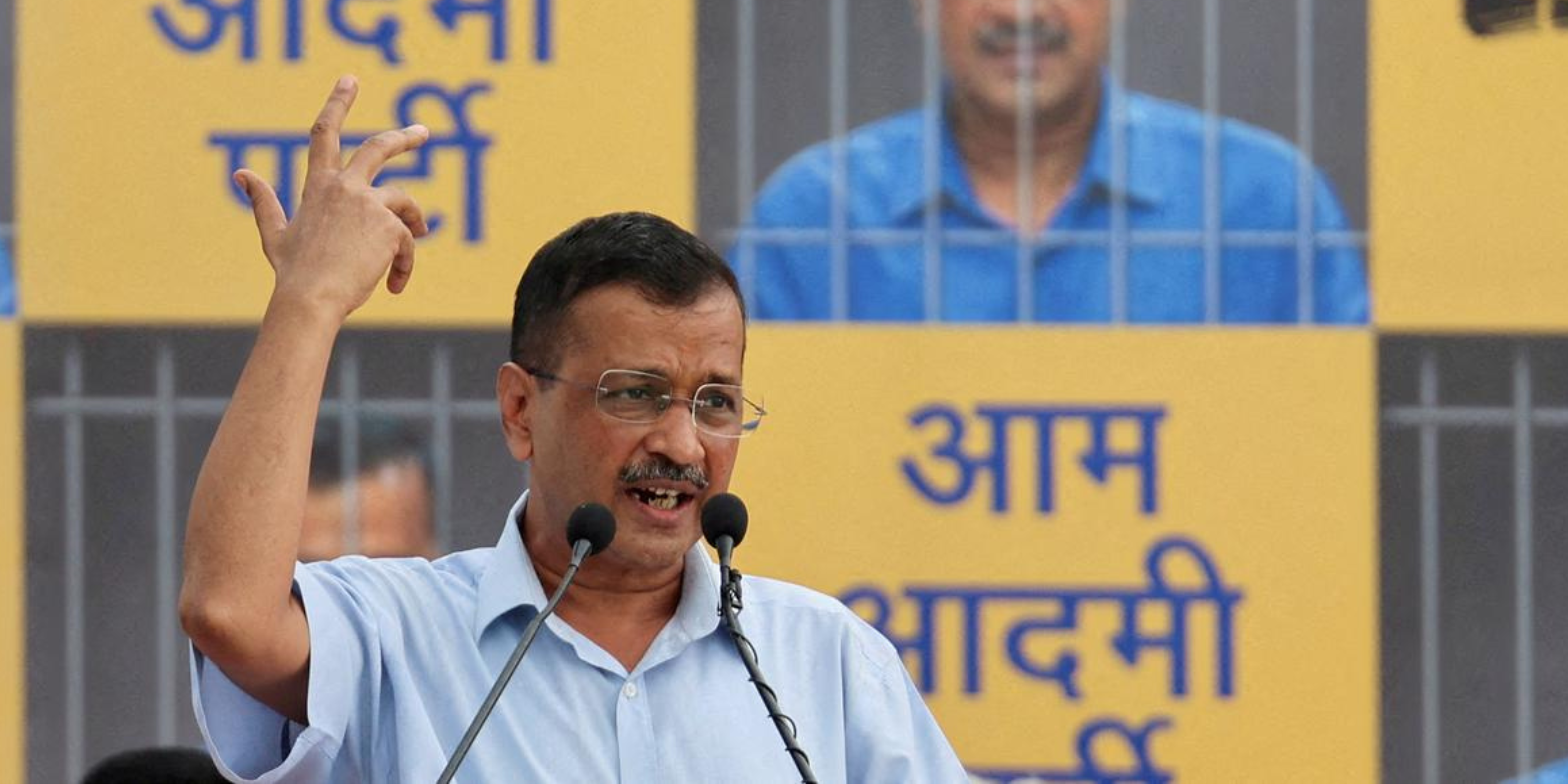

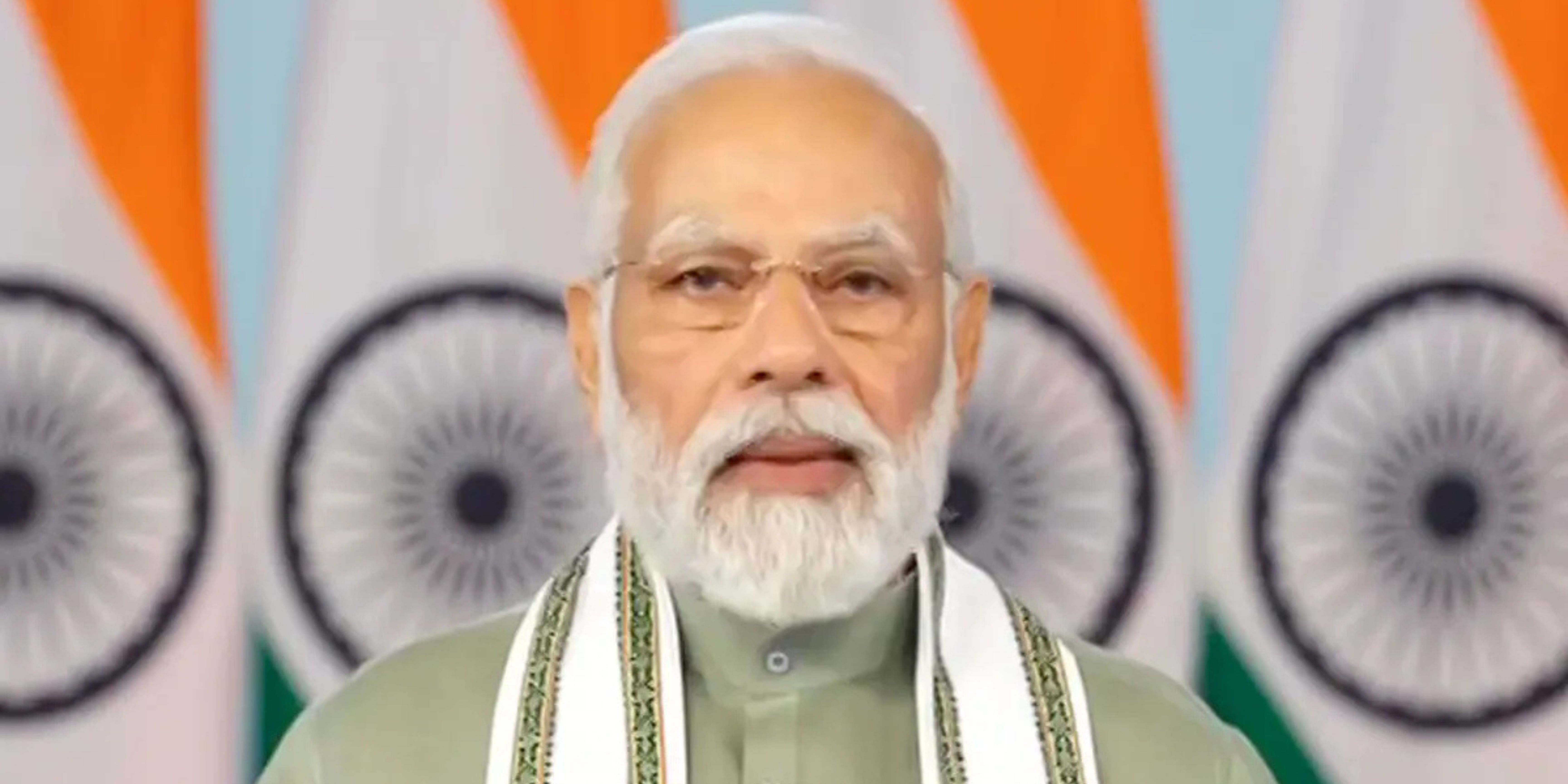



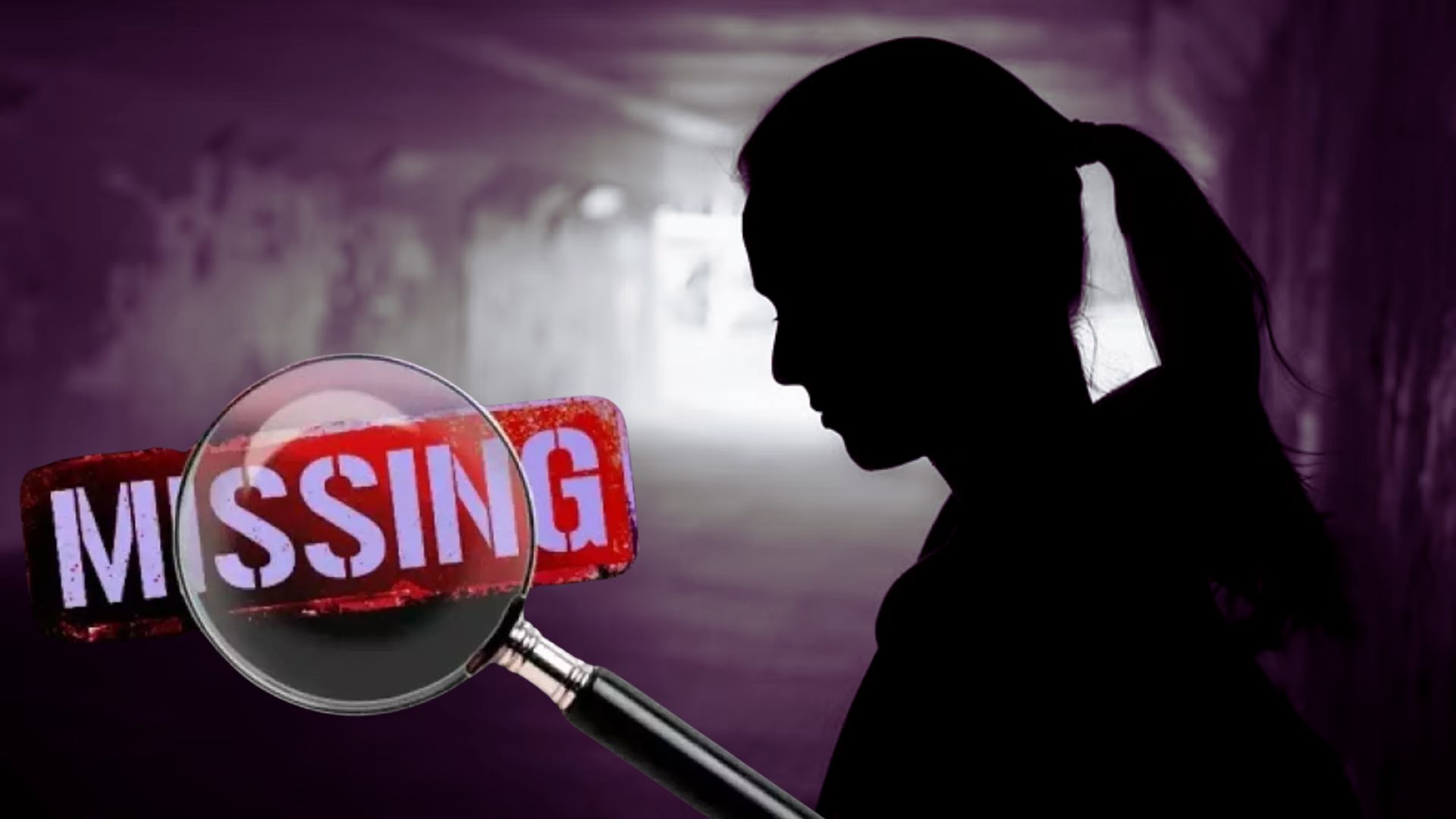

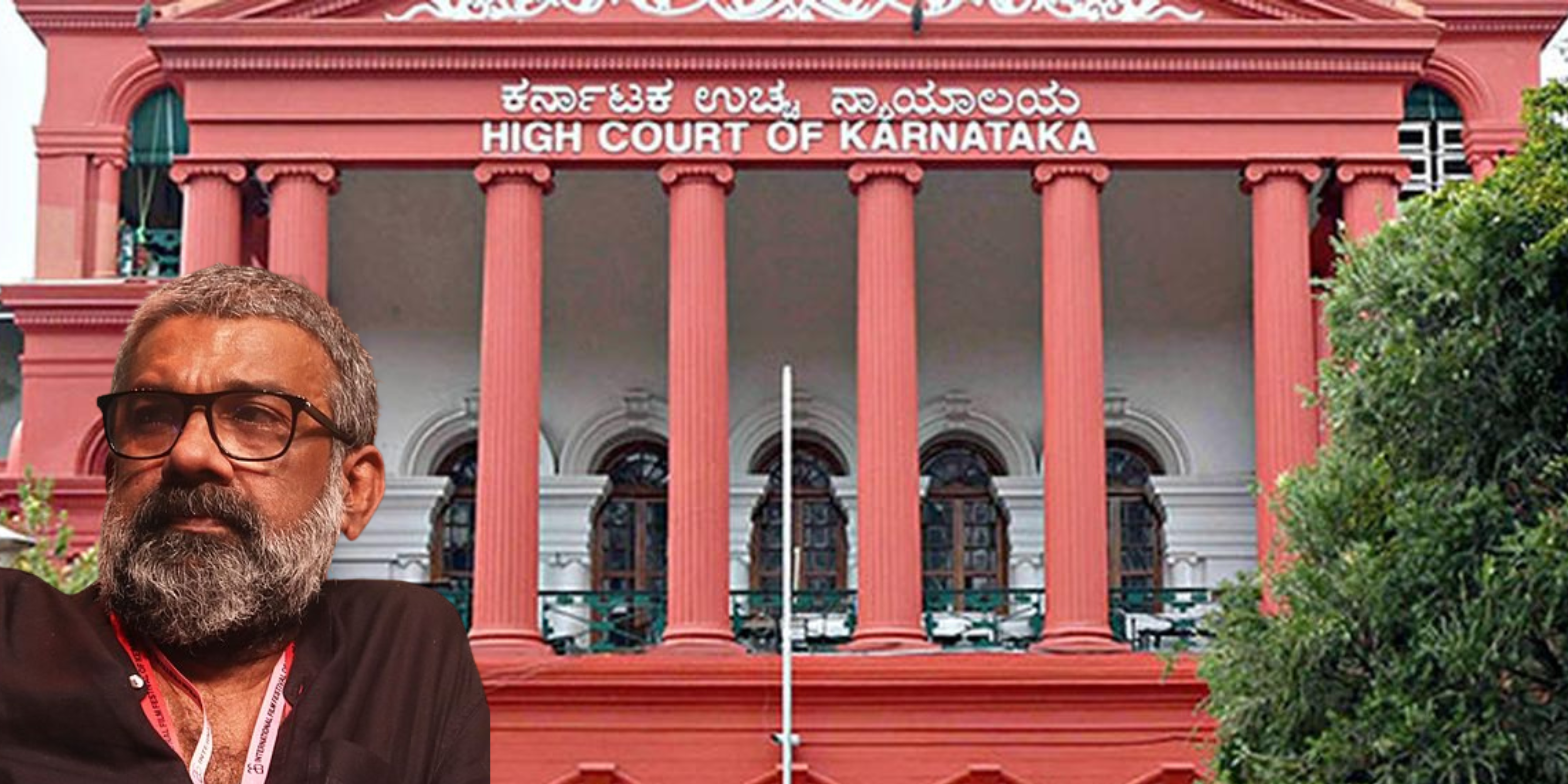
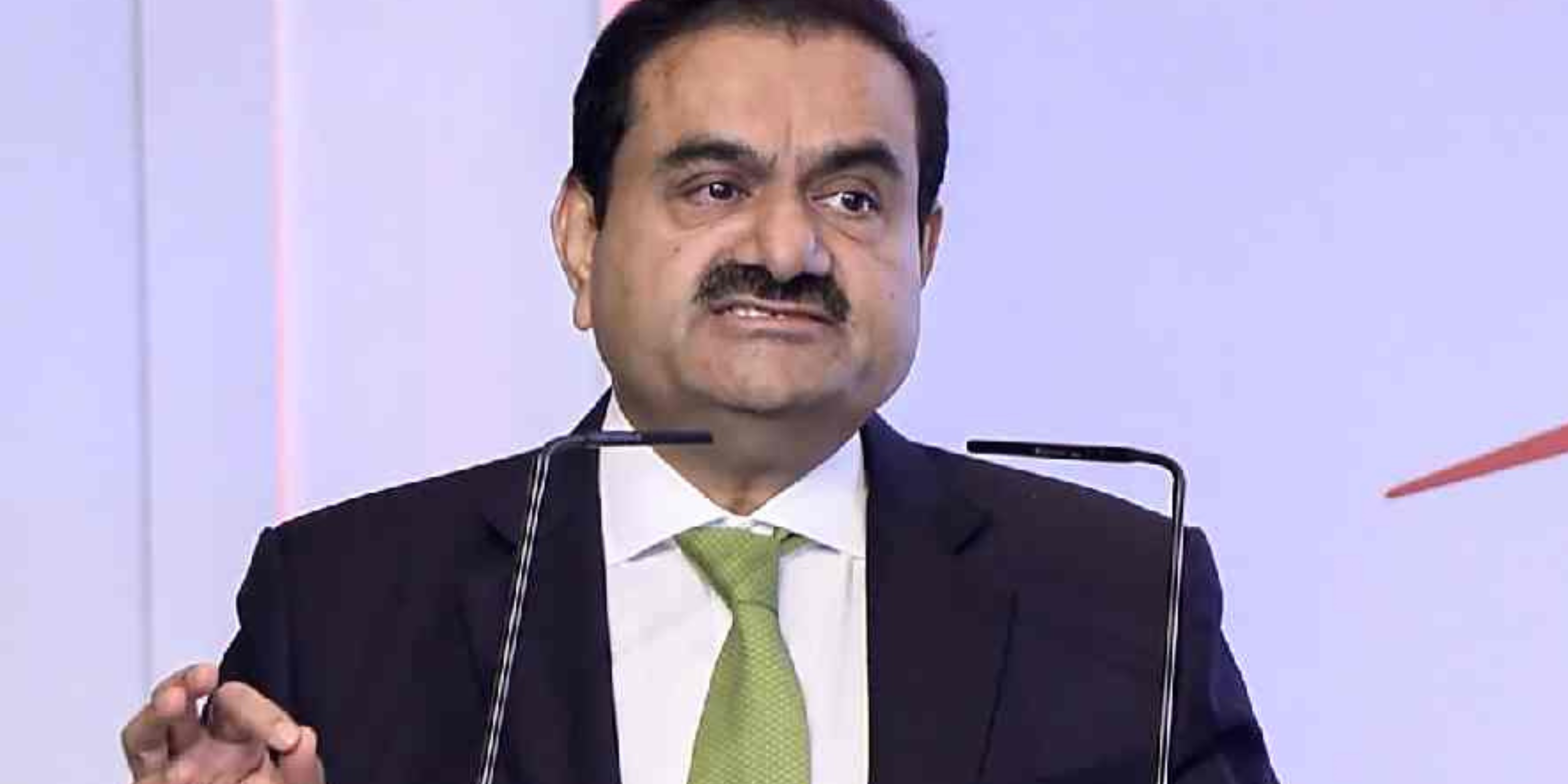
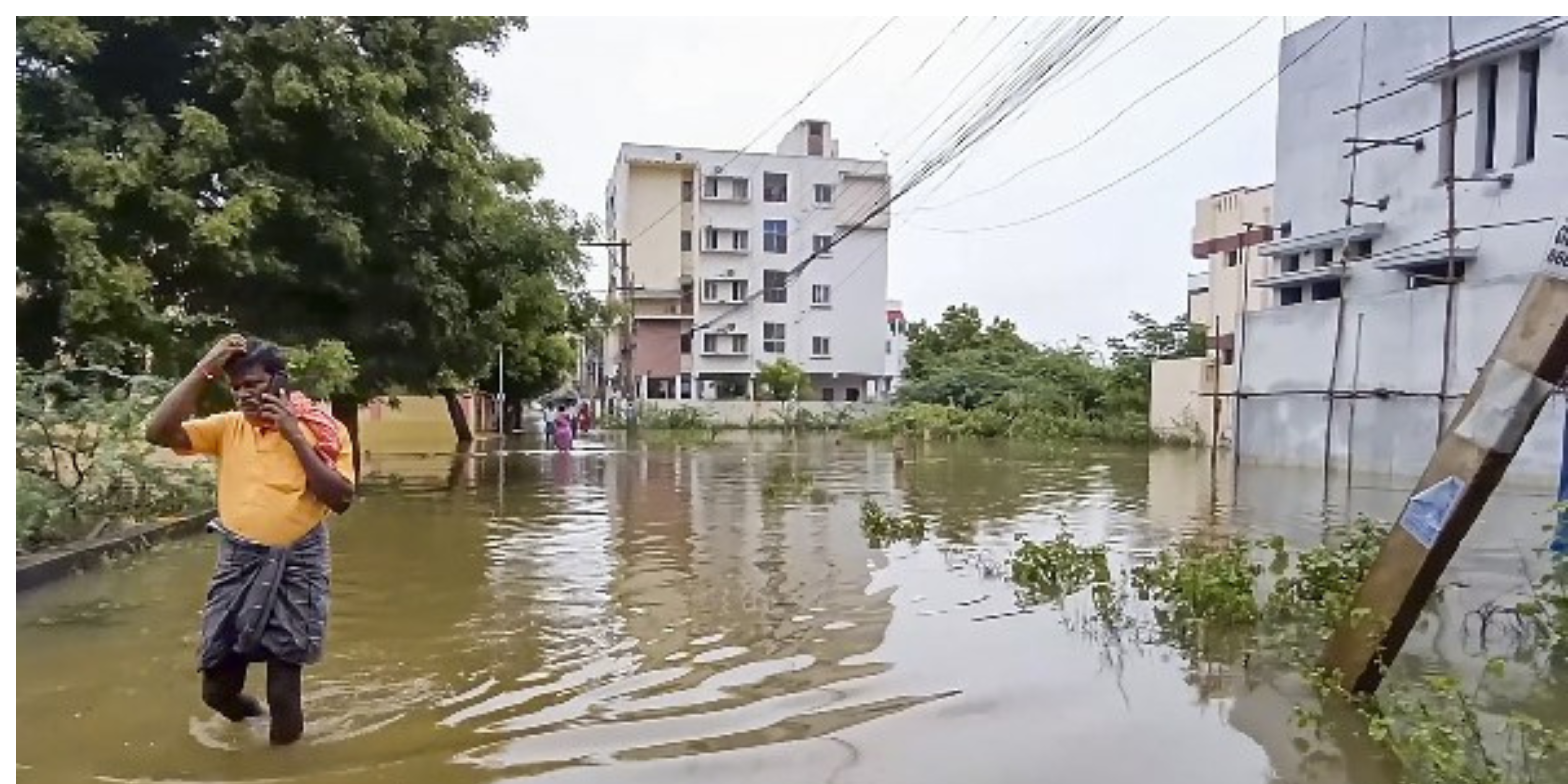
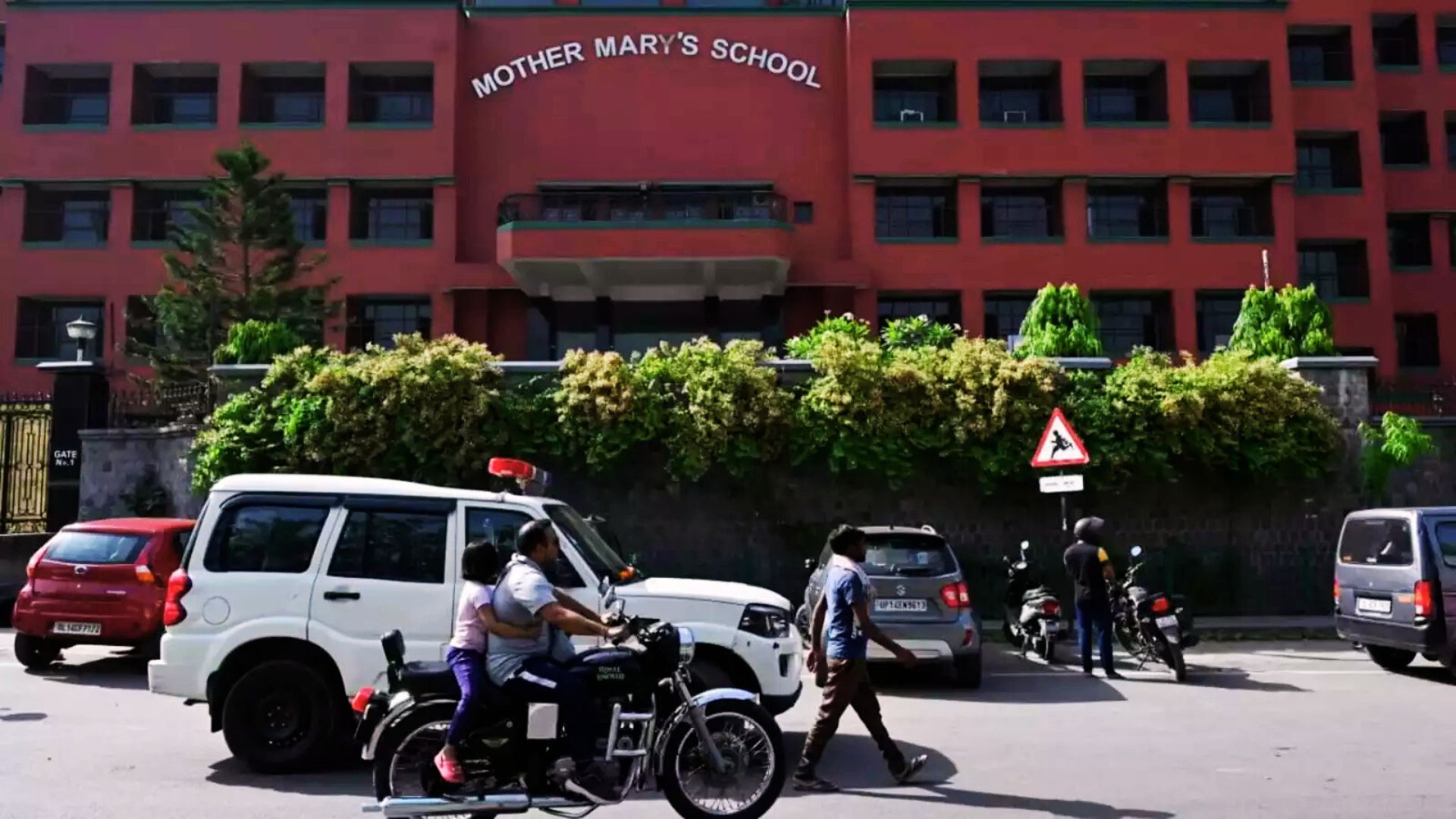

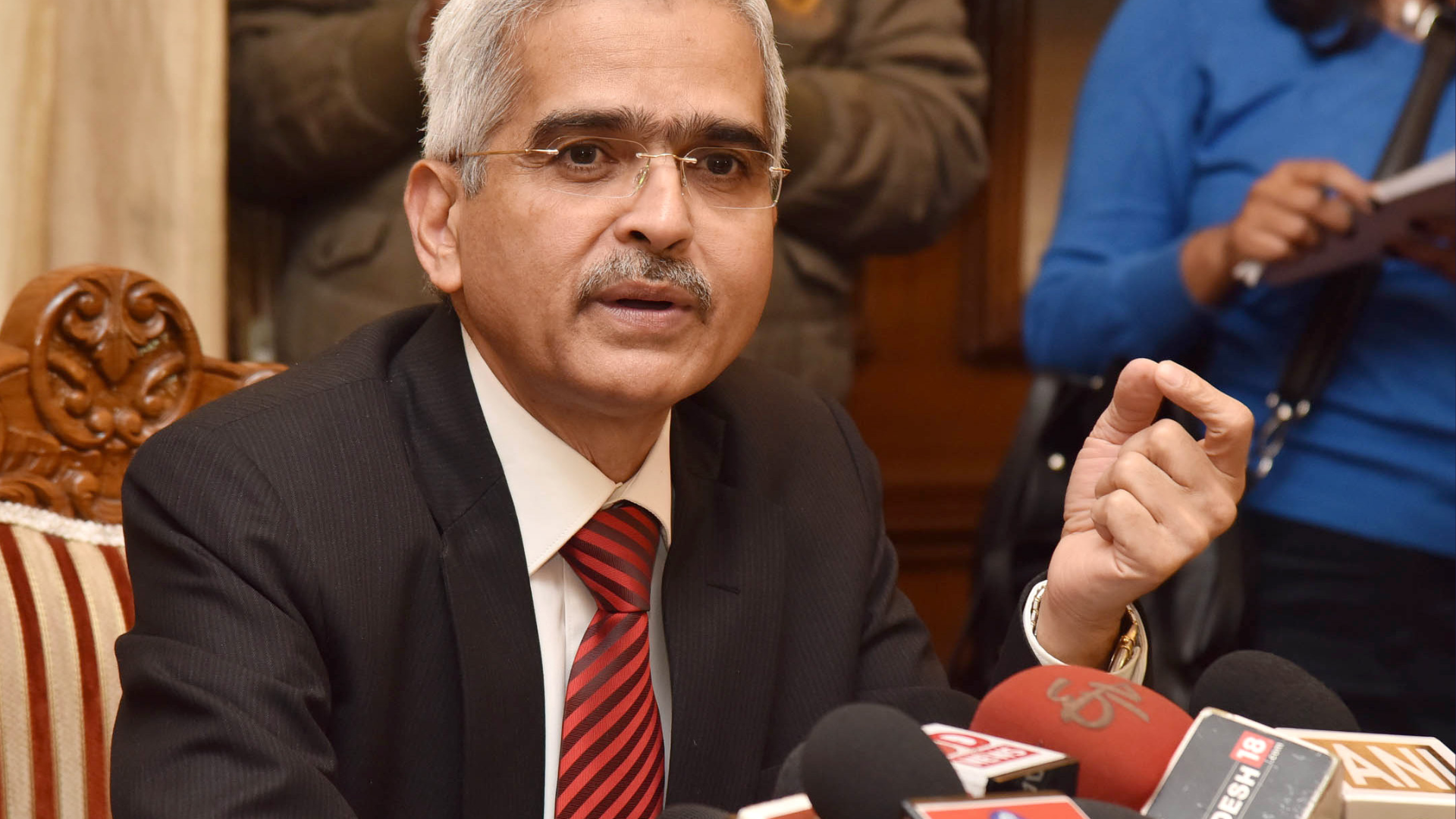
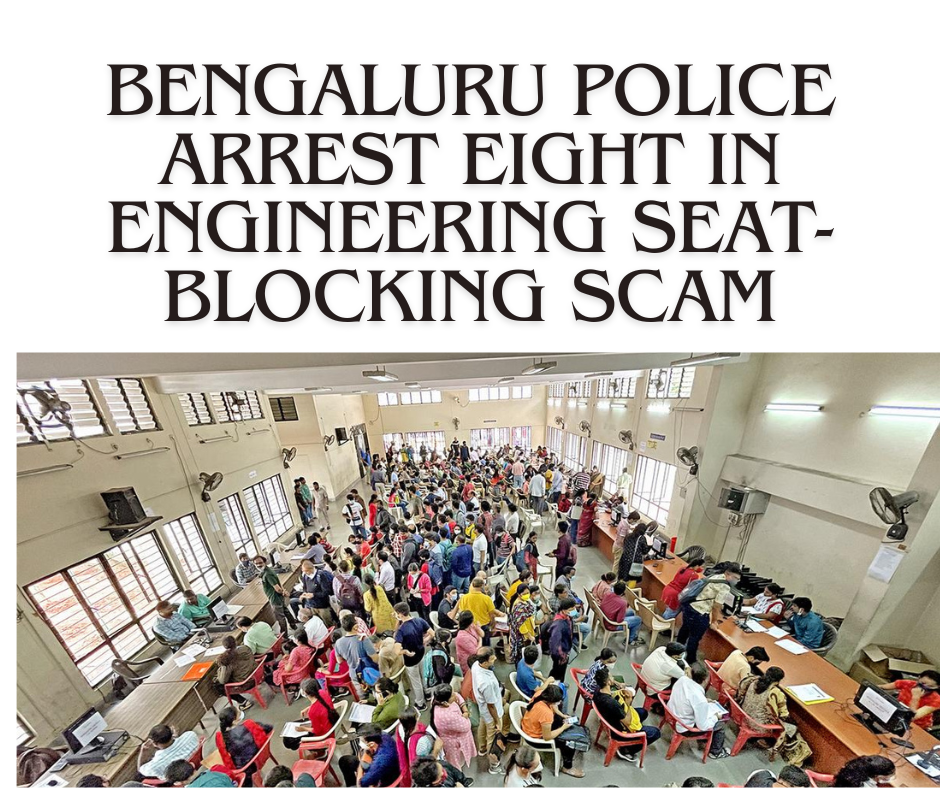

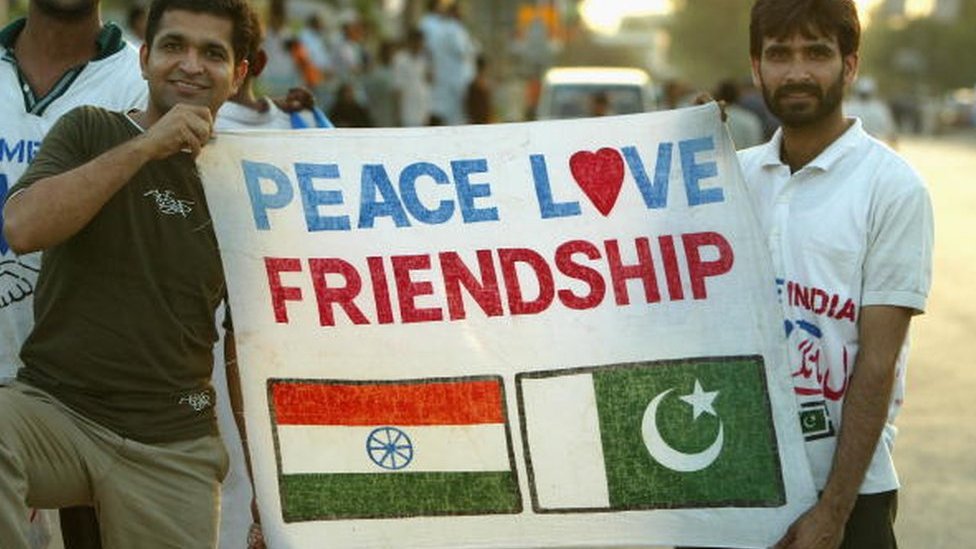
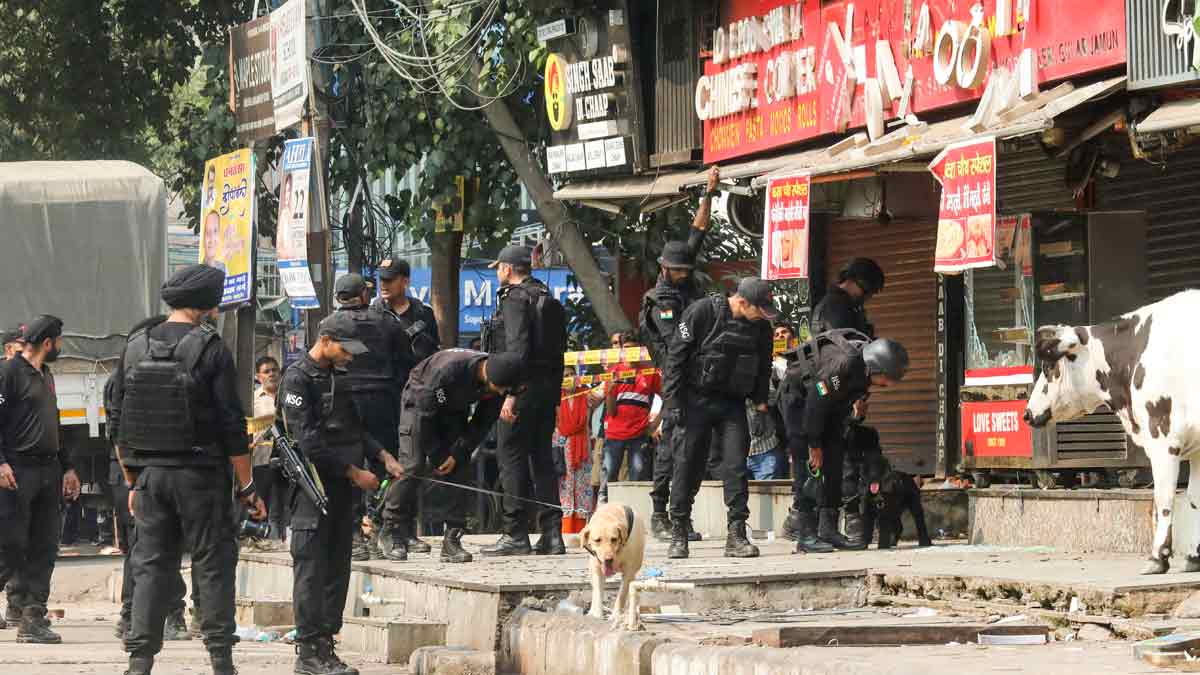


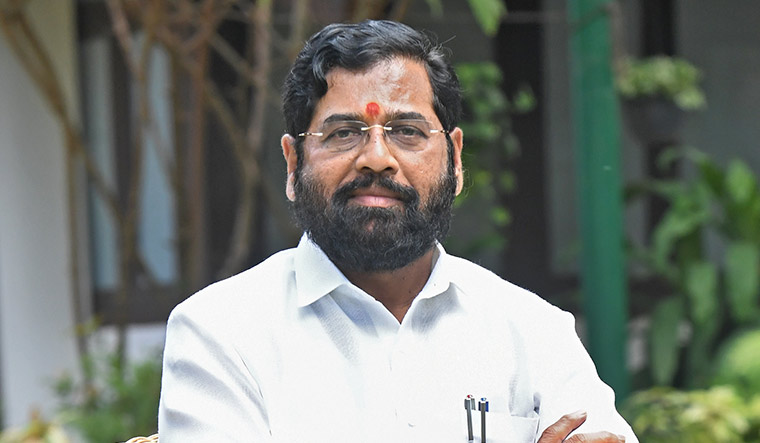
.png)
 (1).png)


